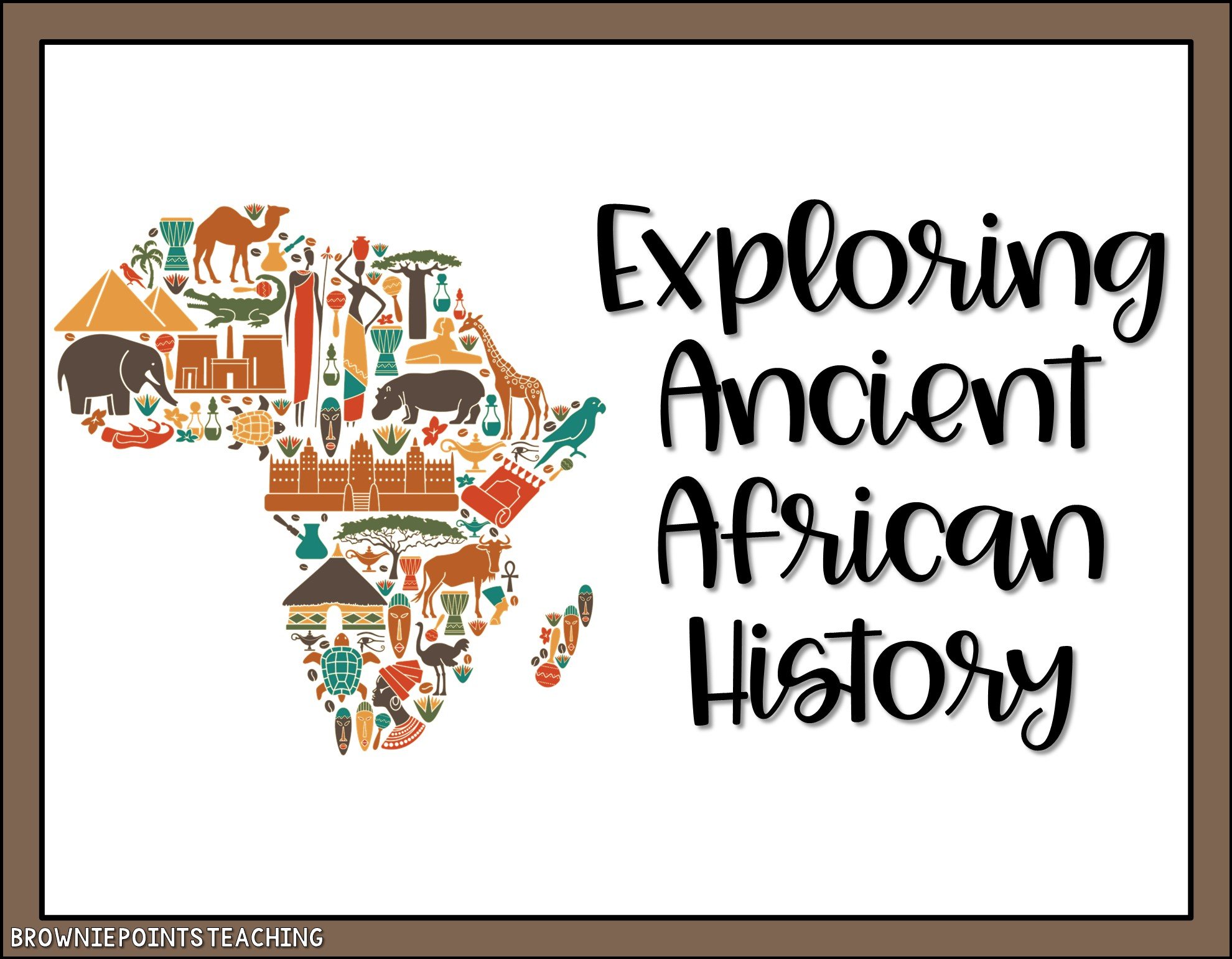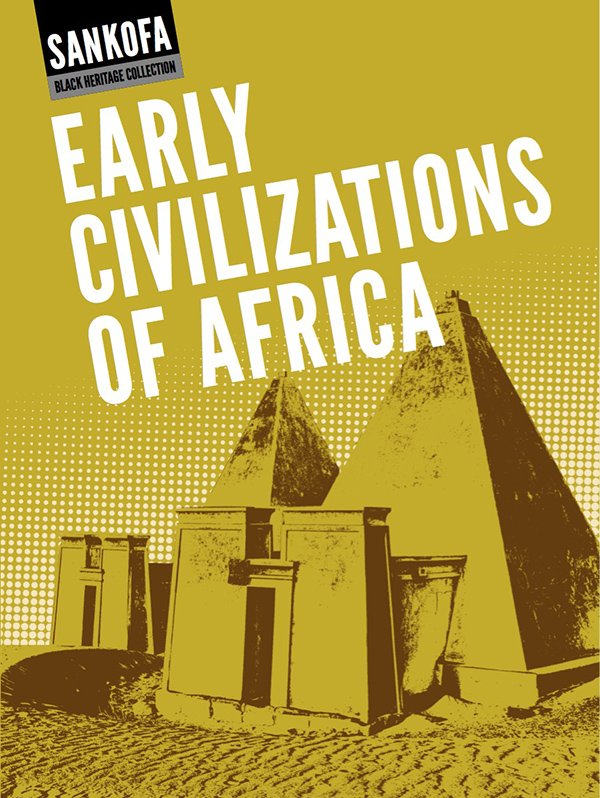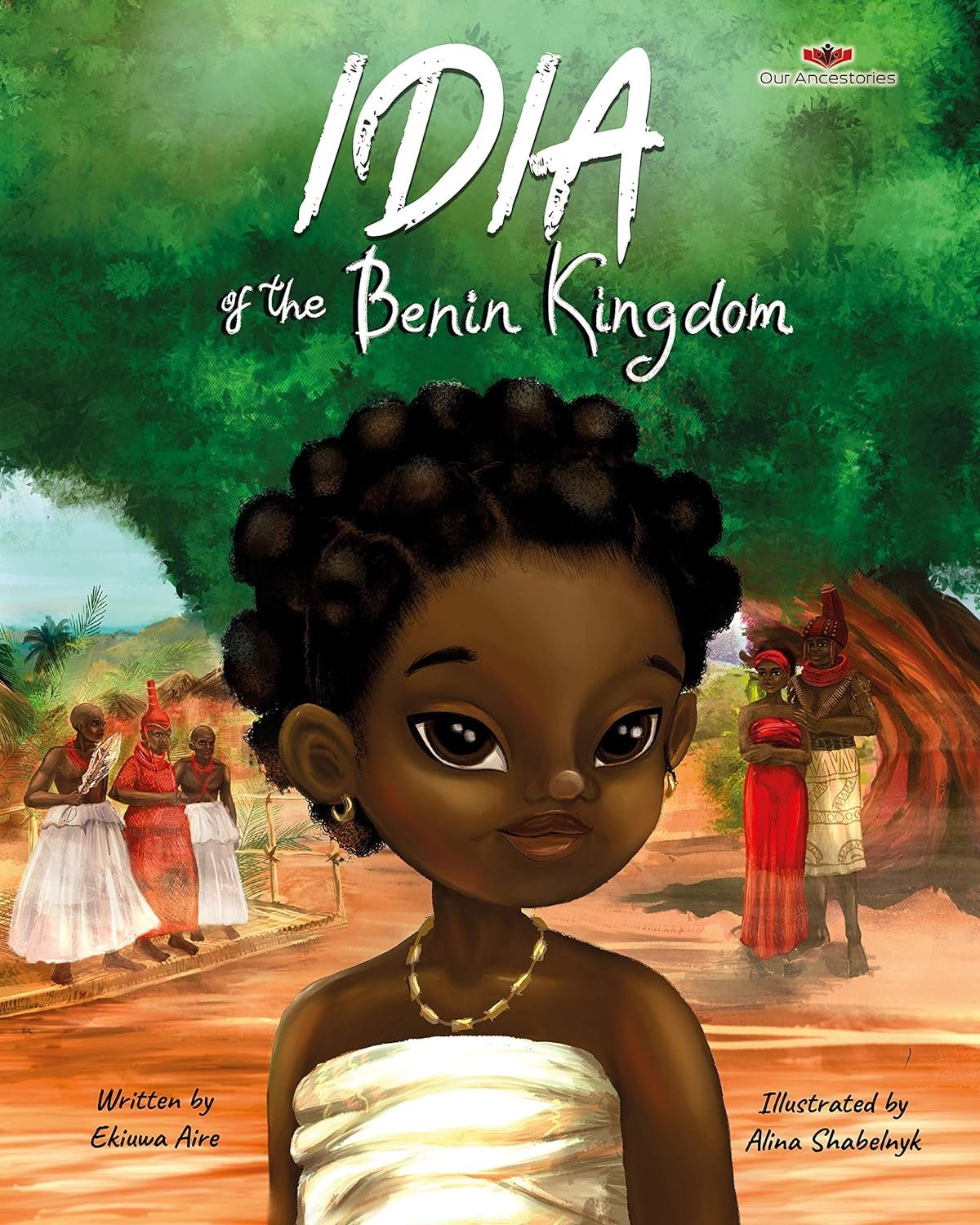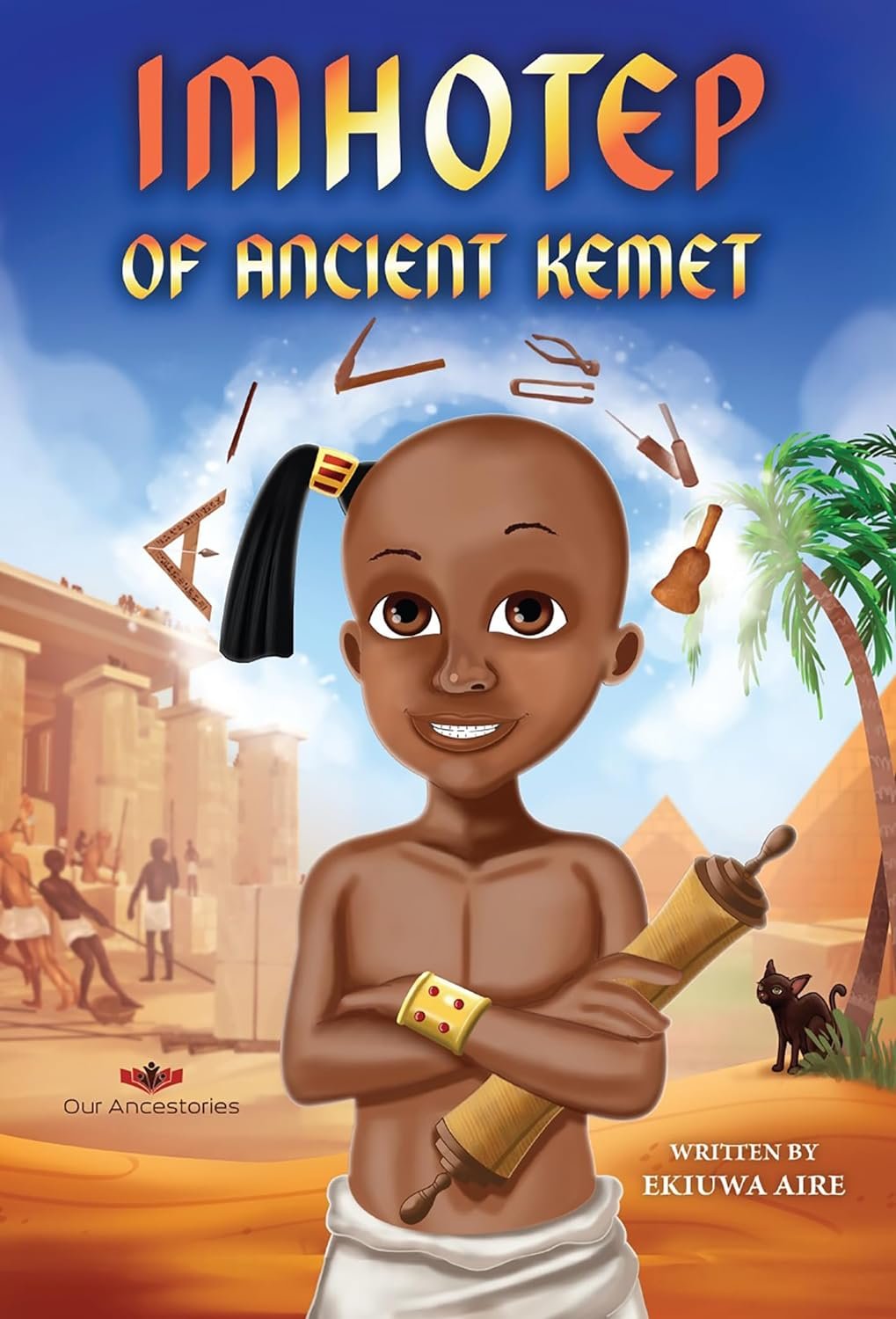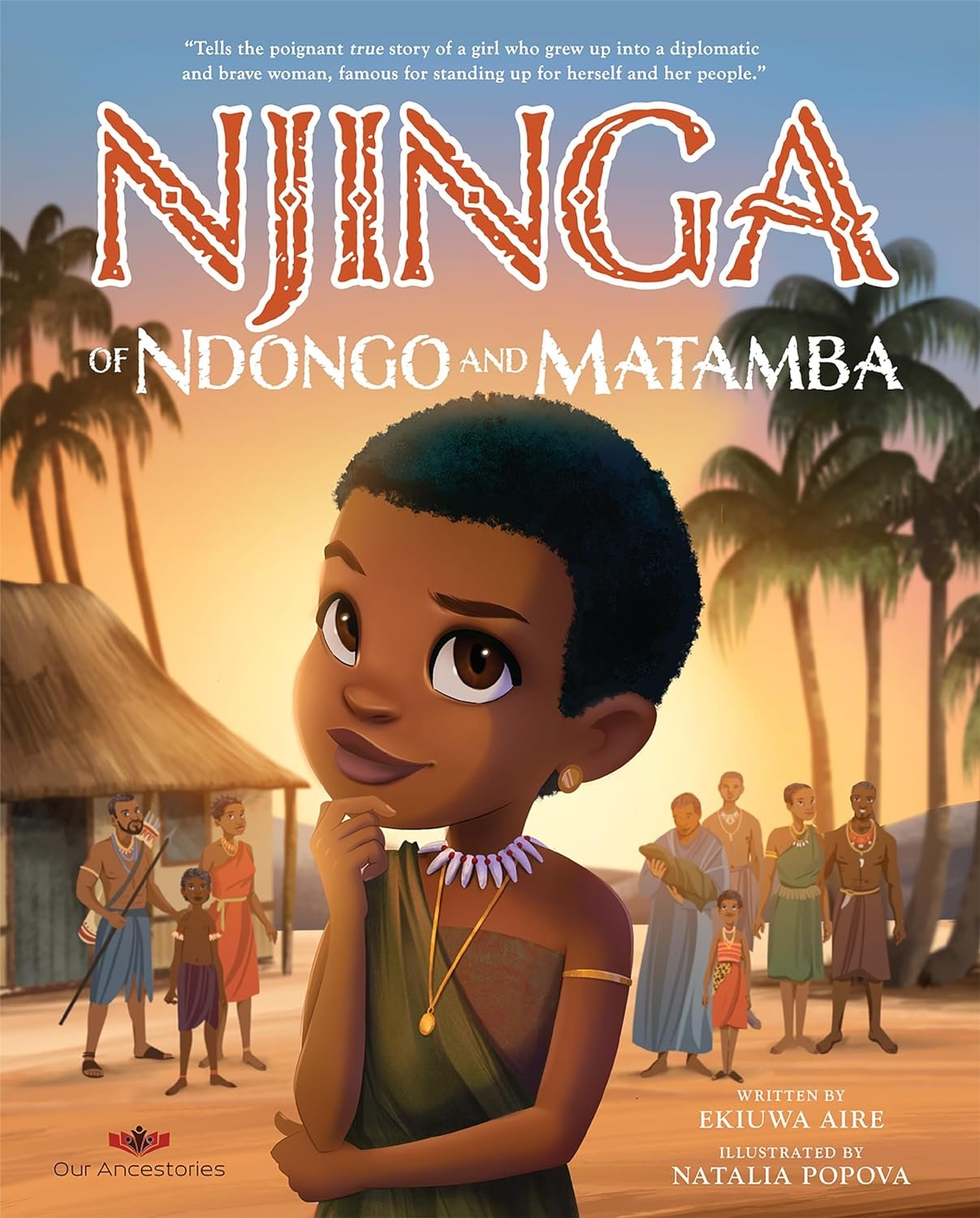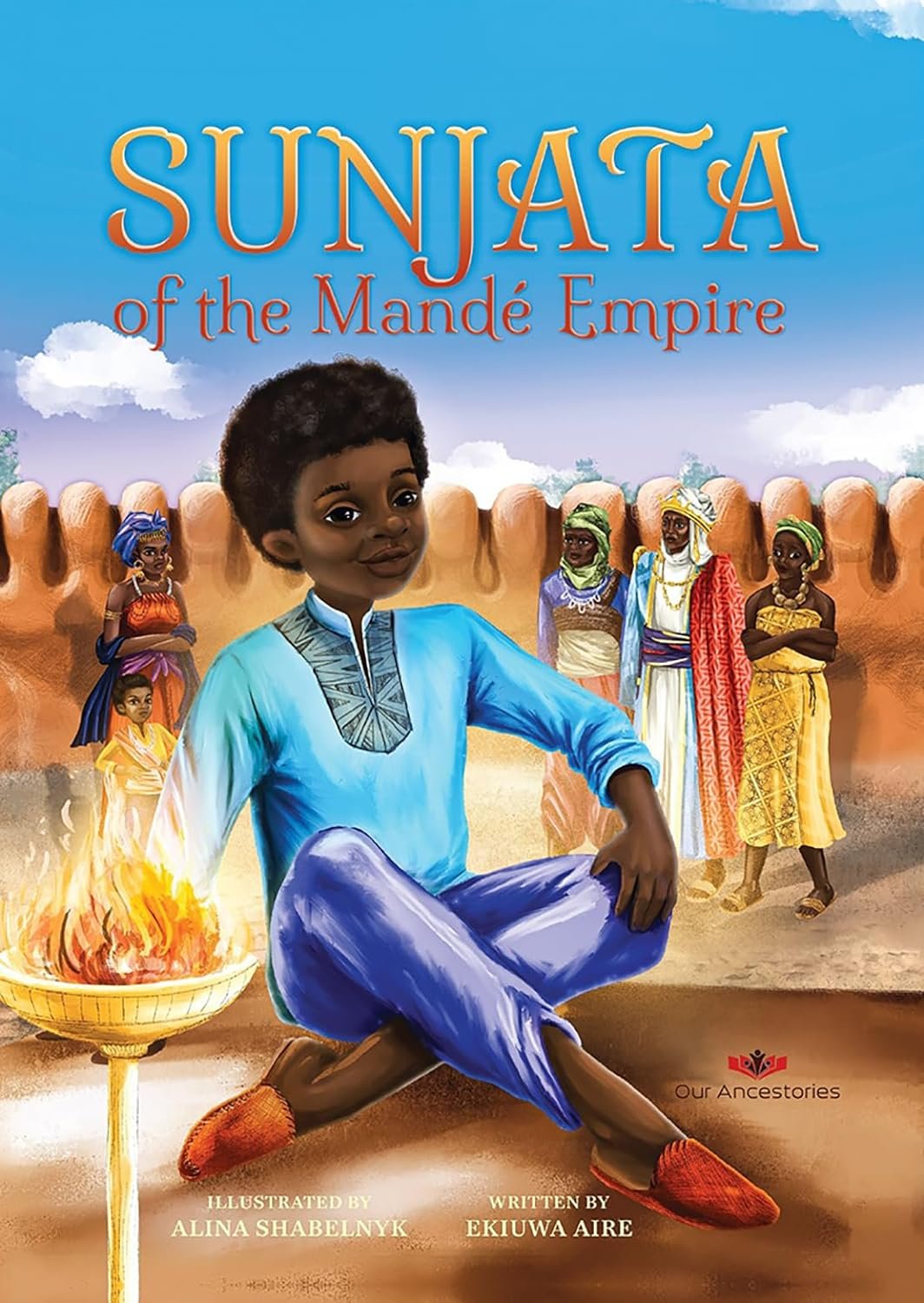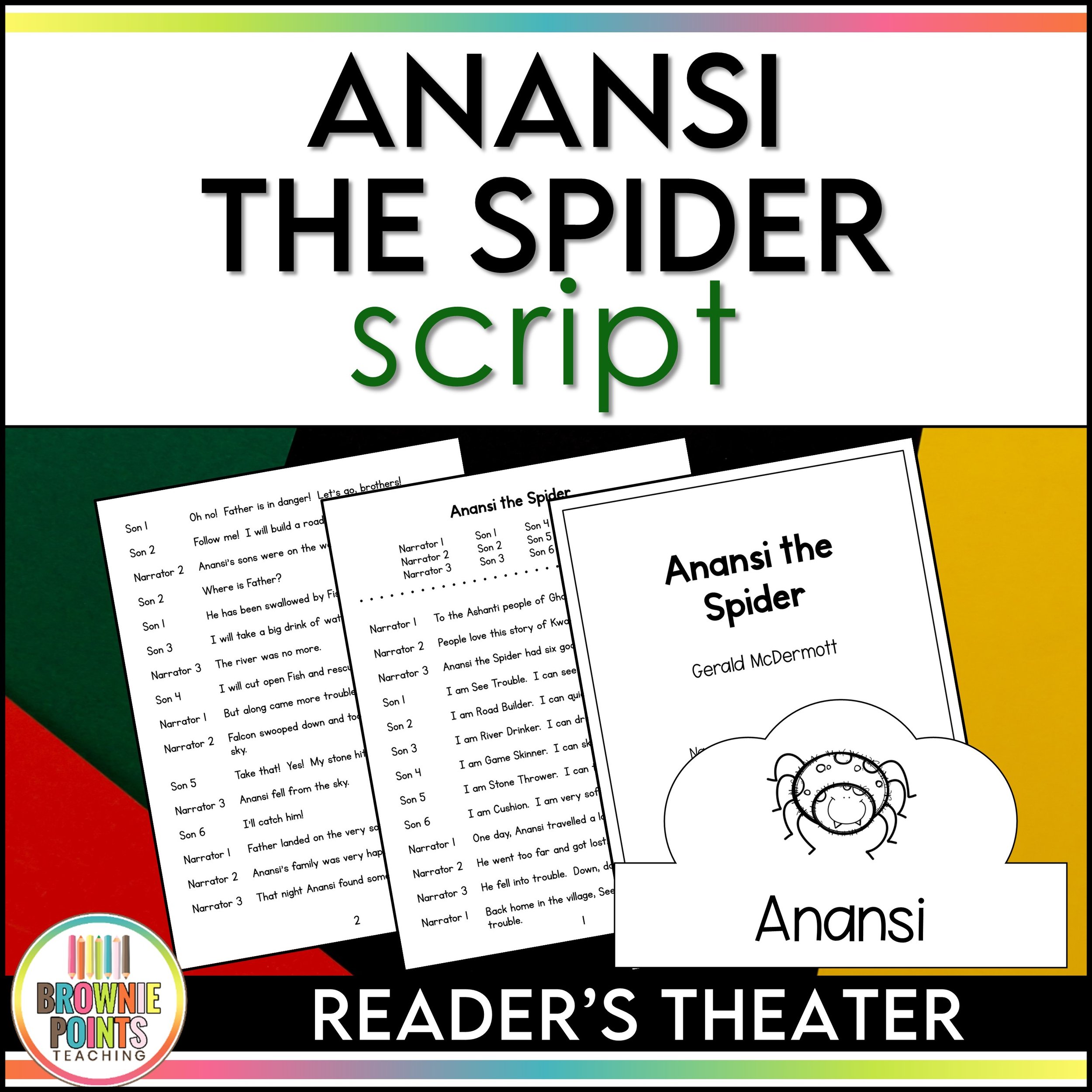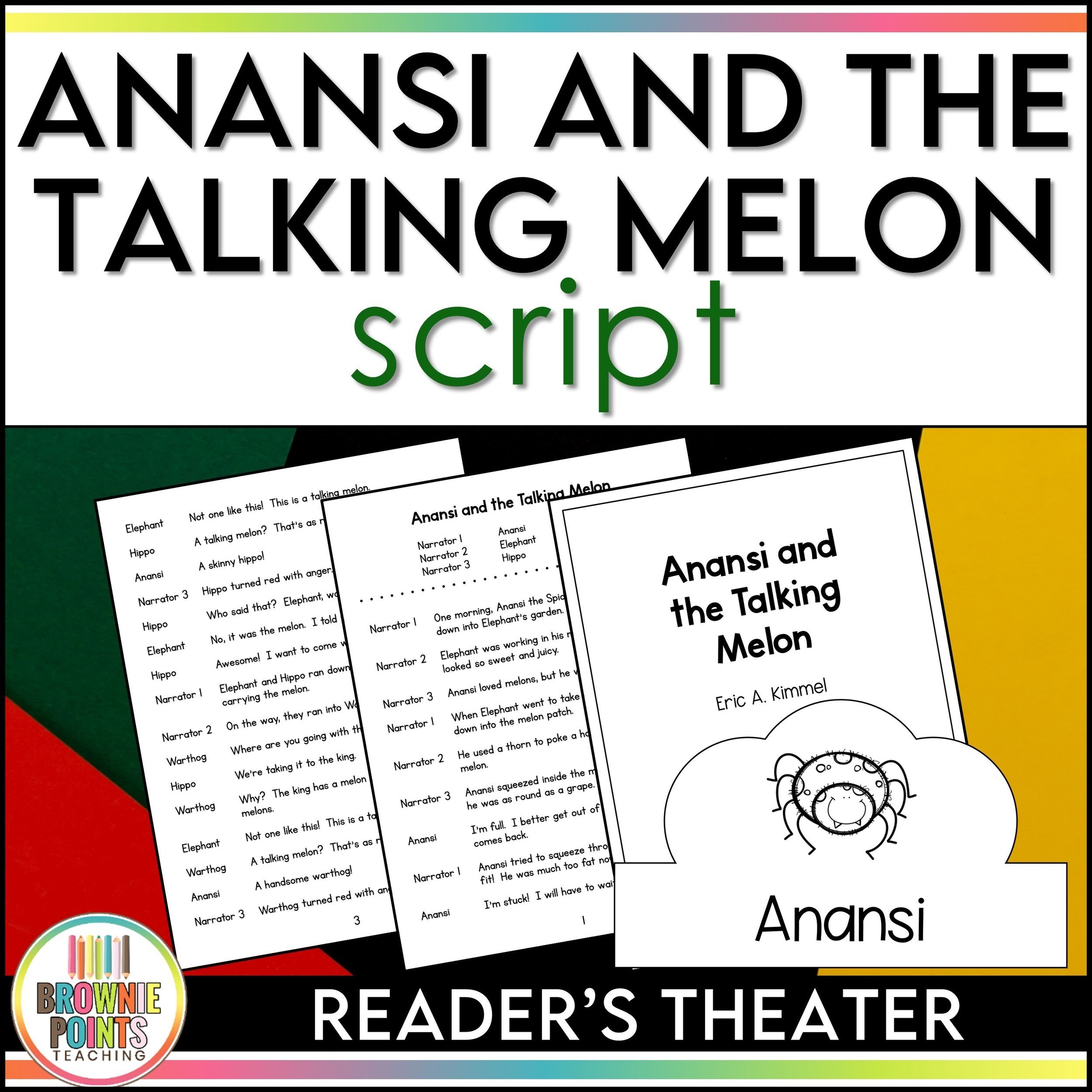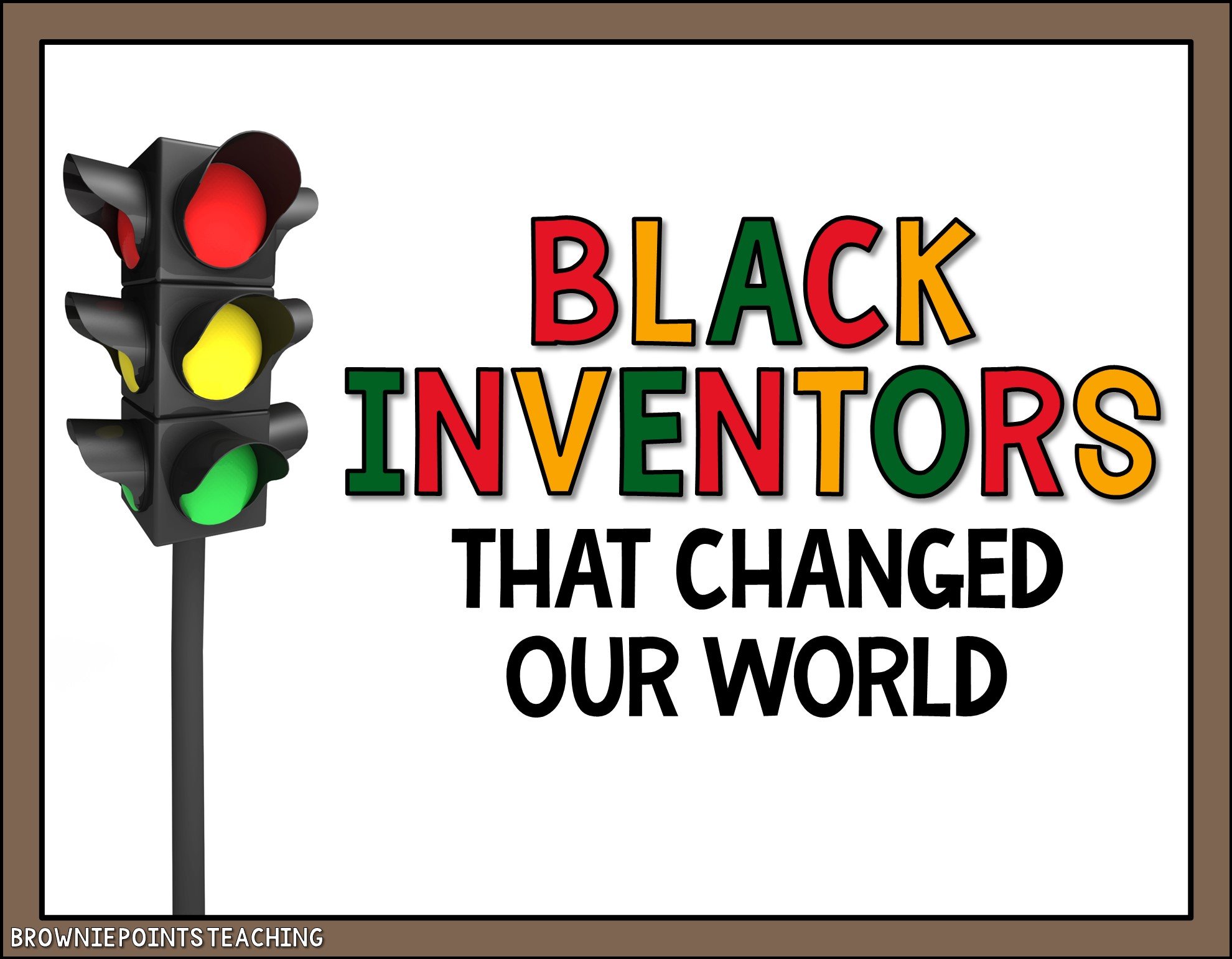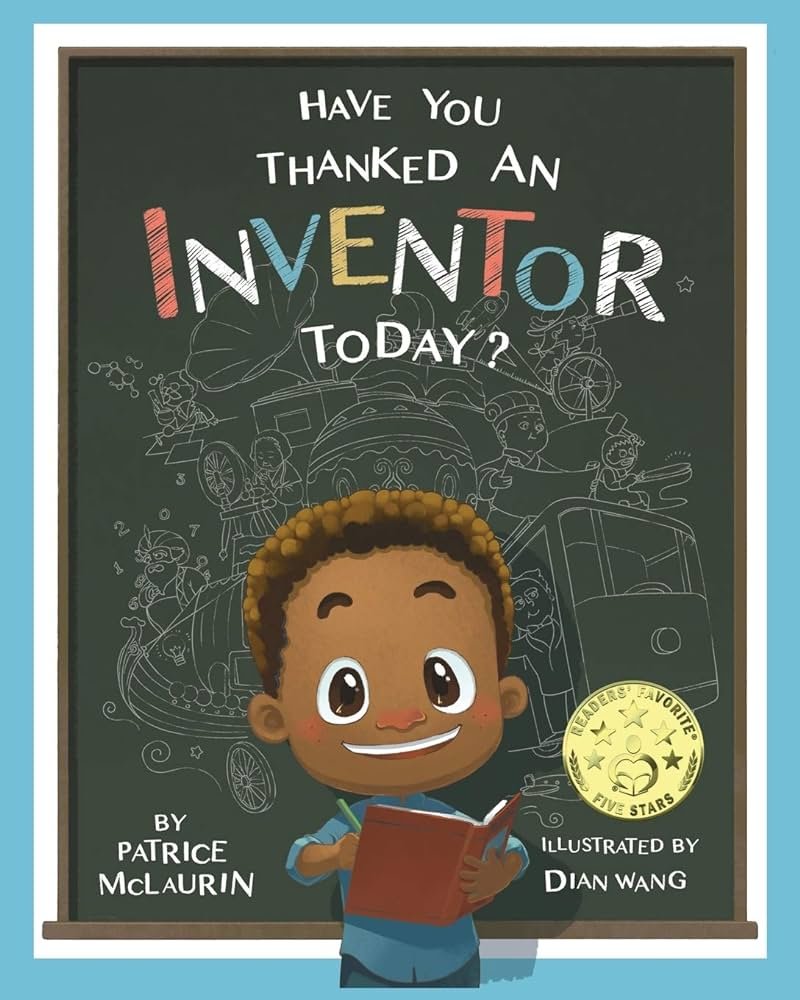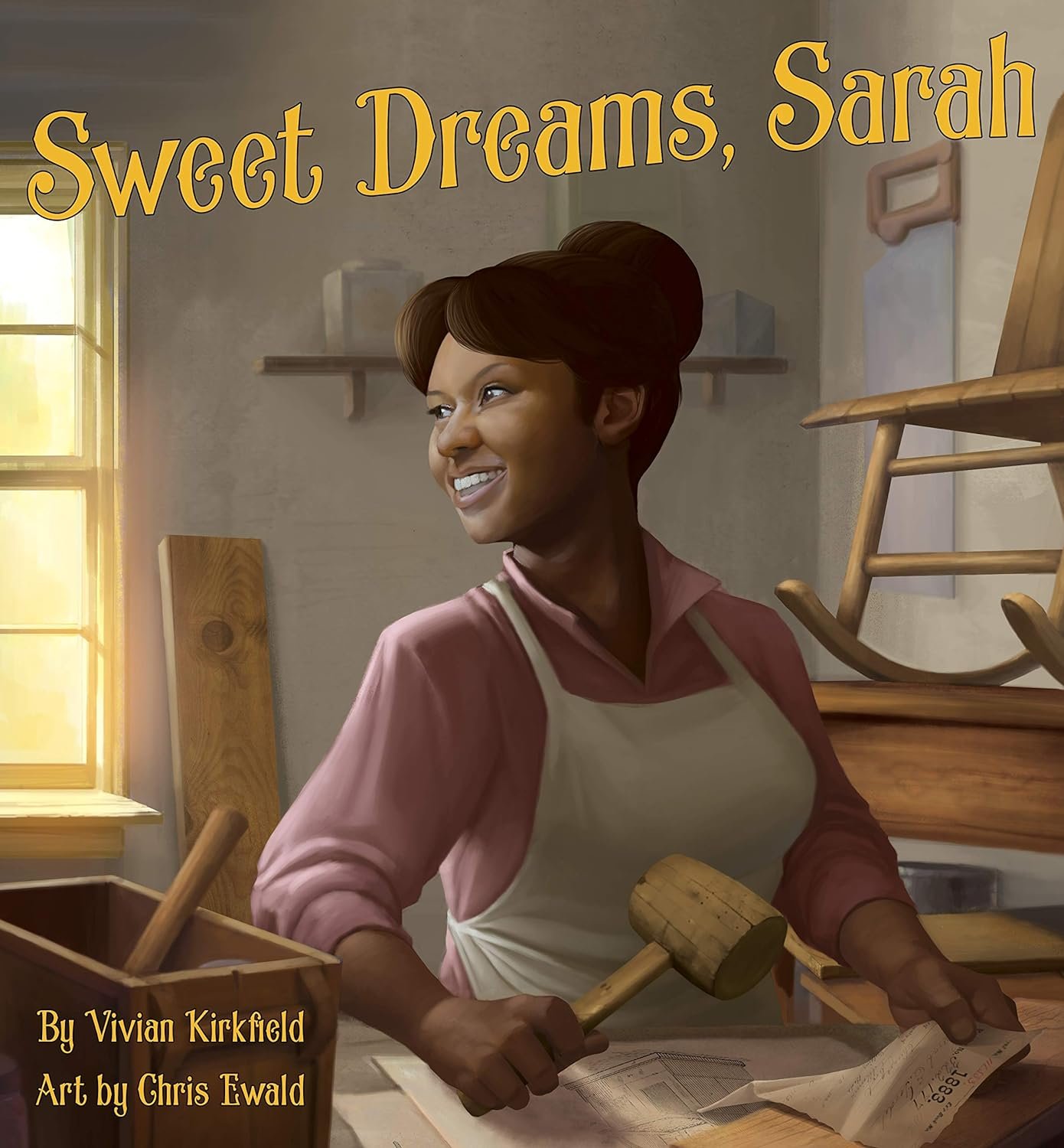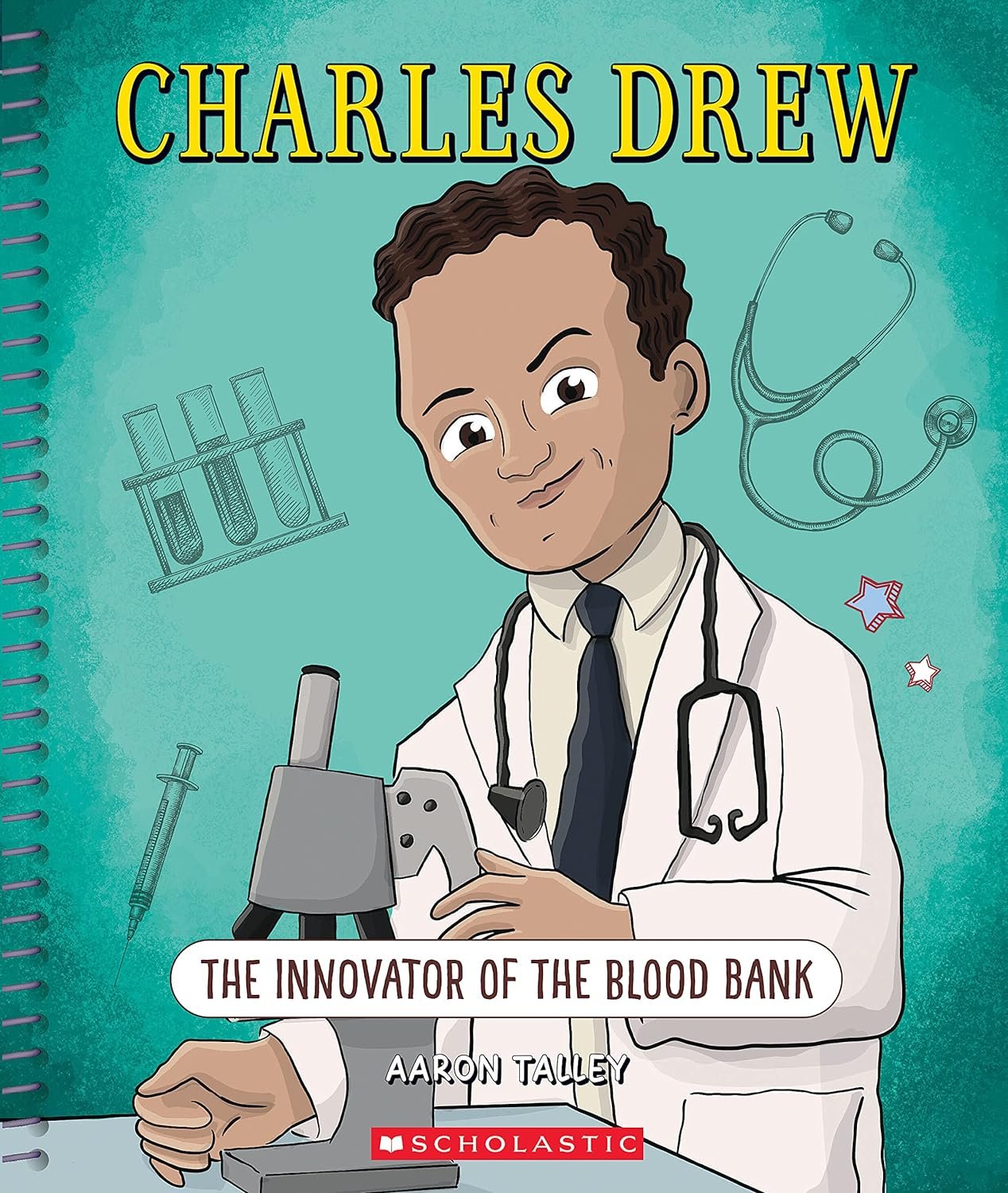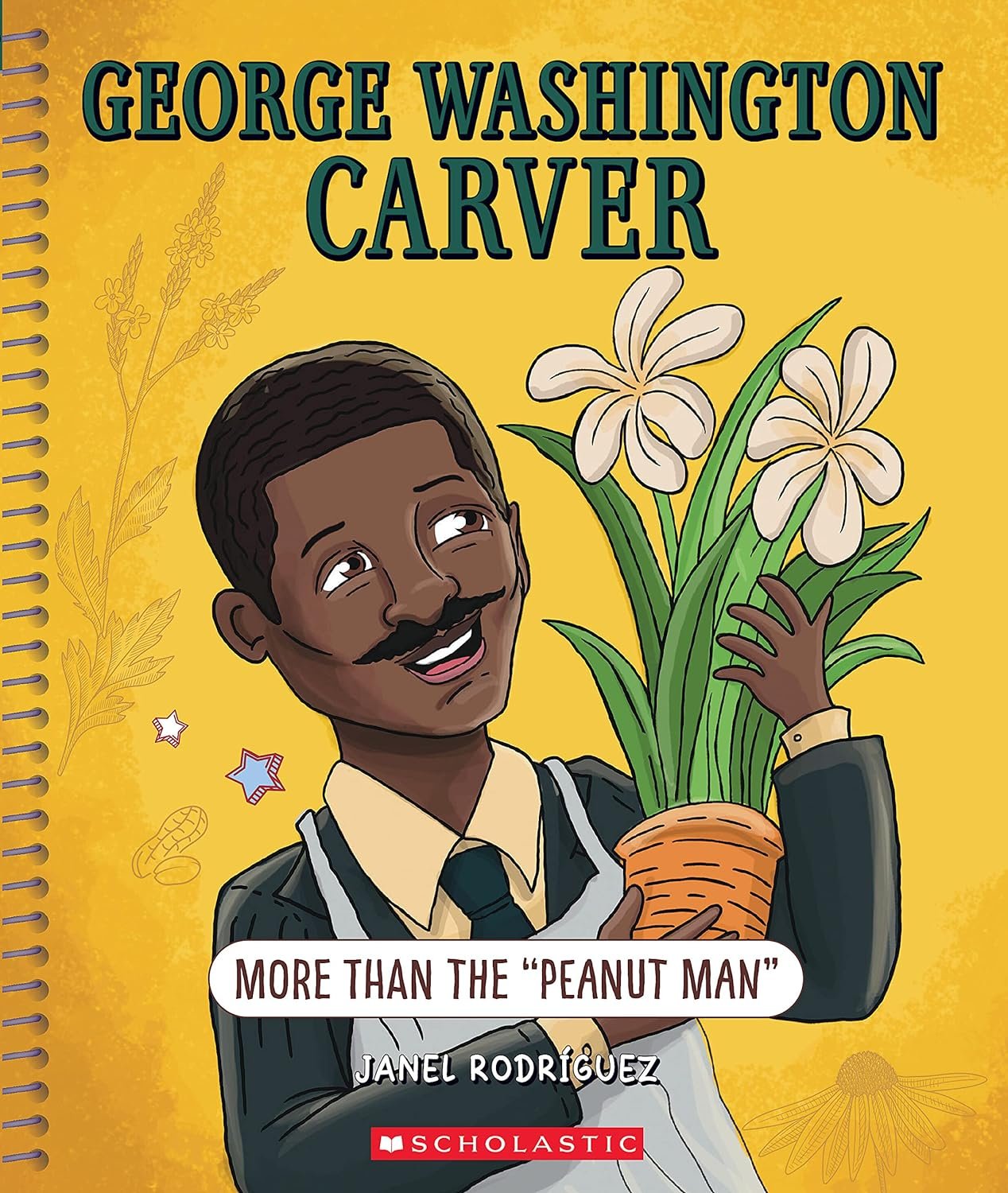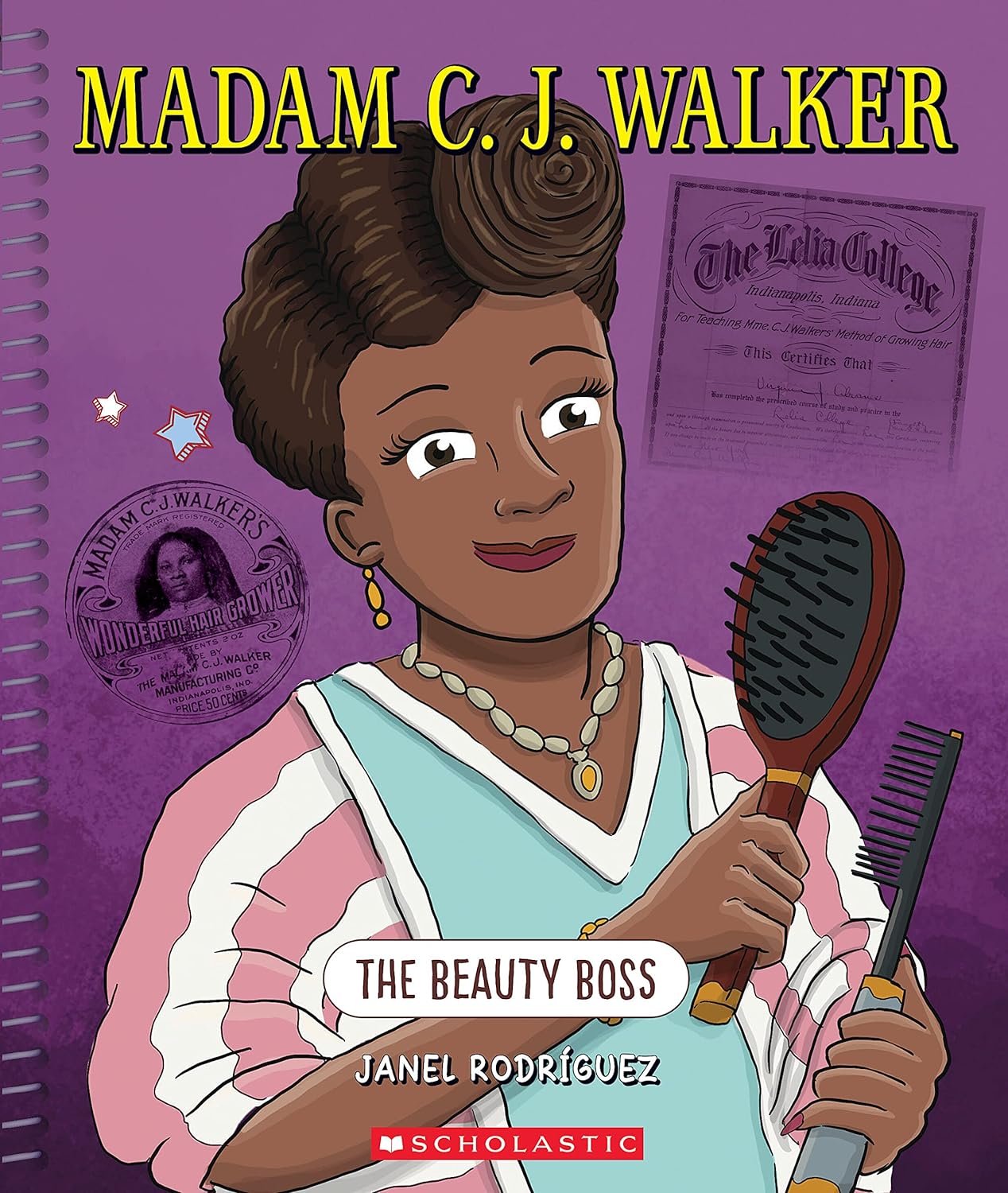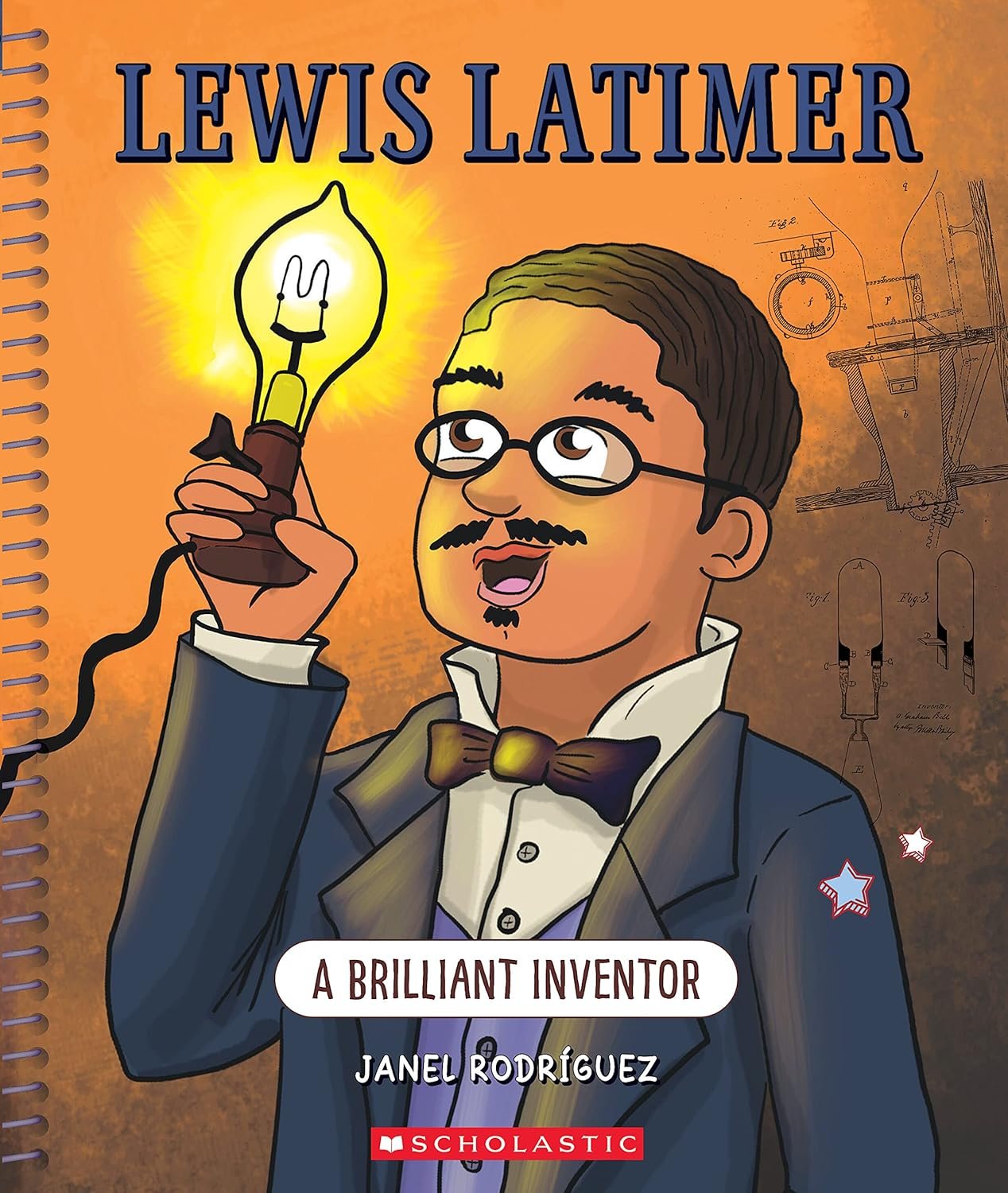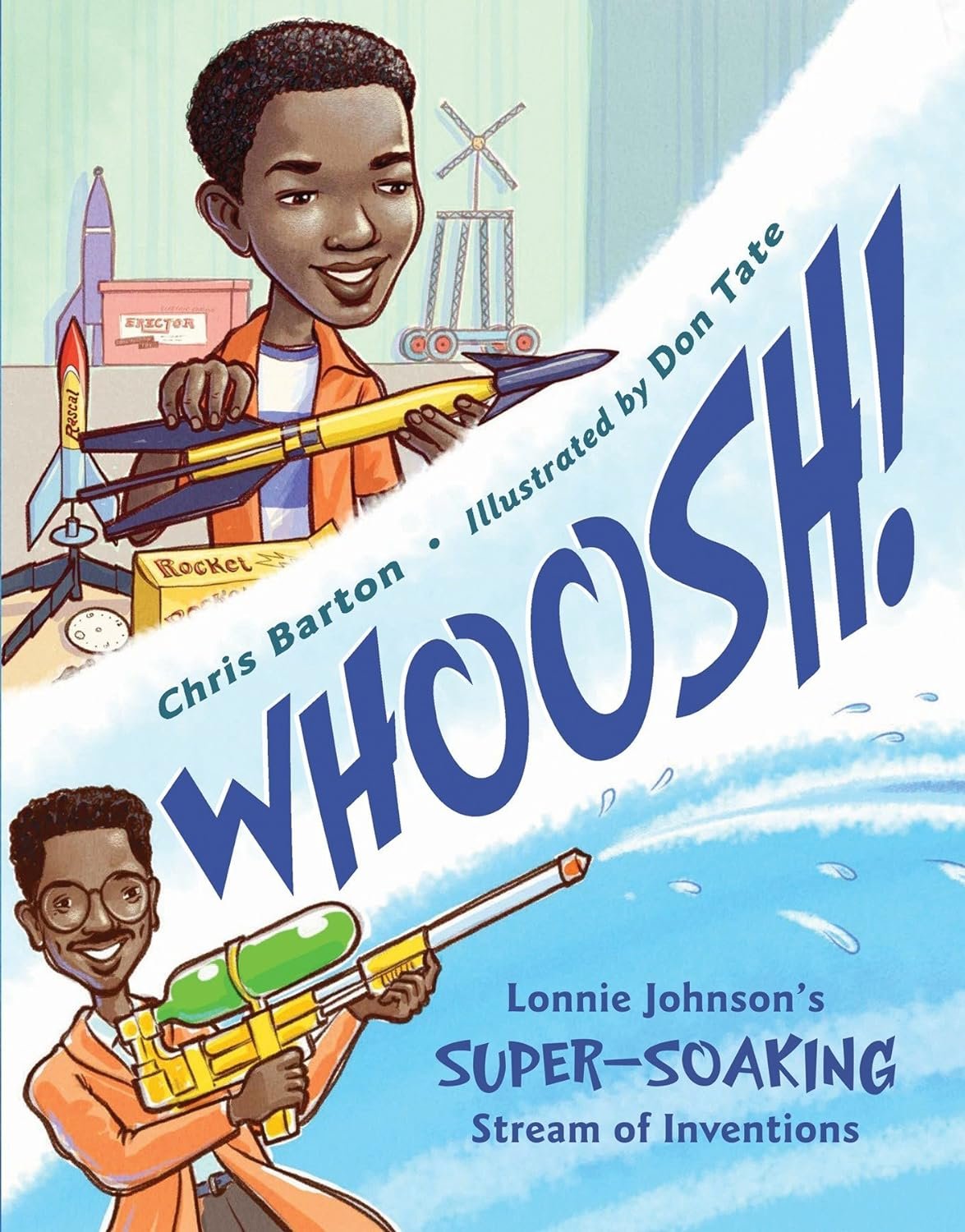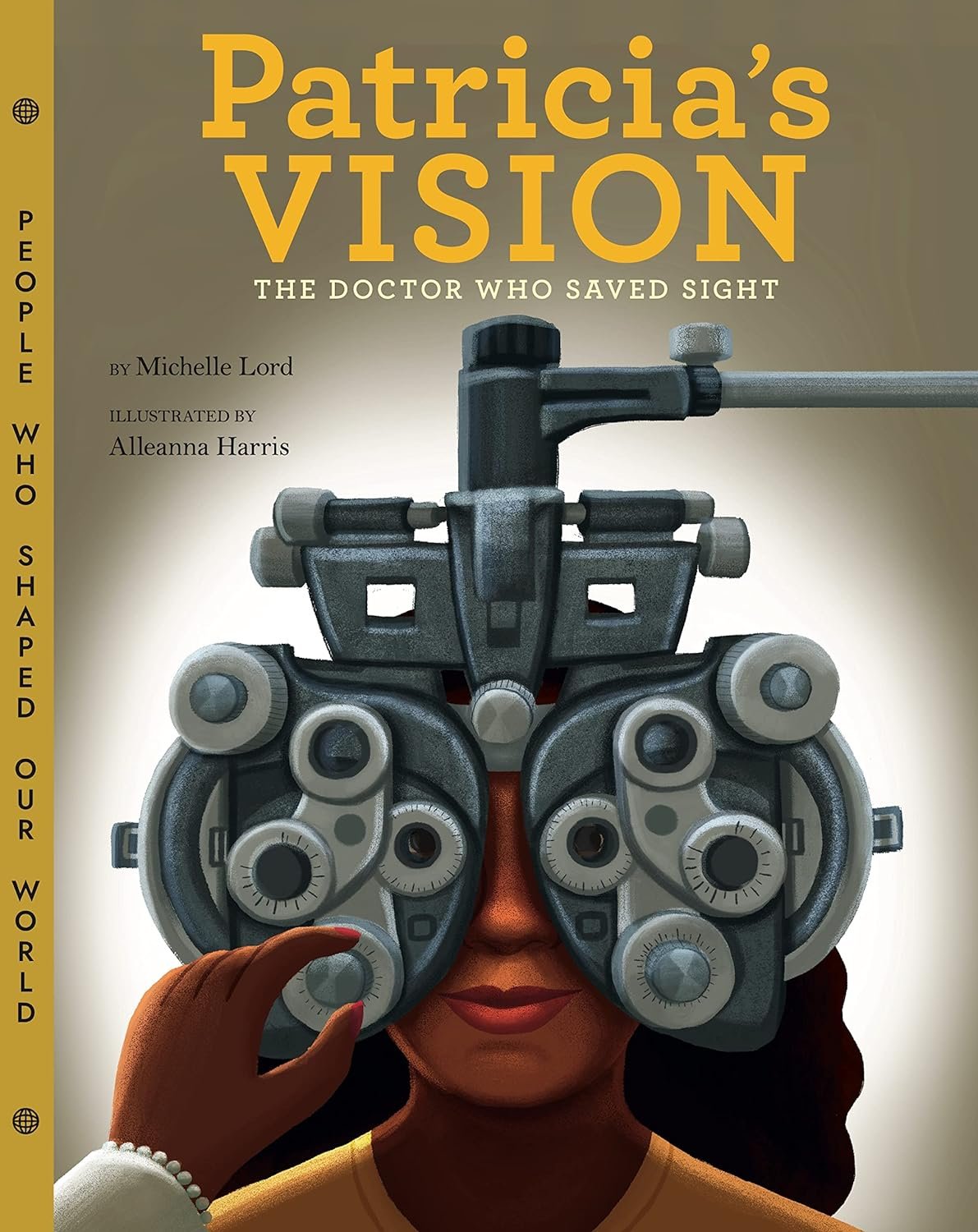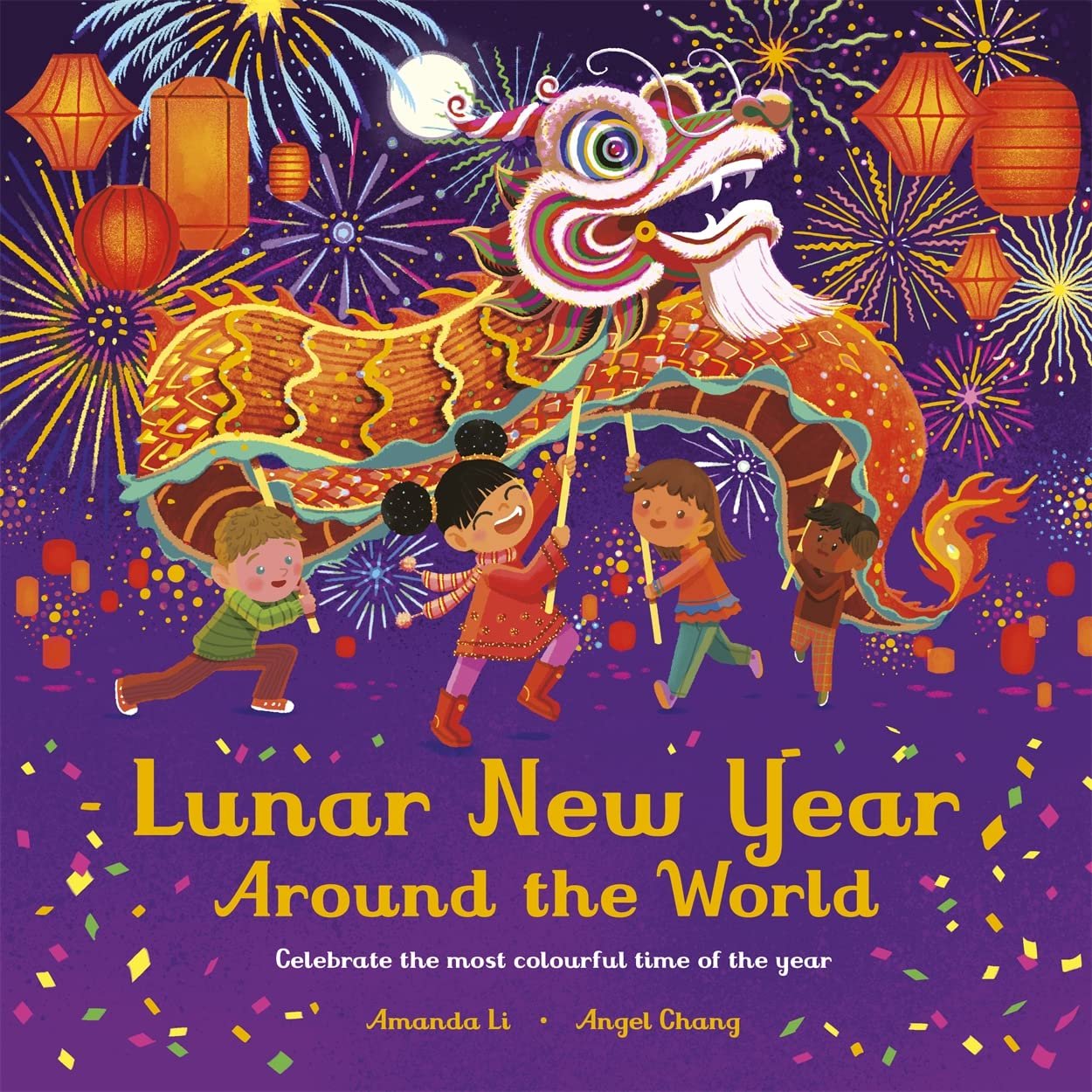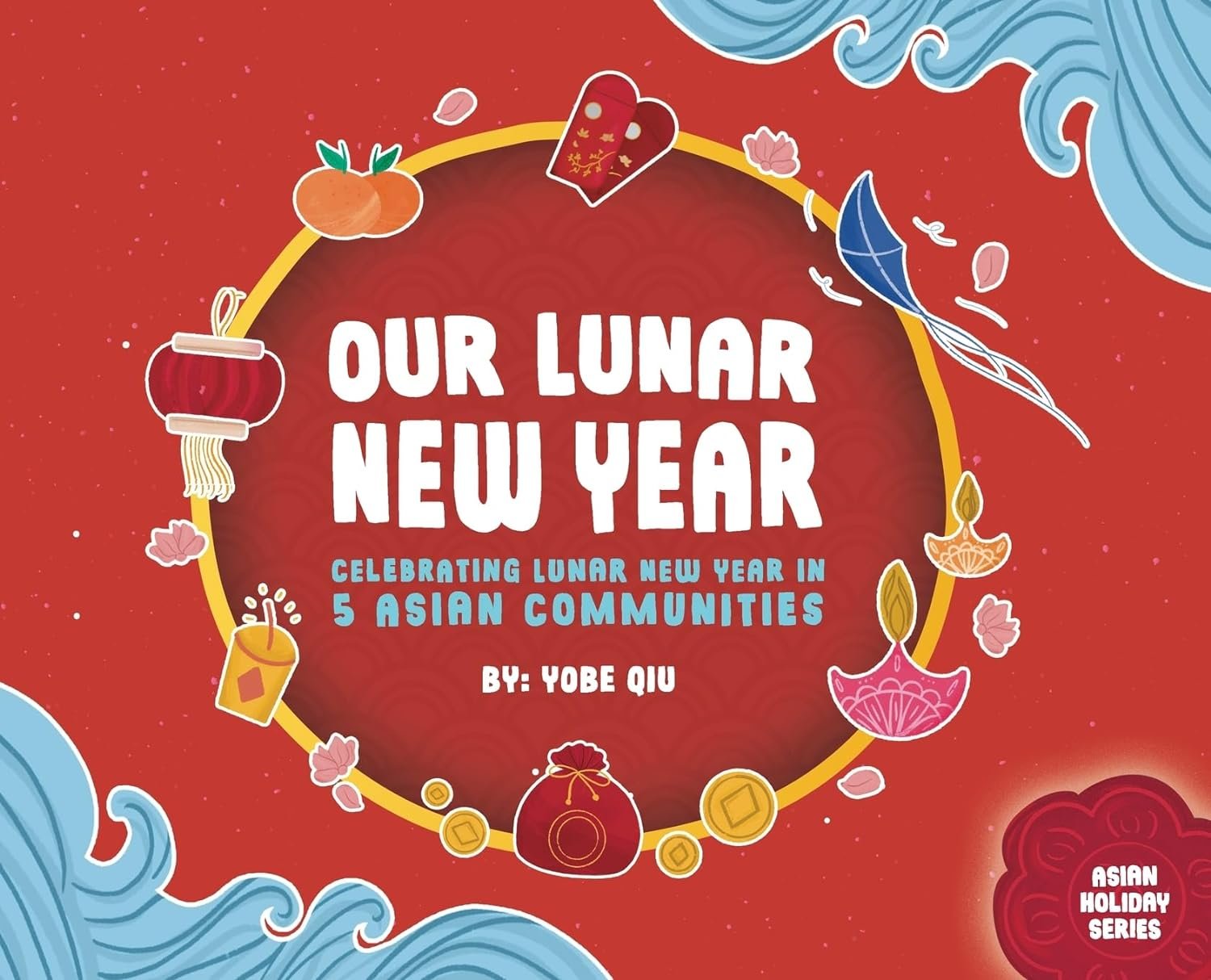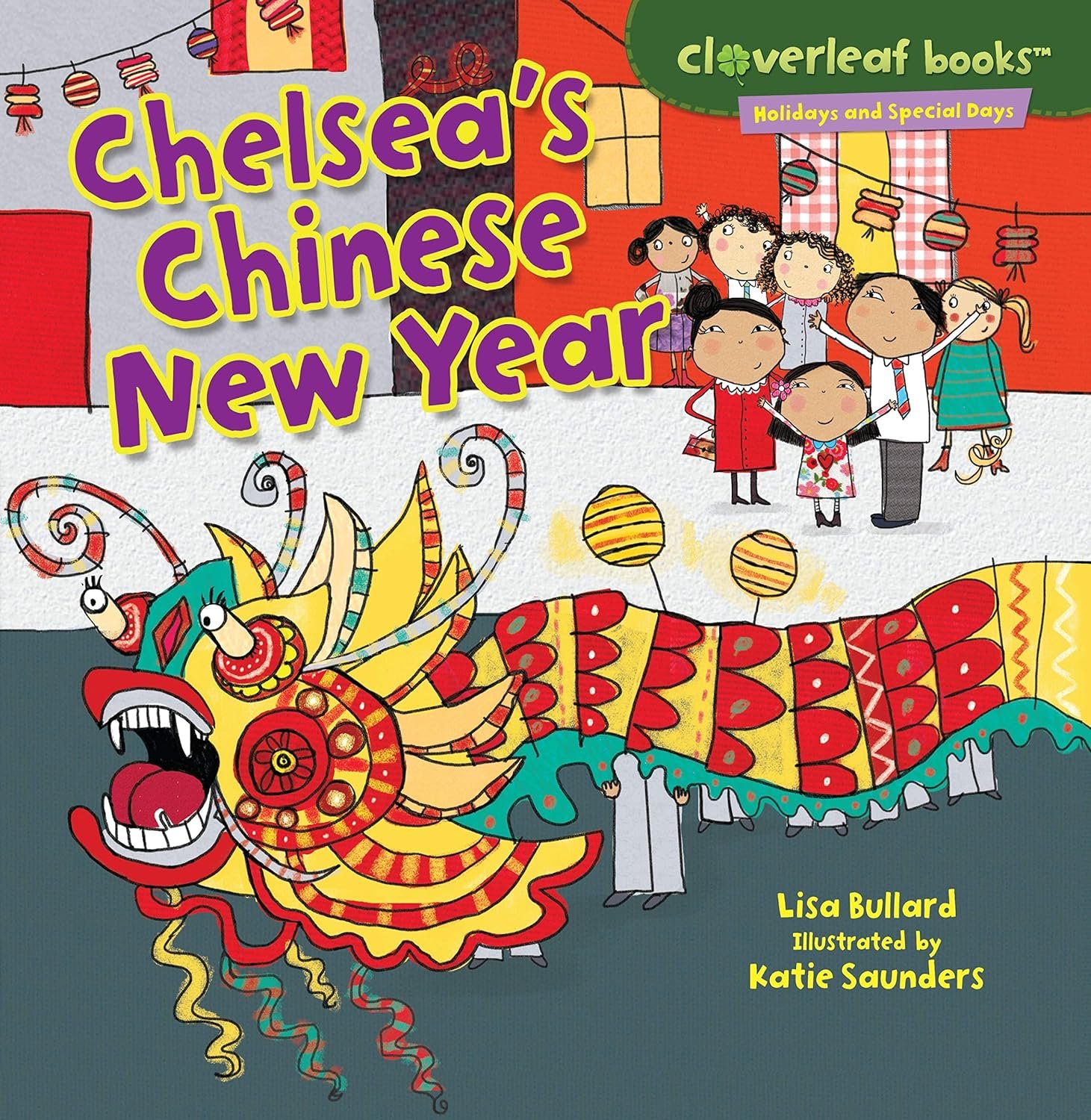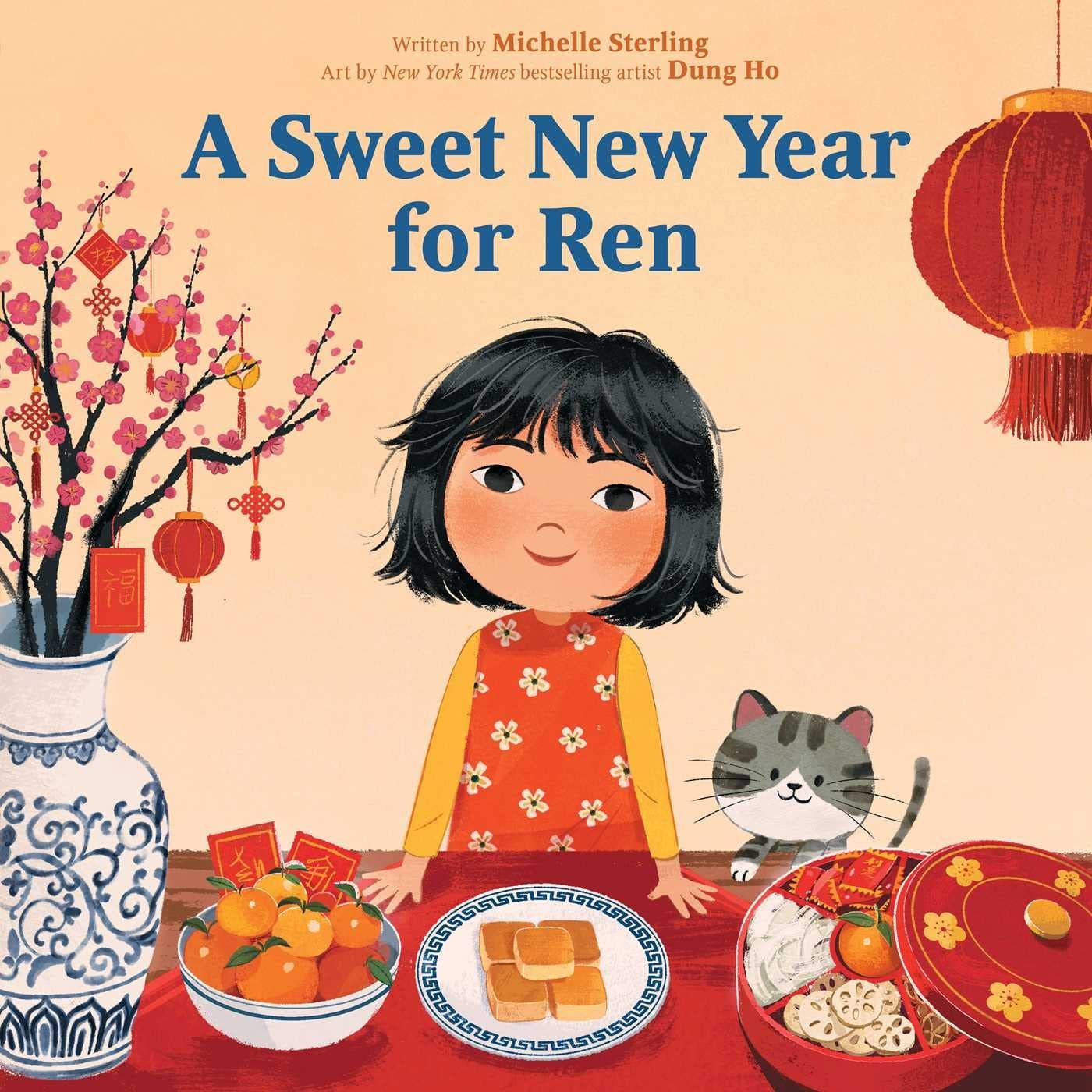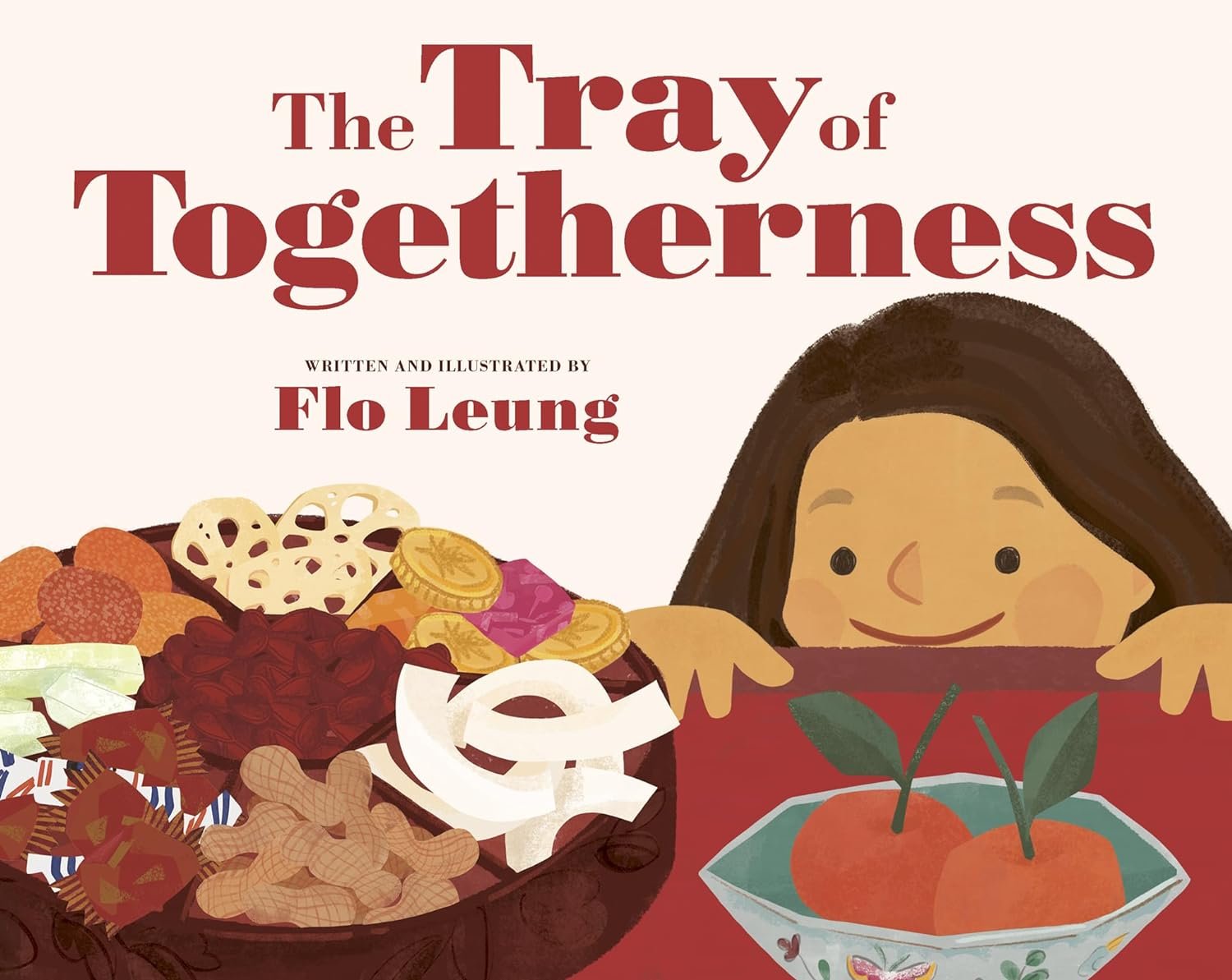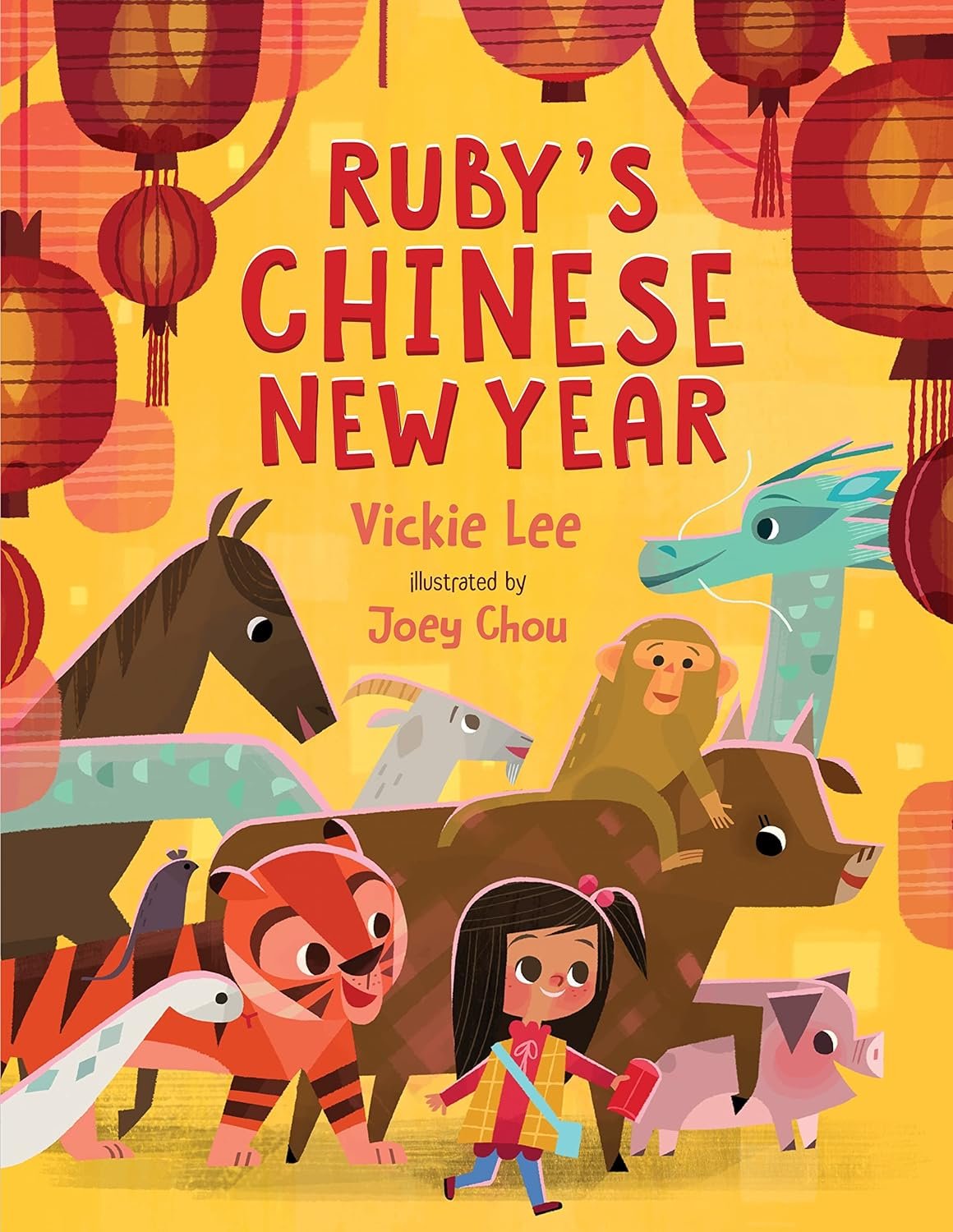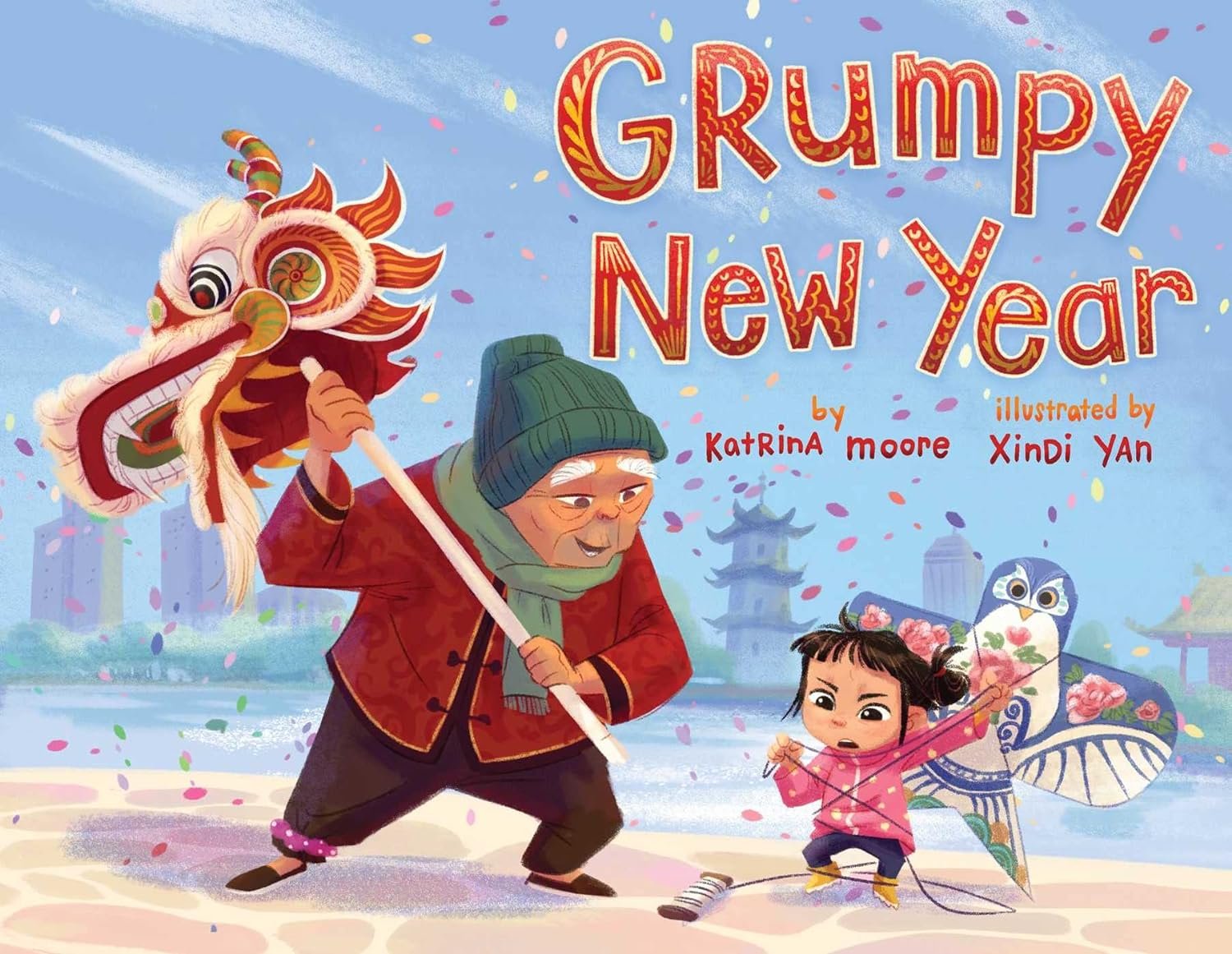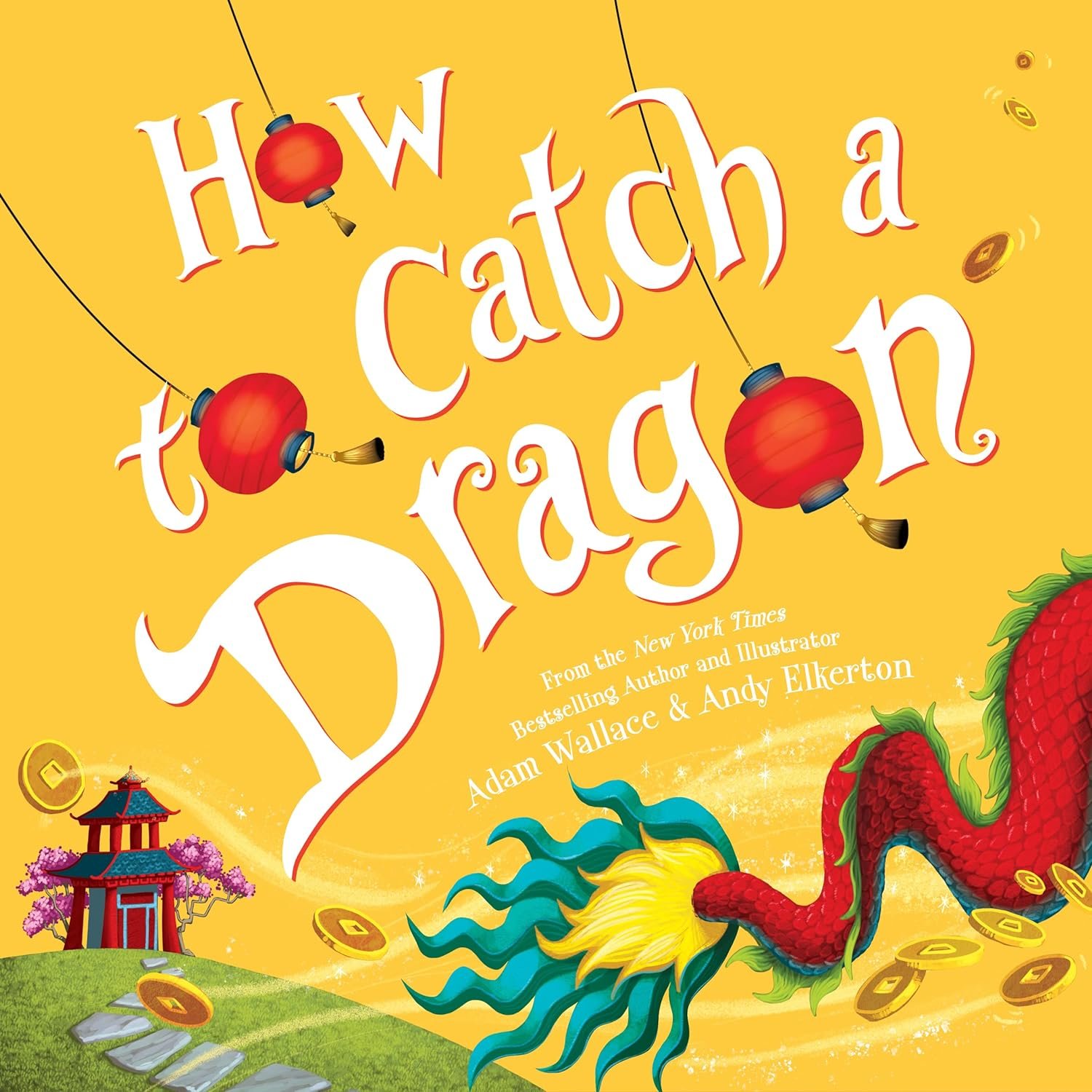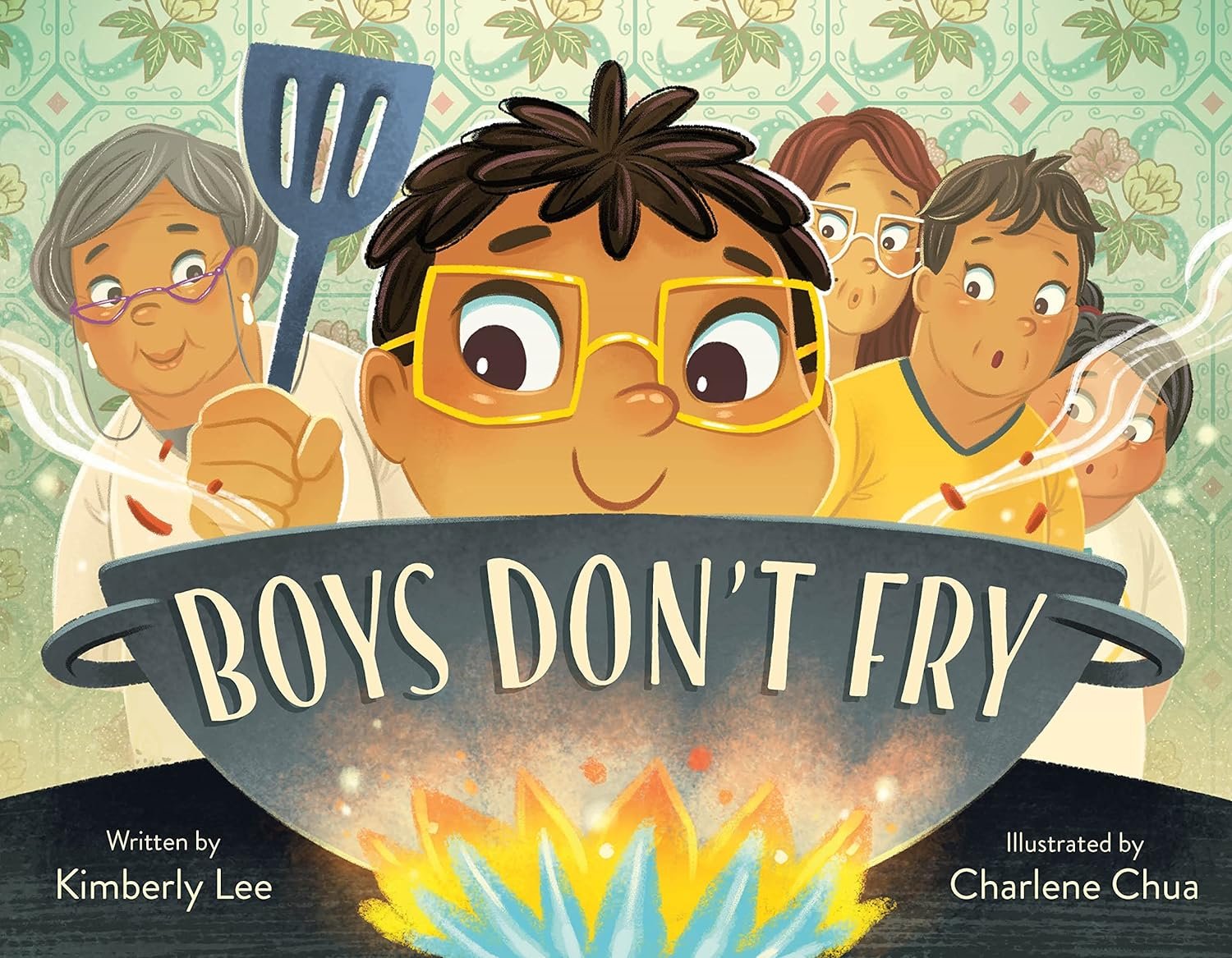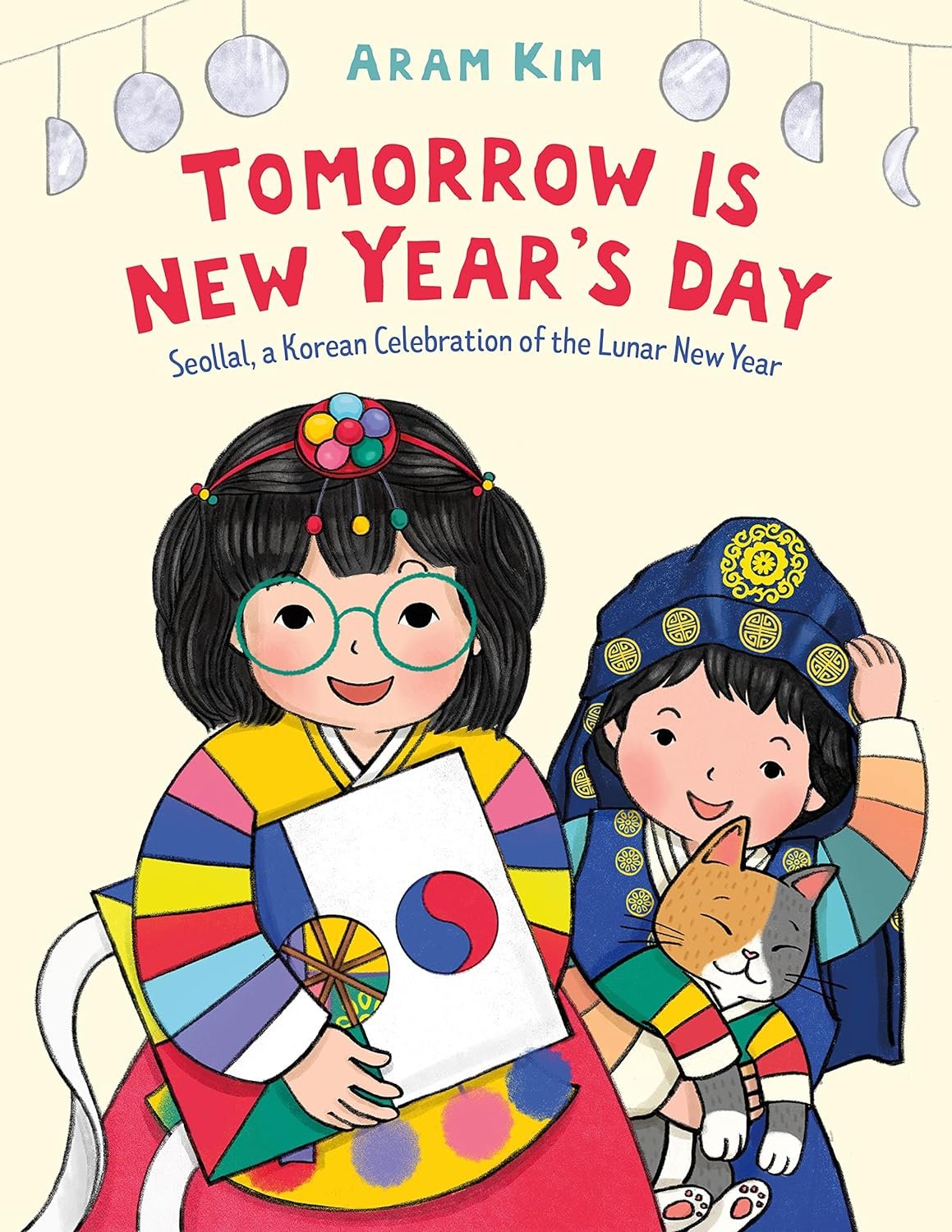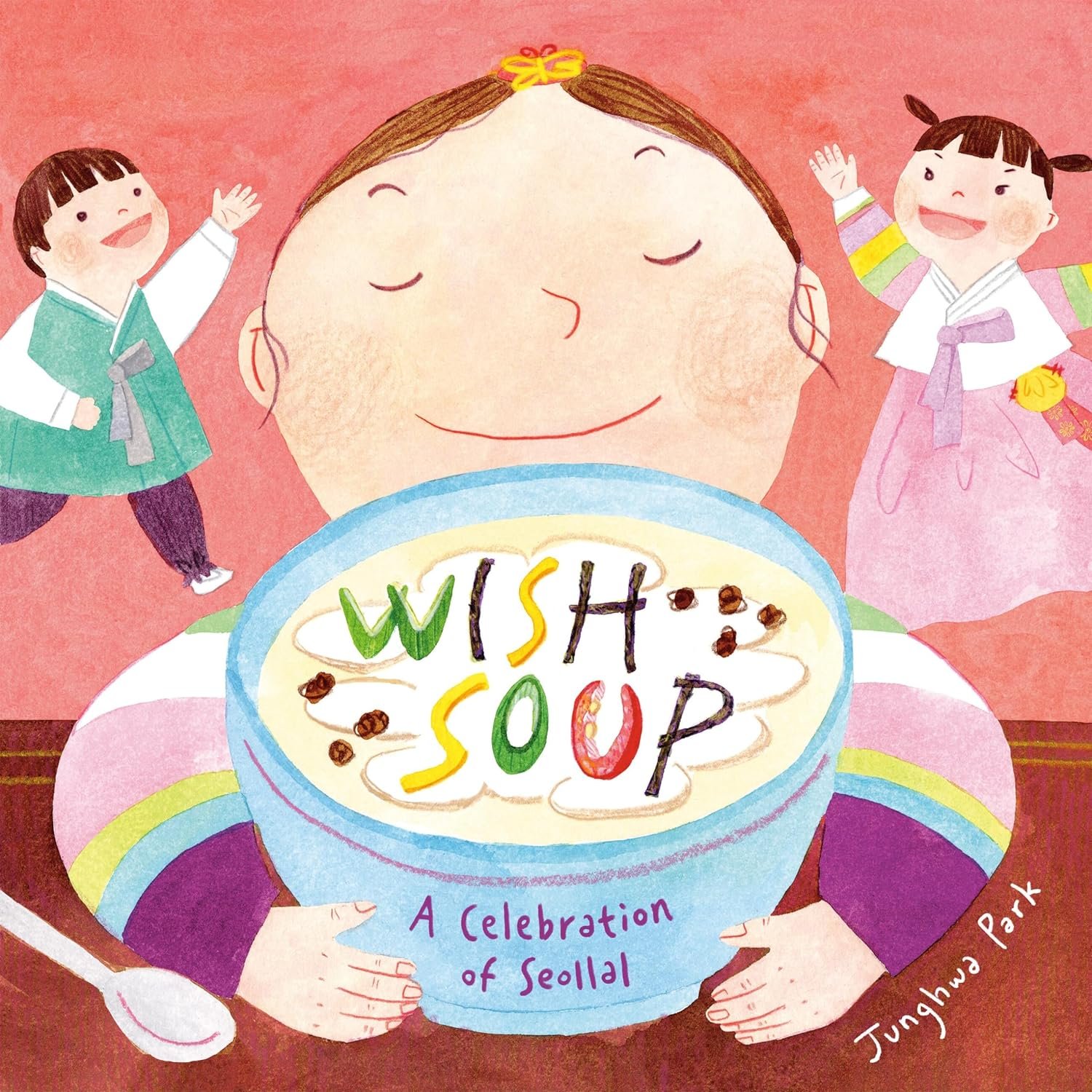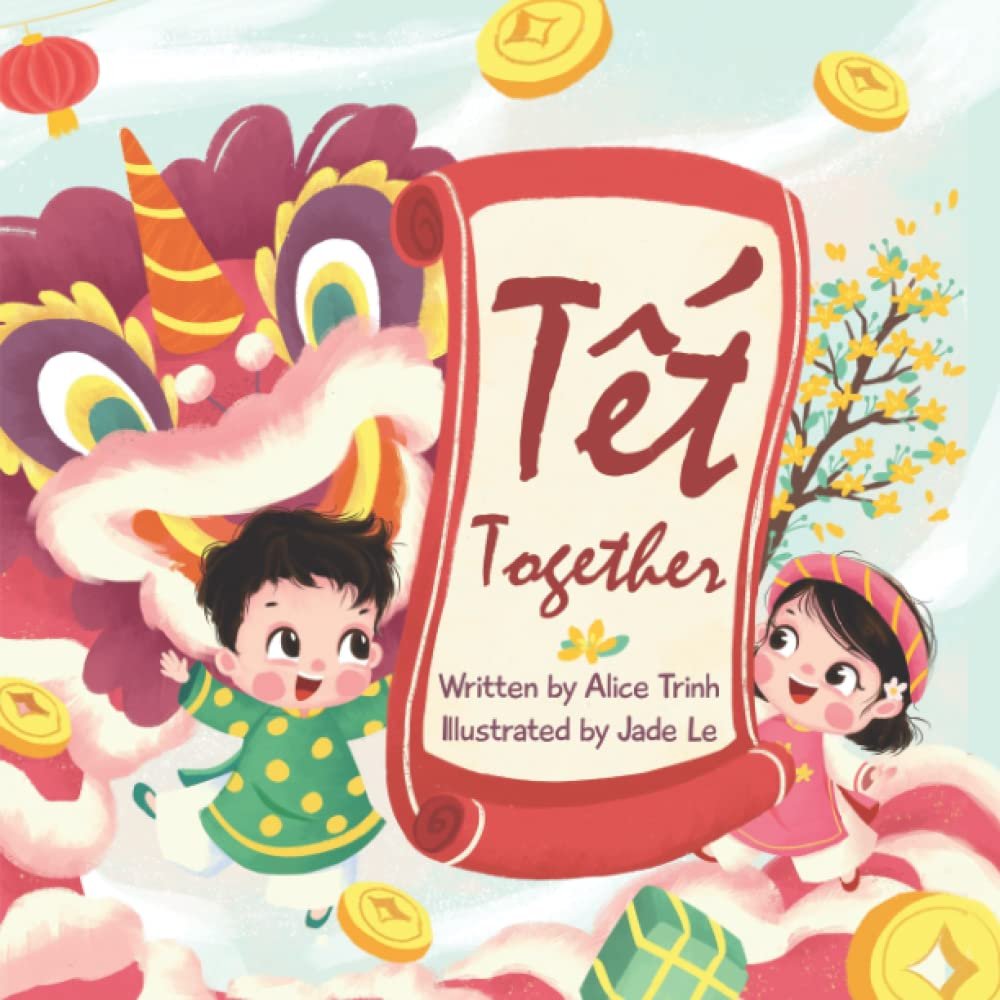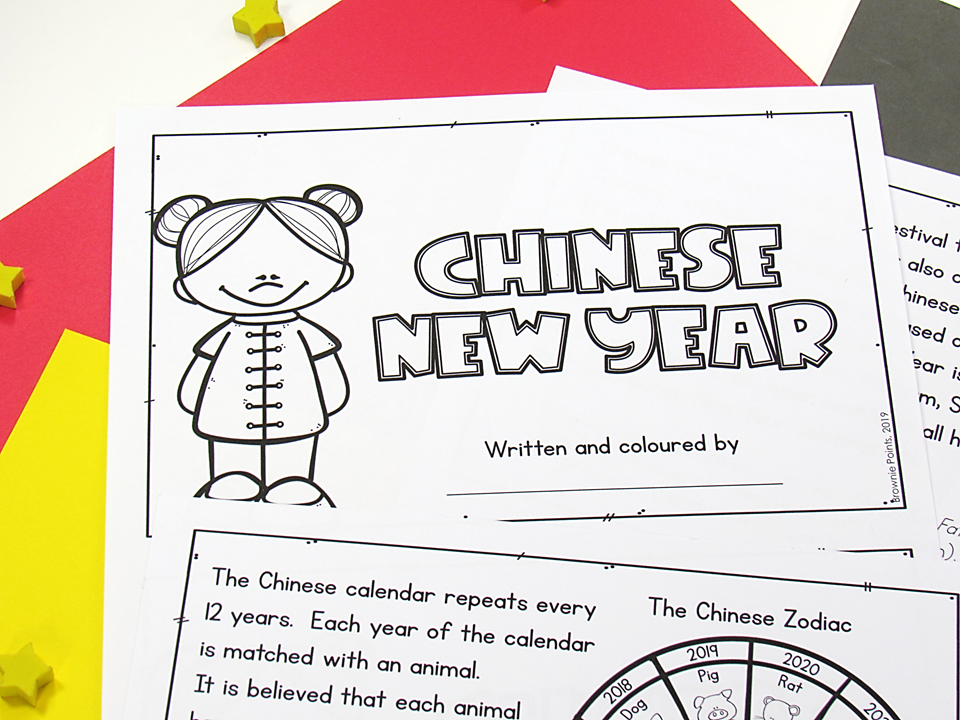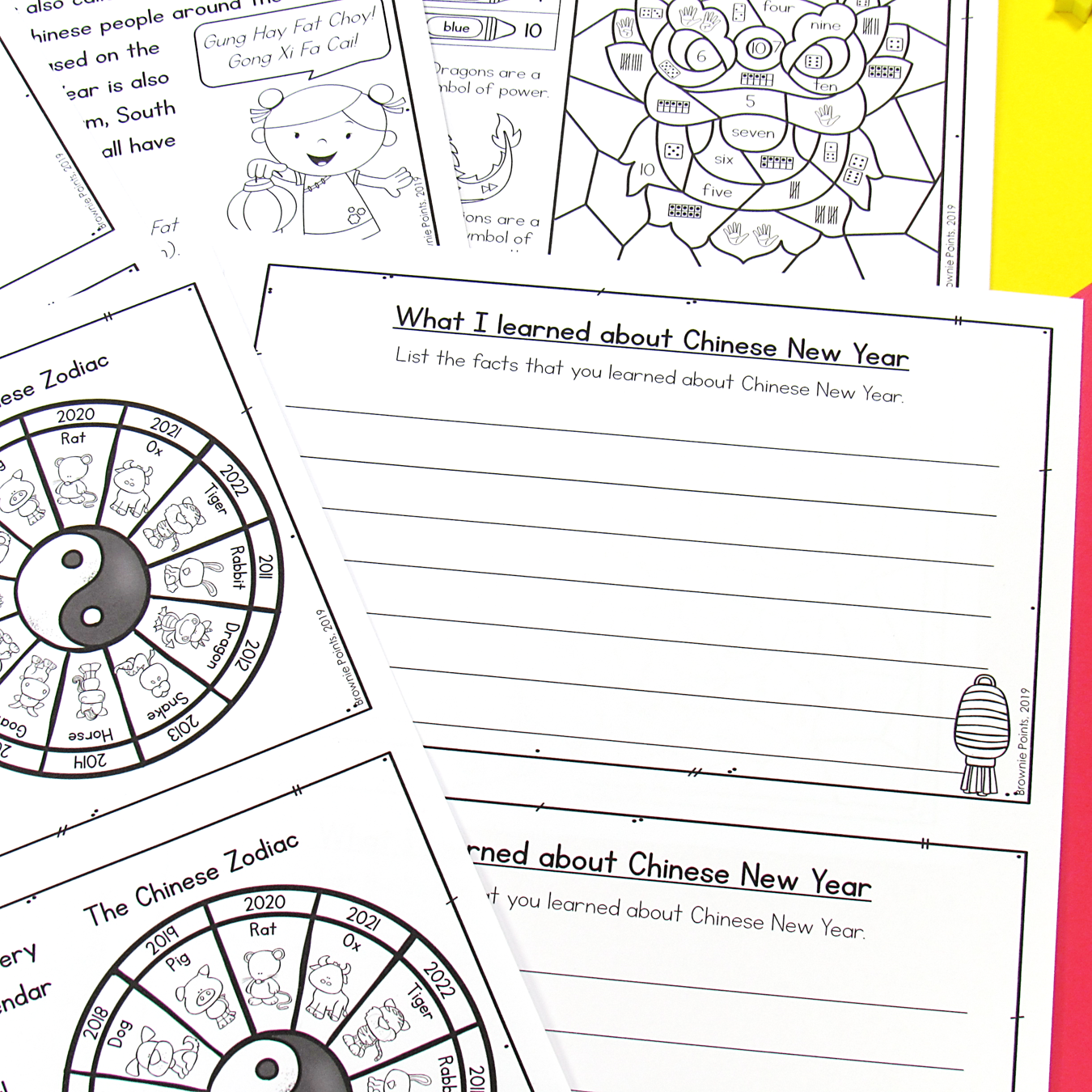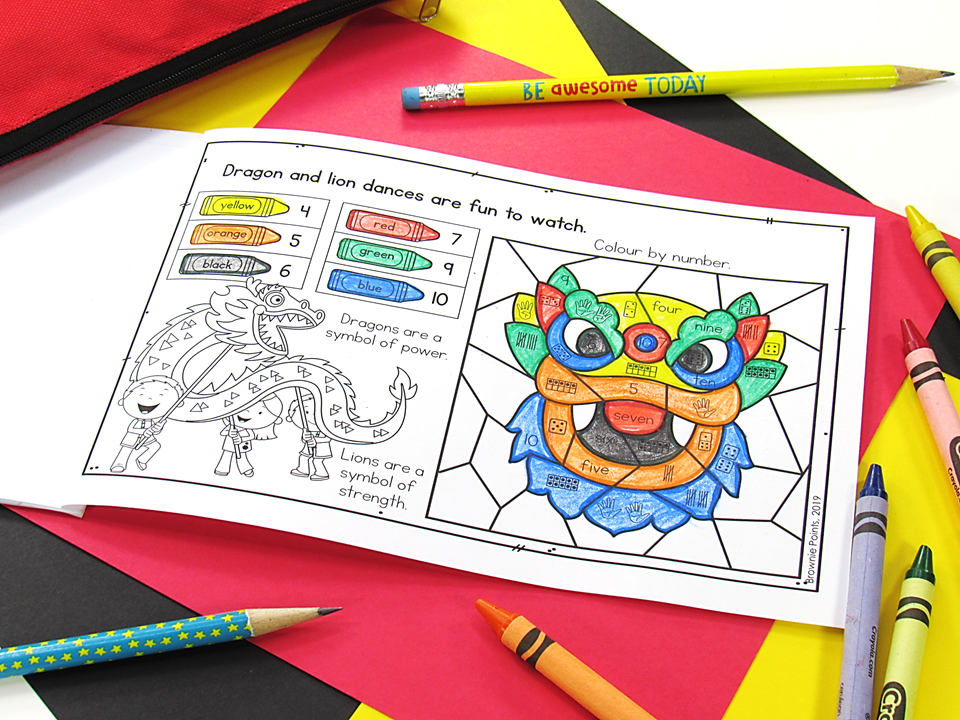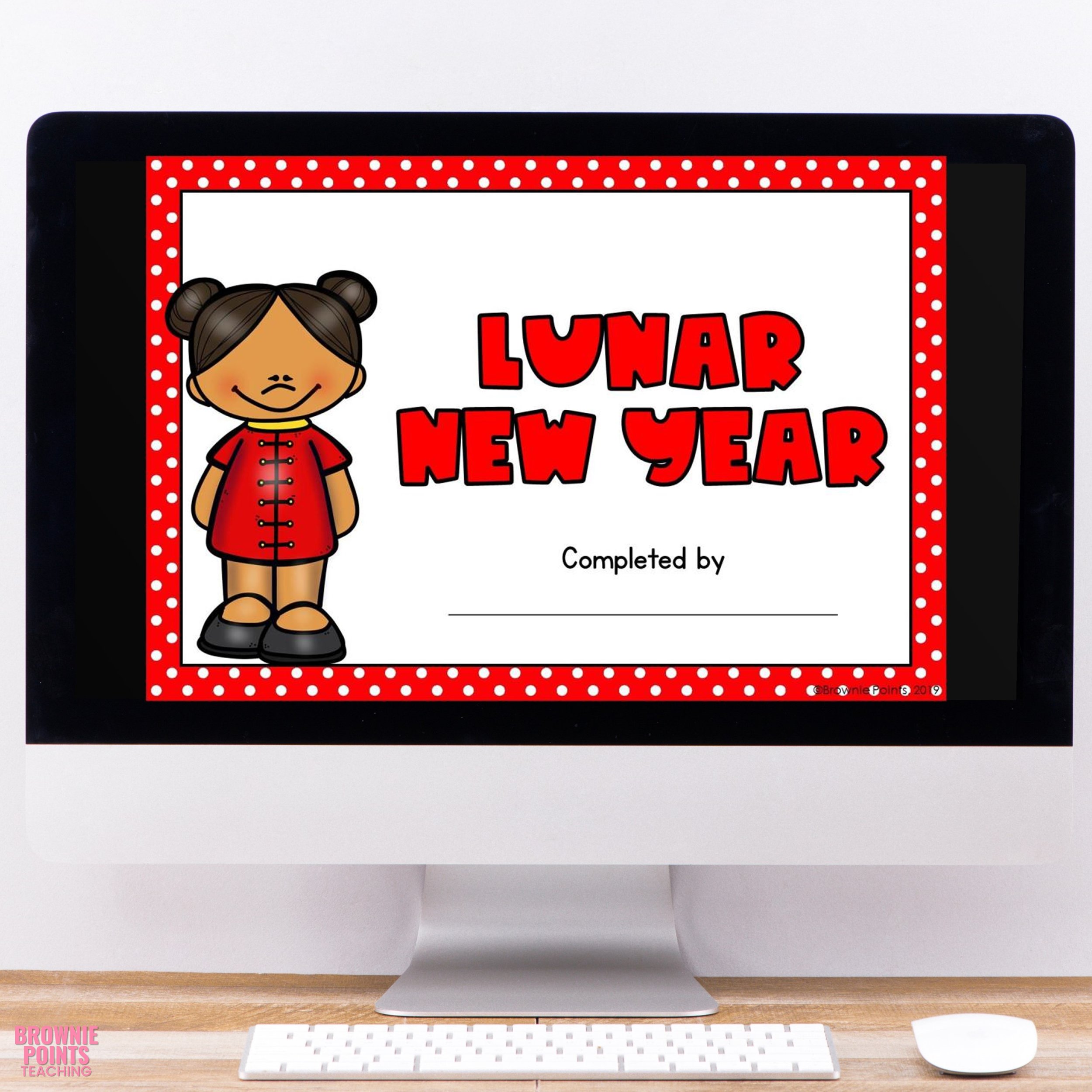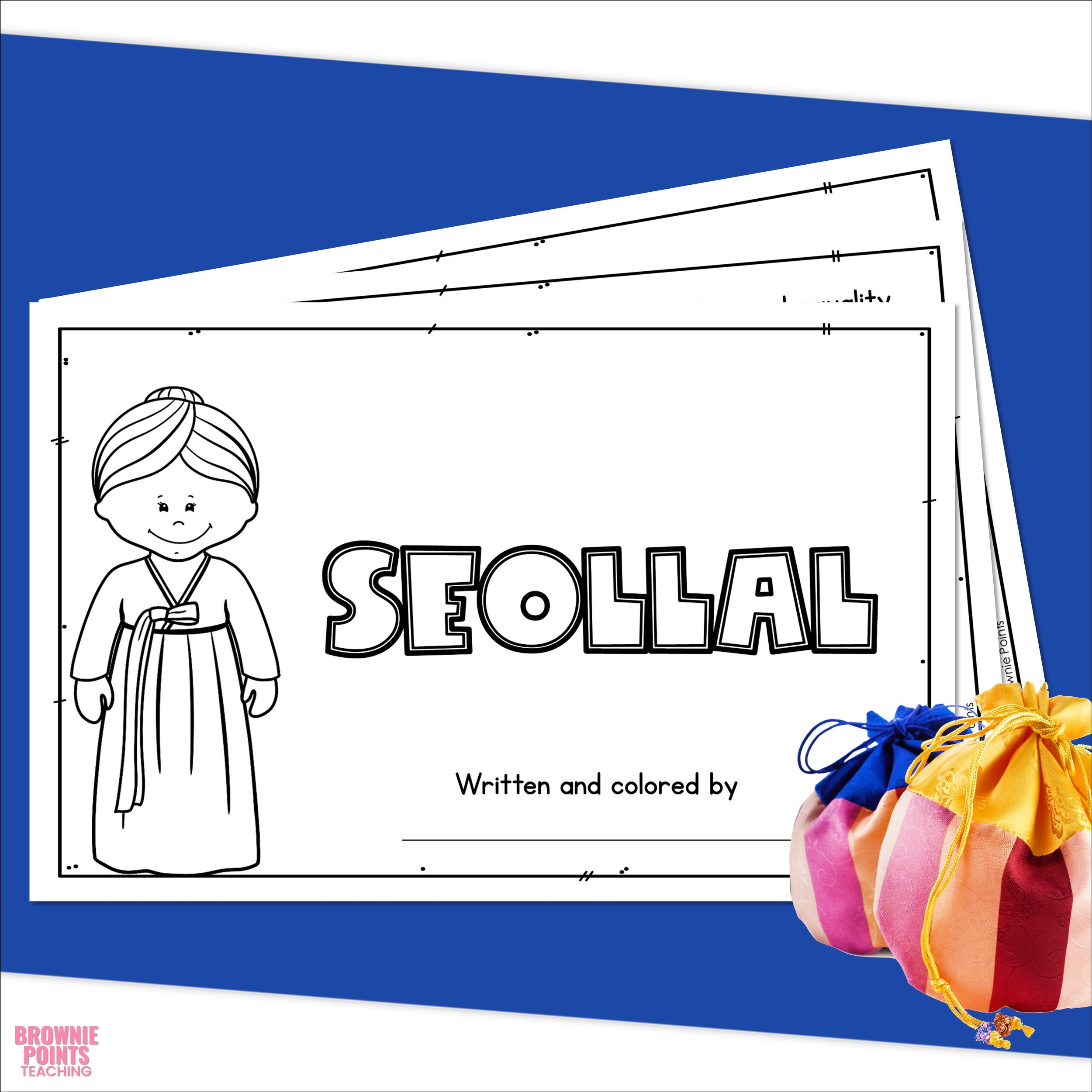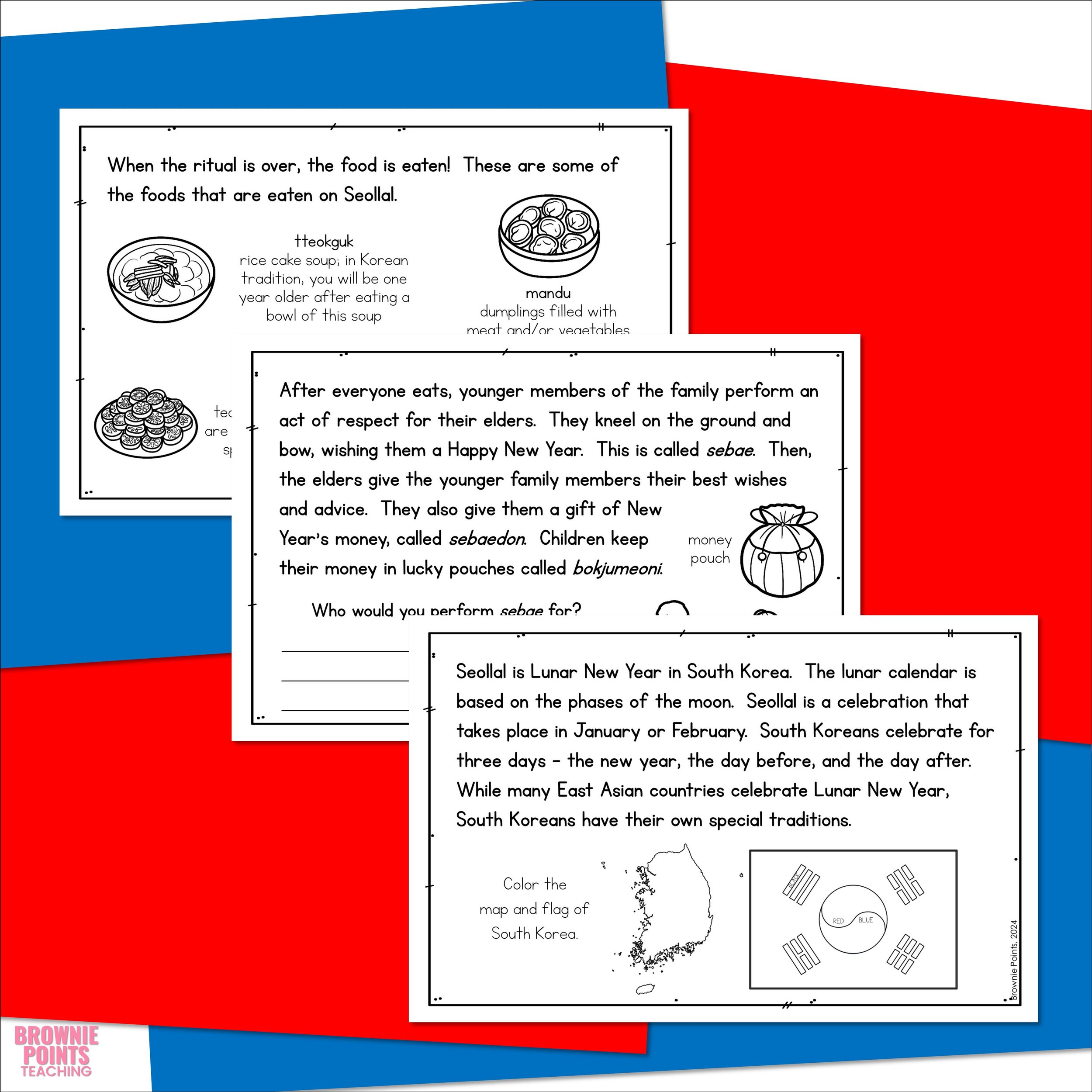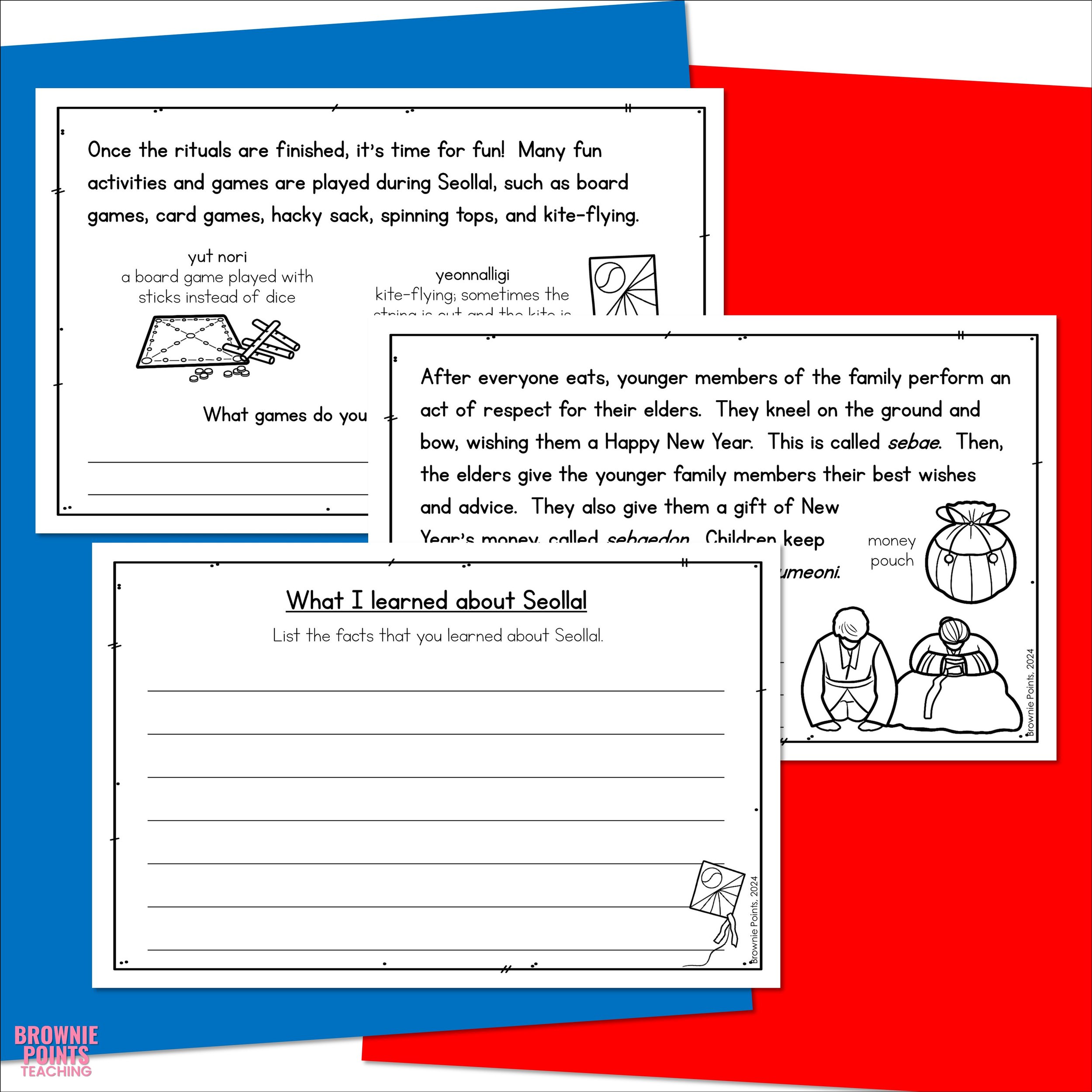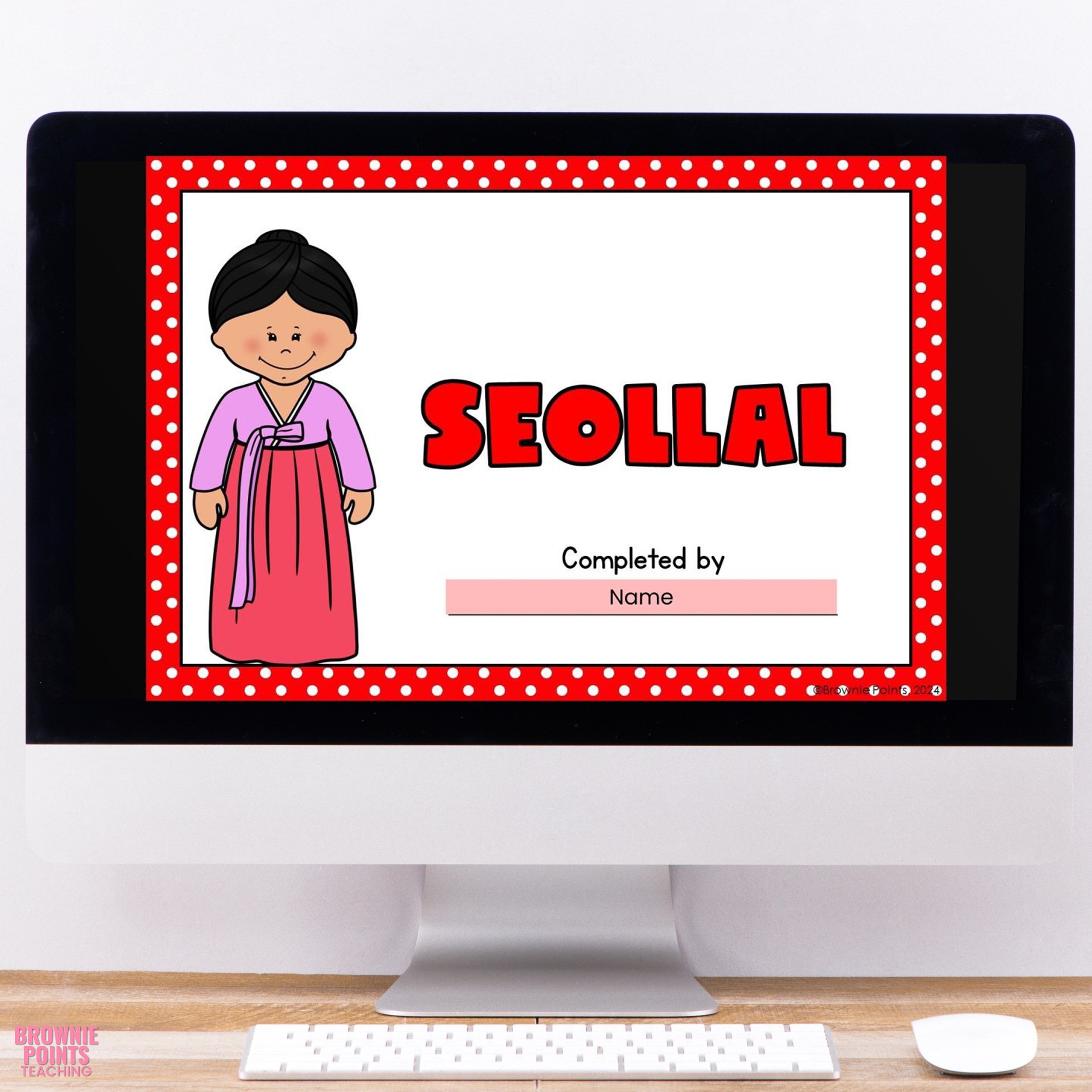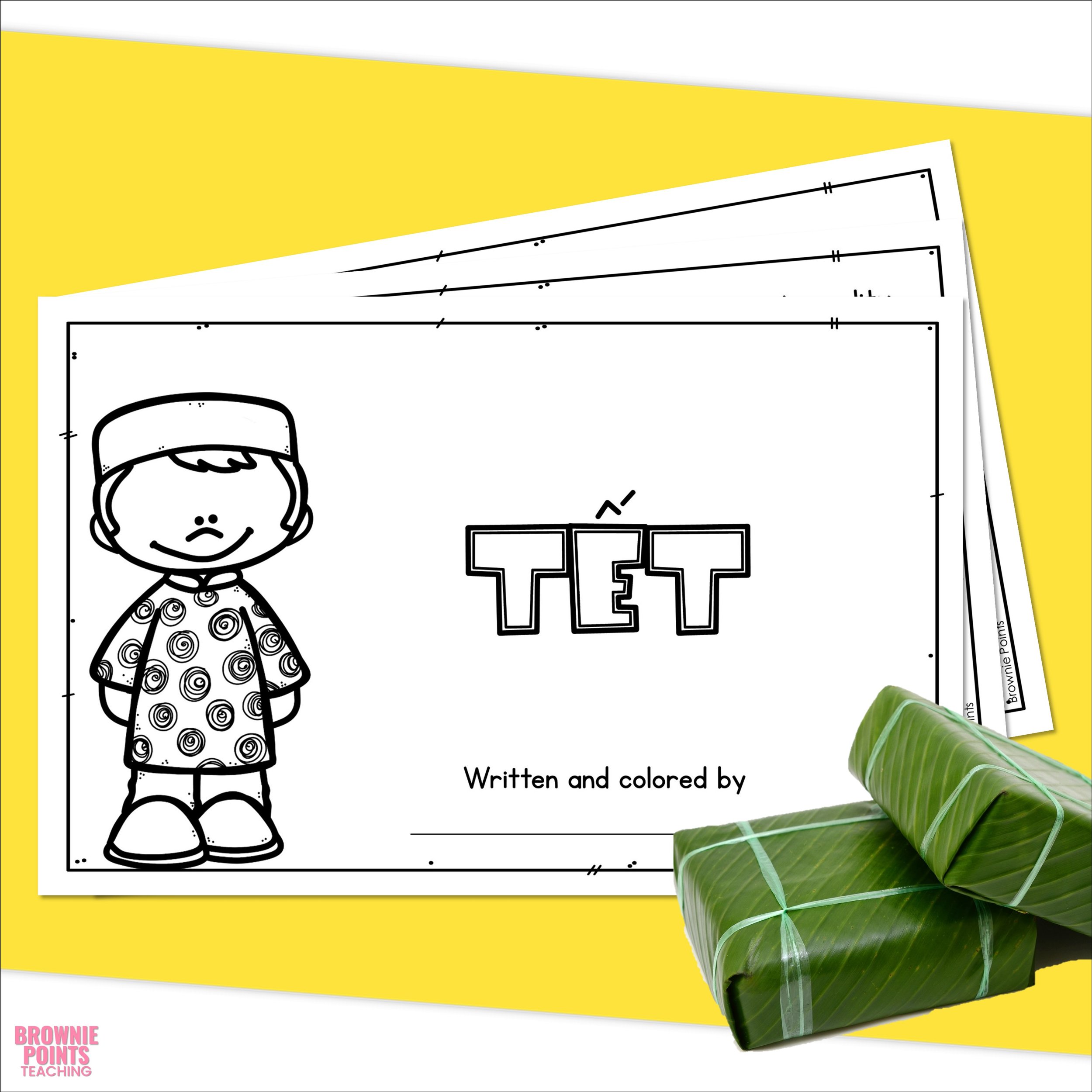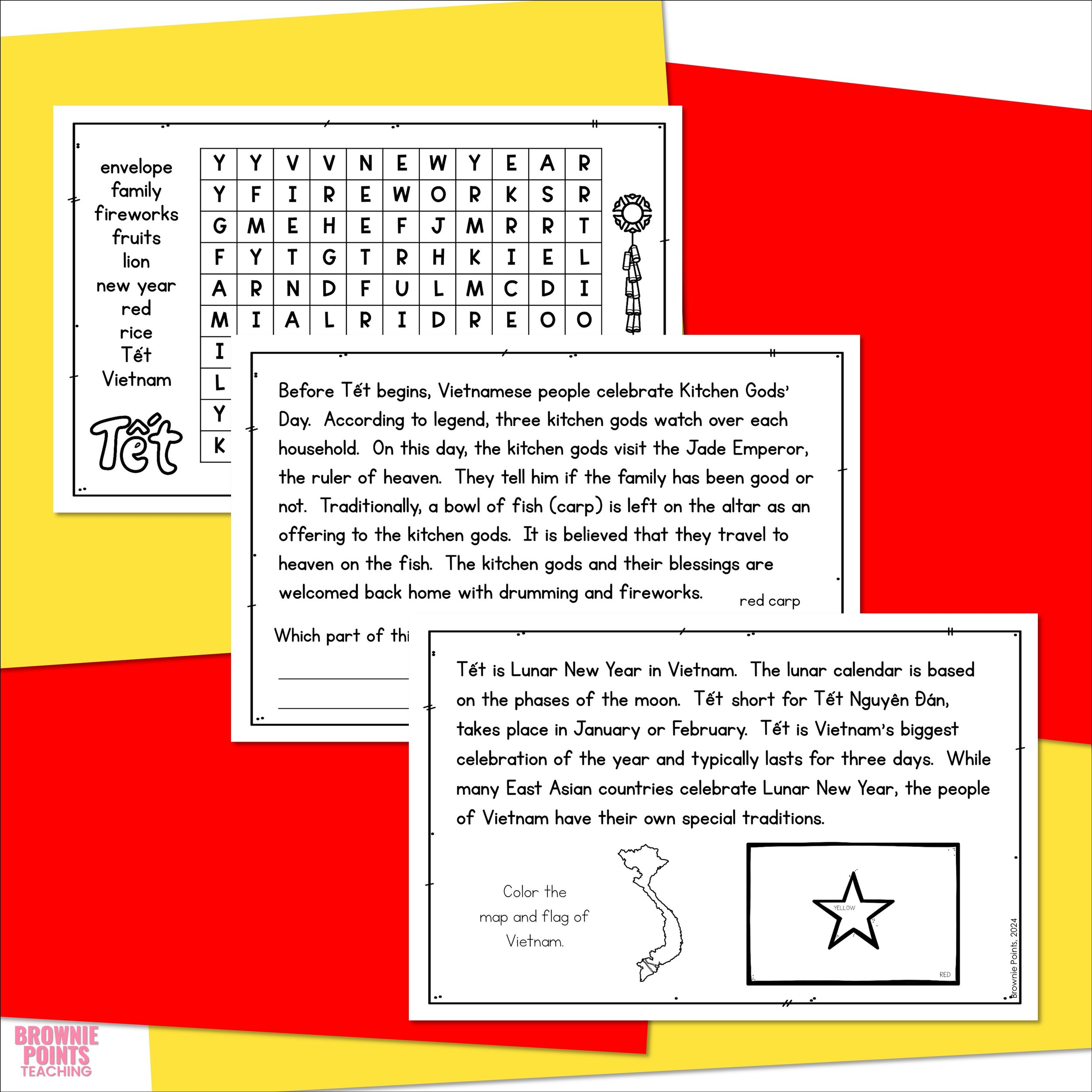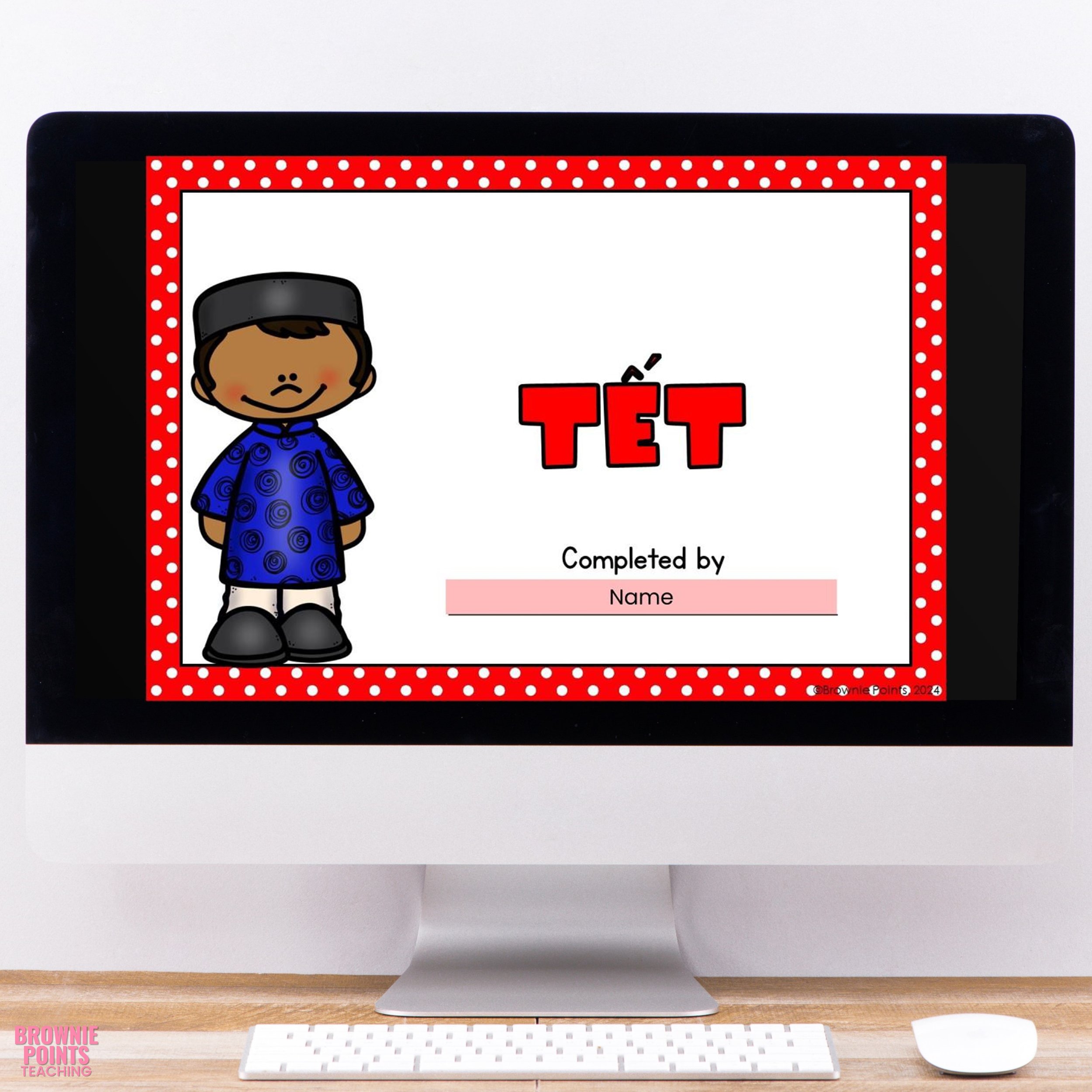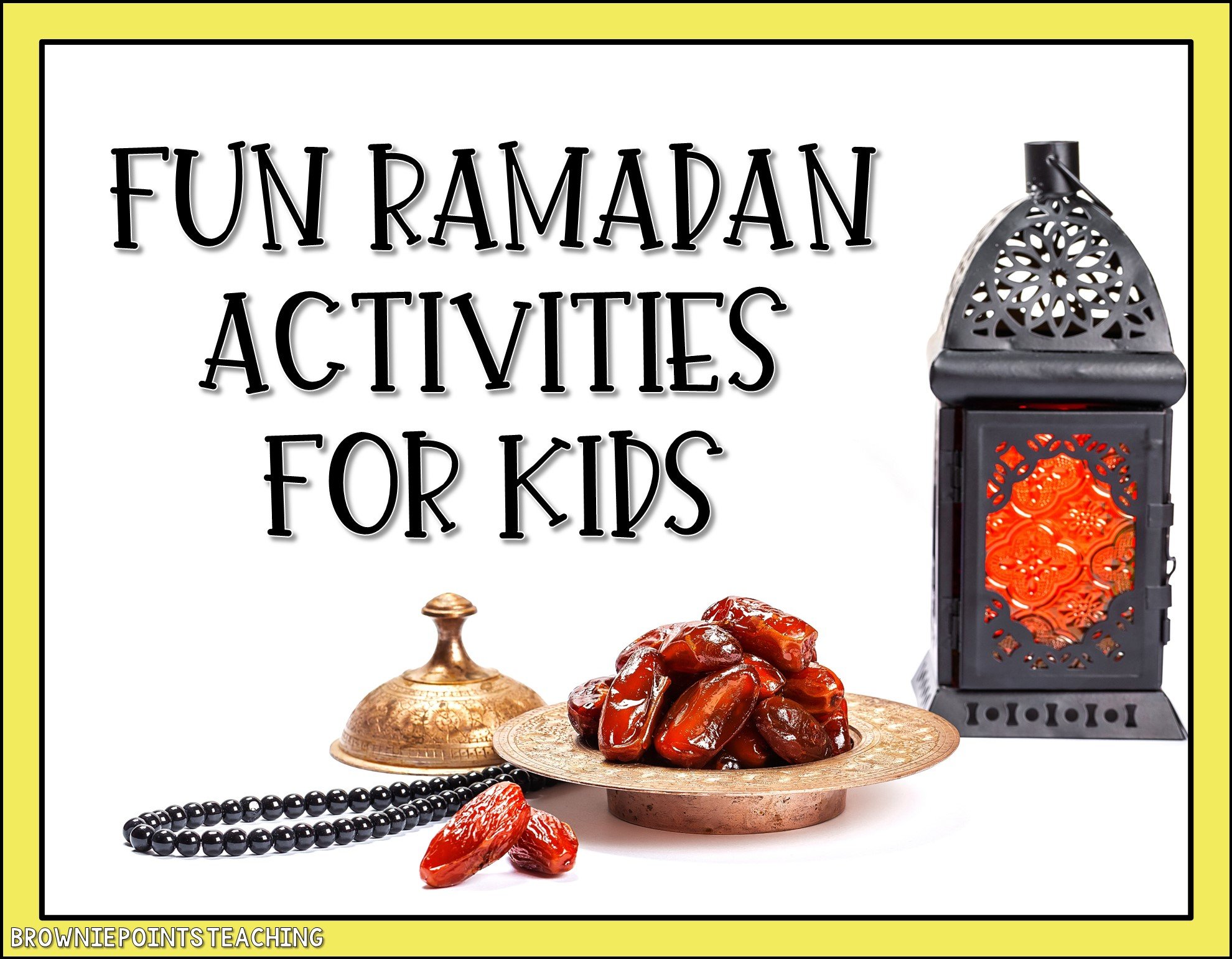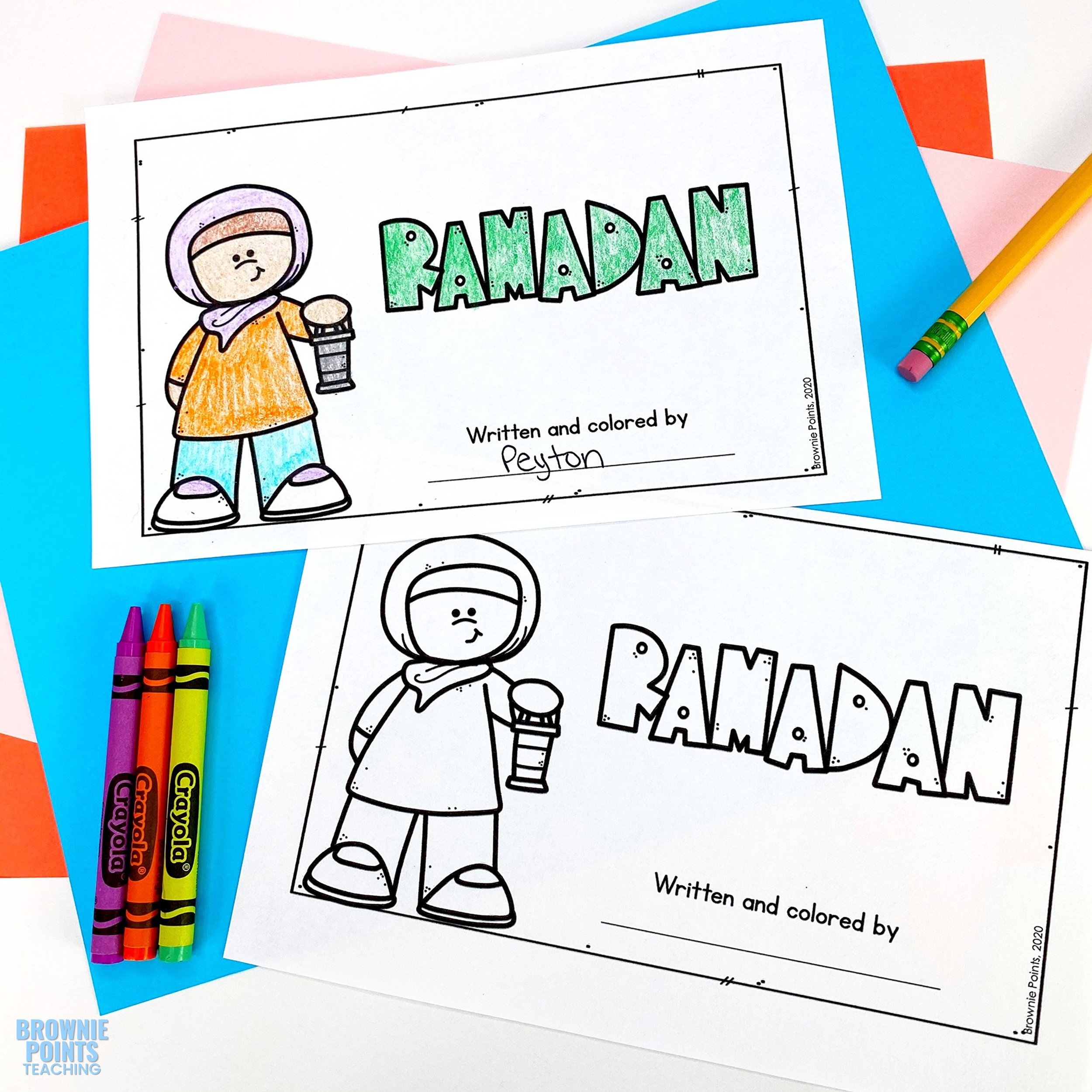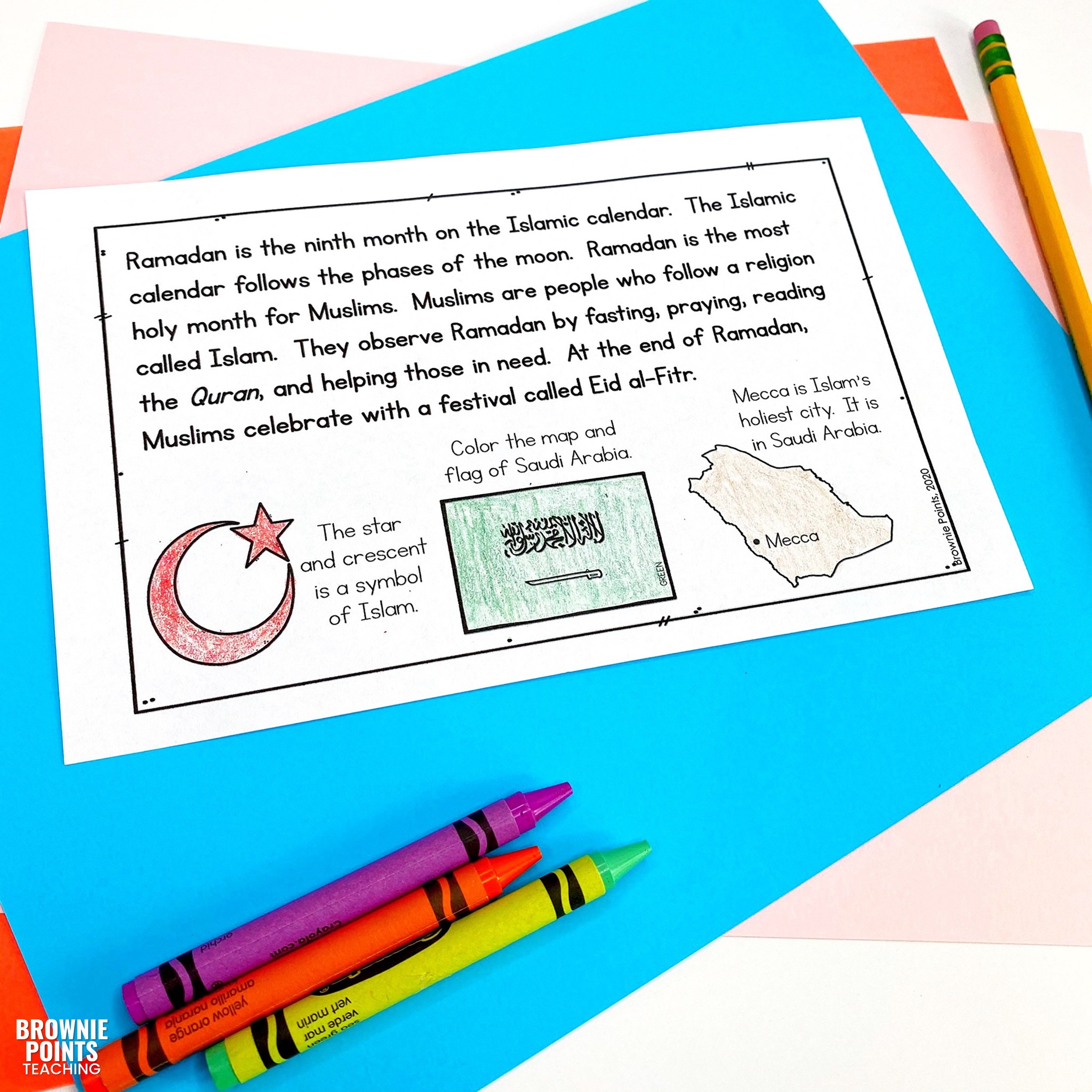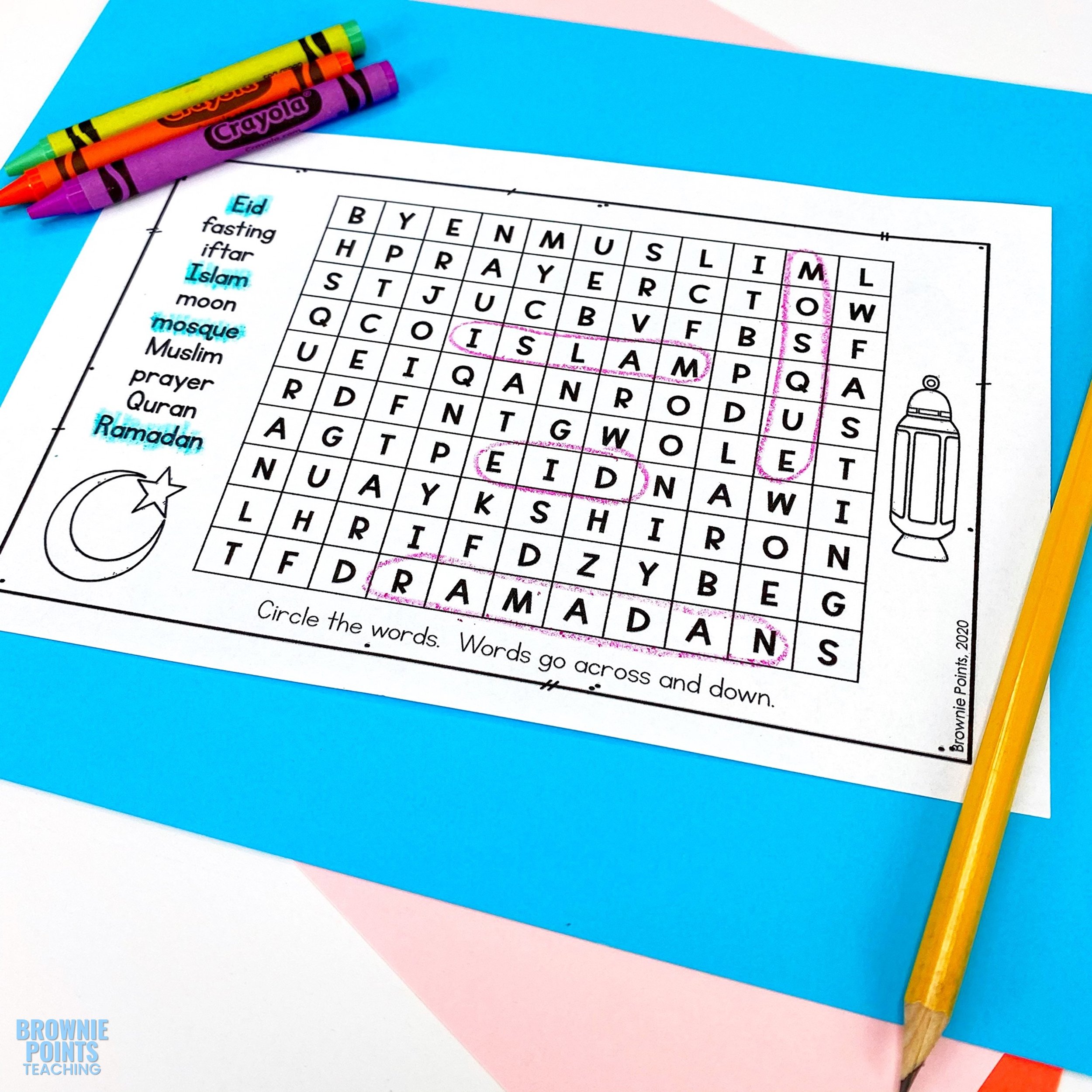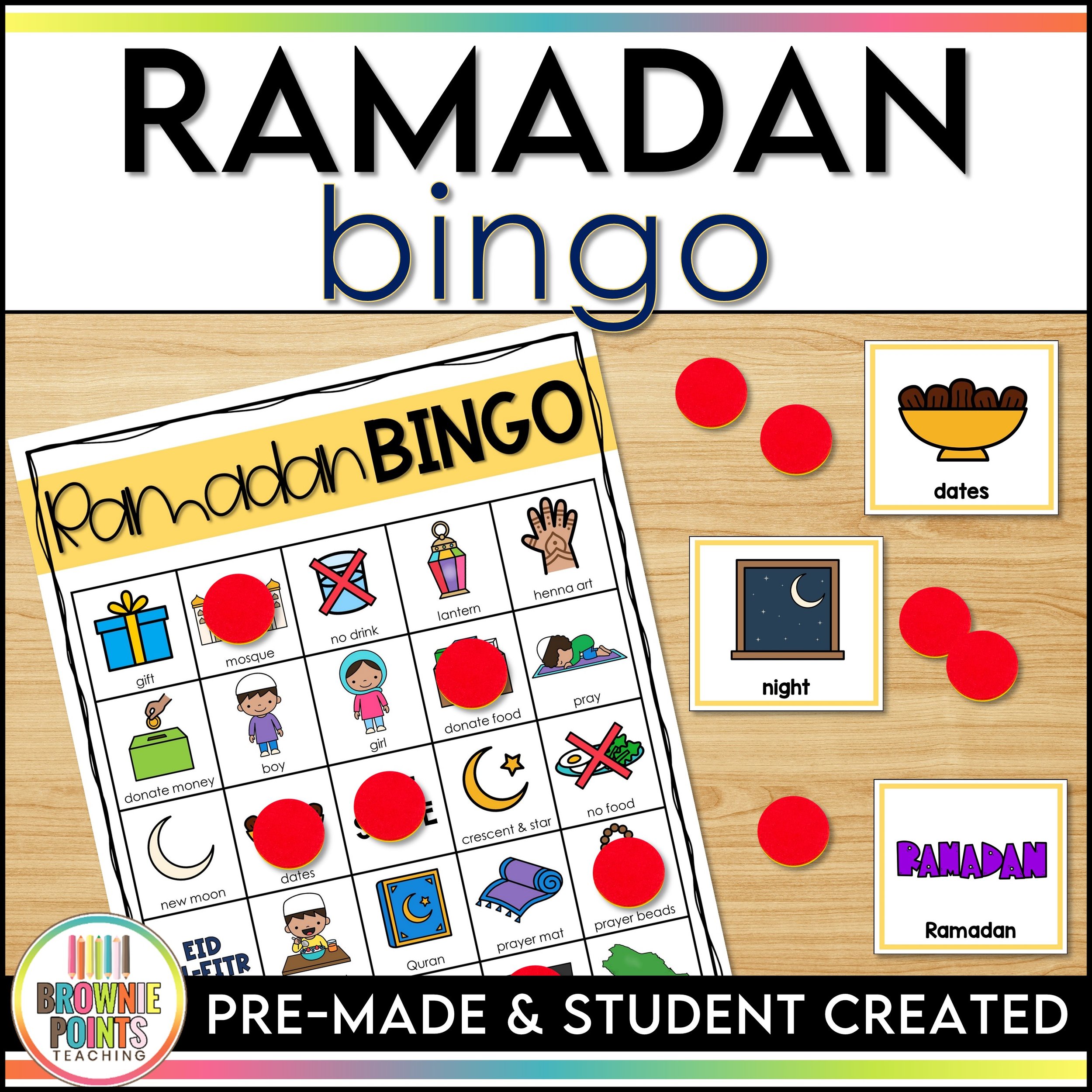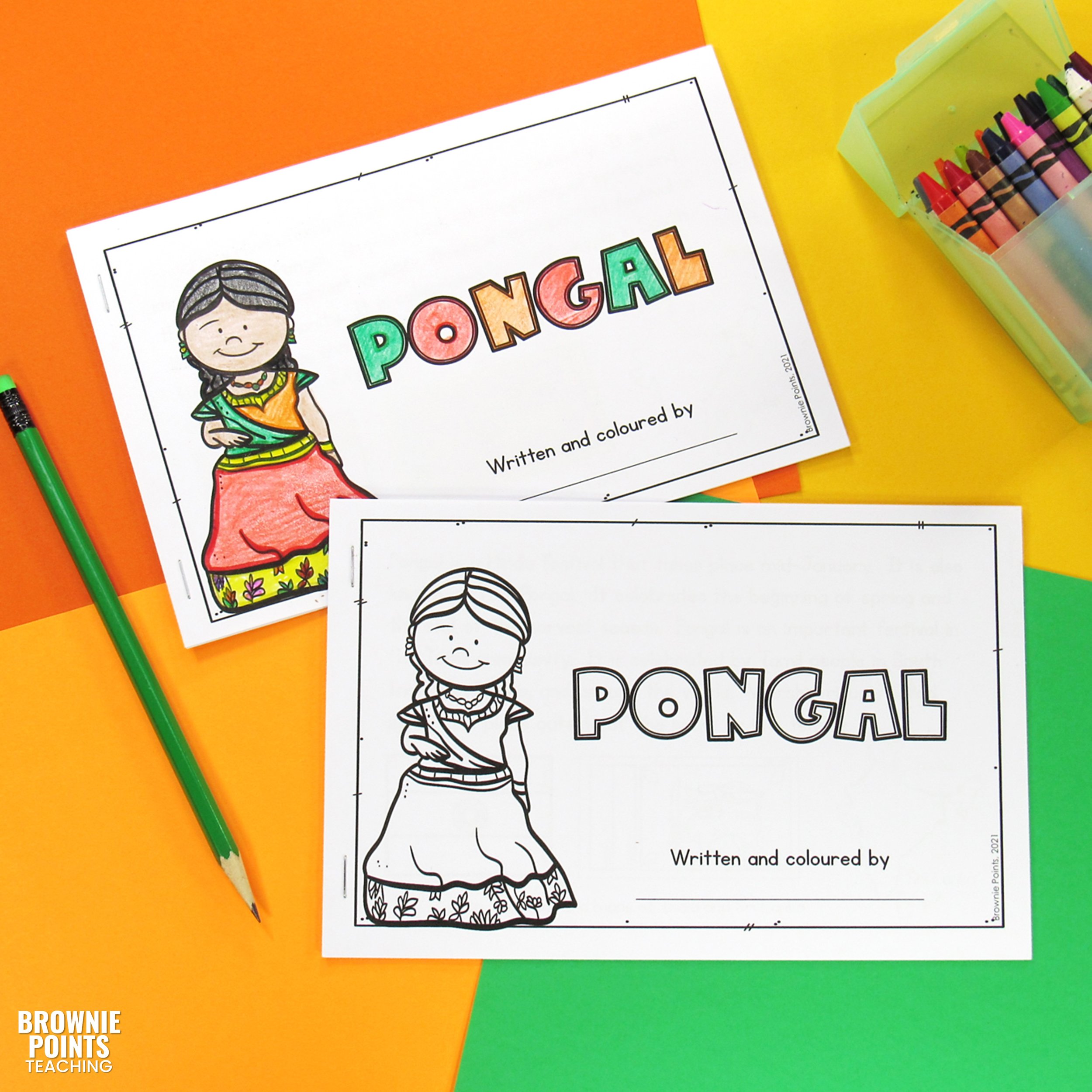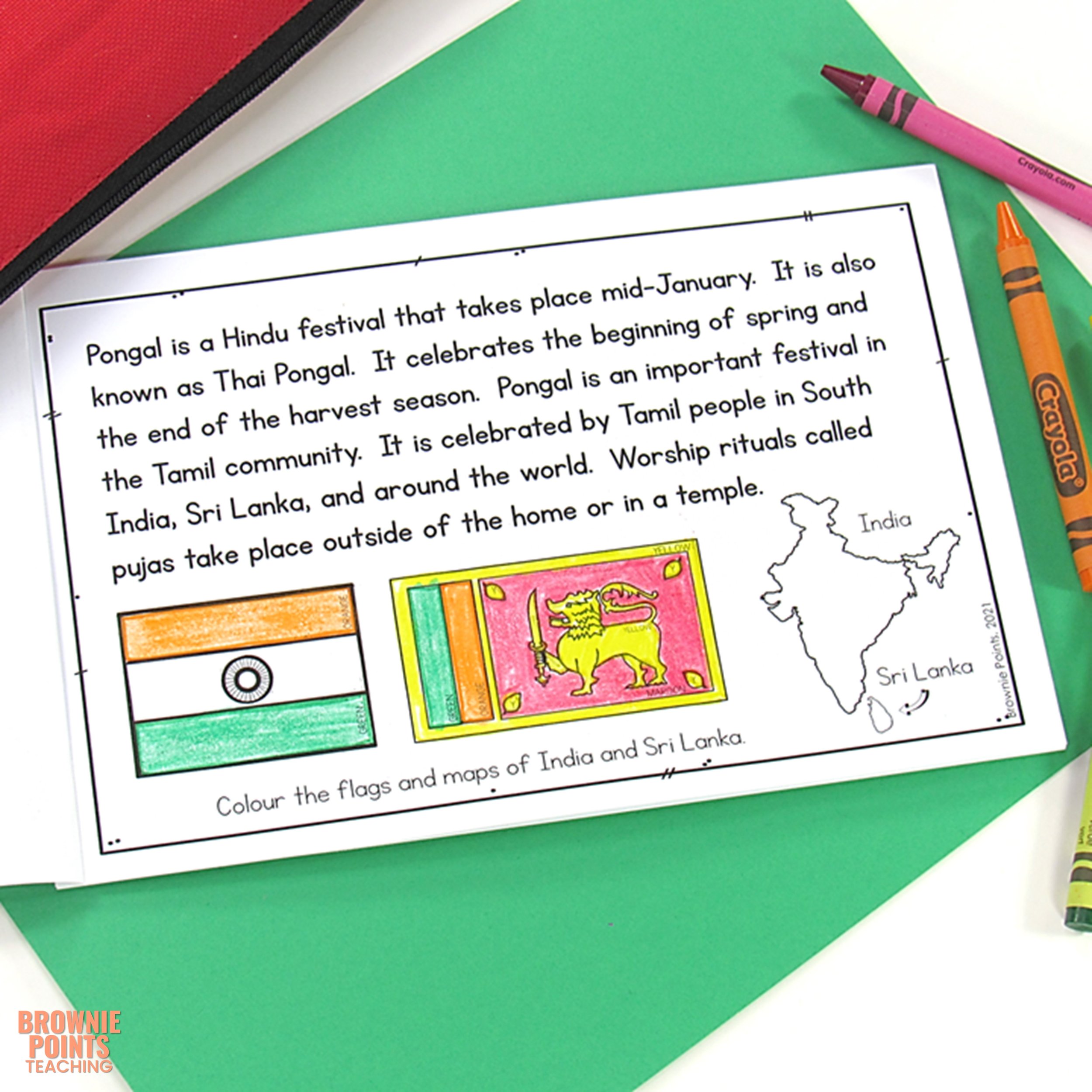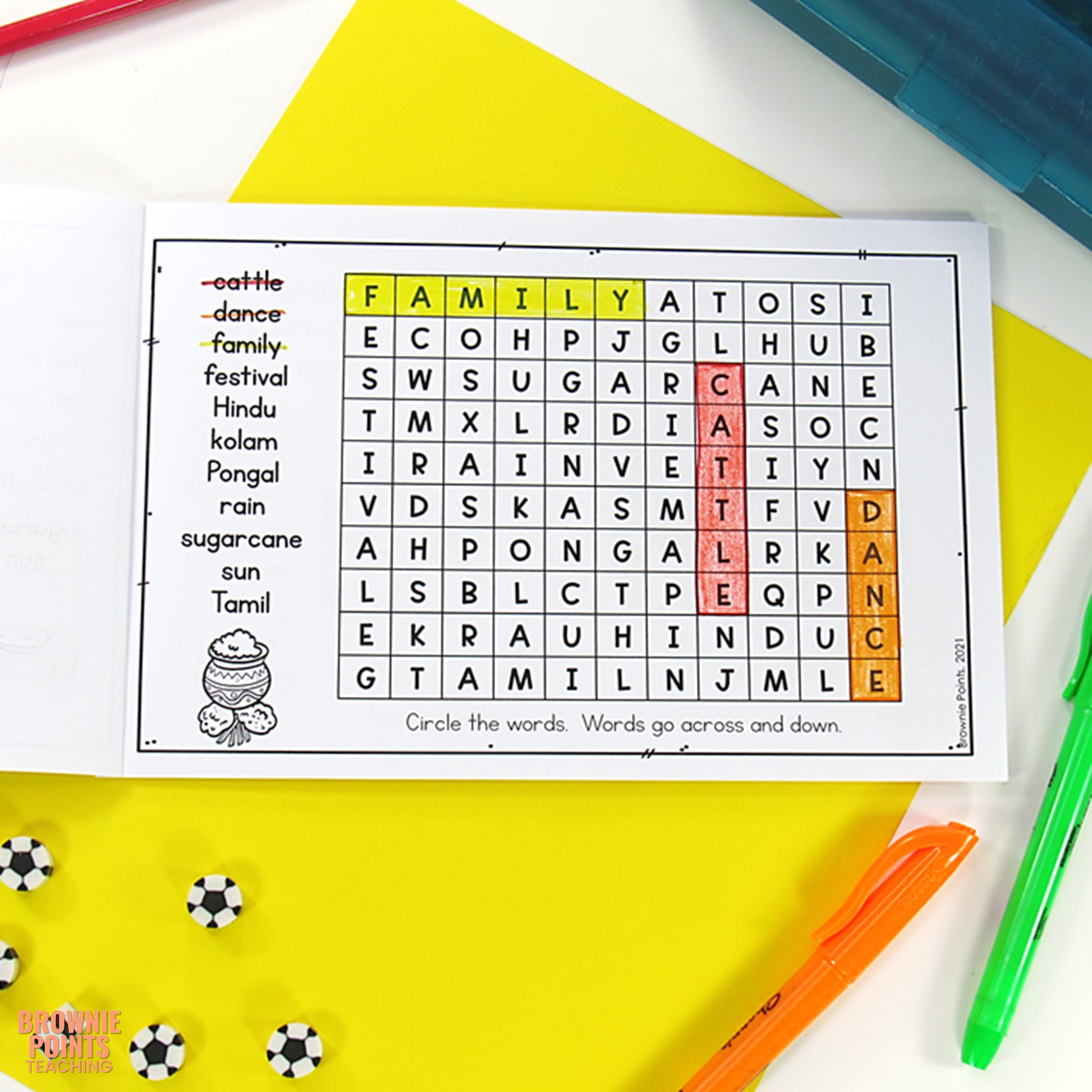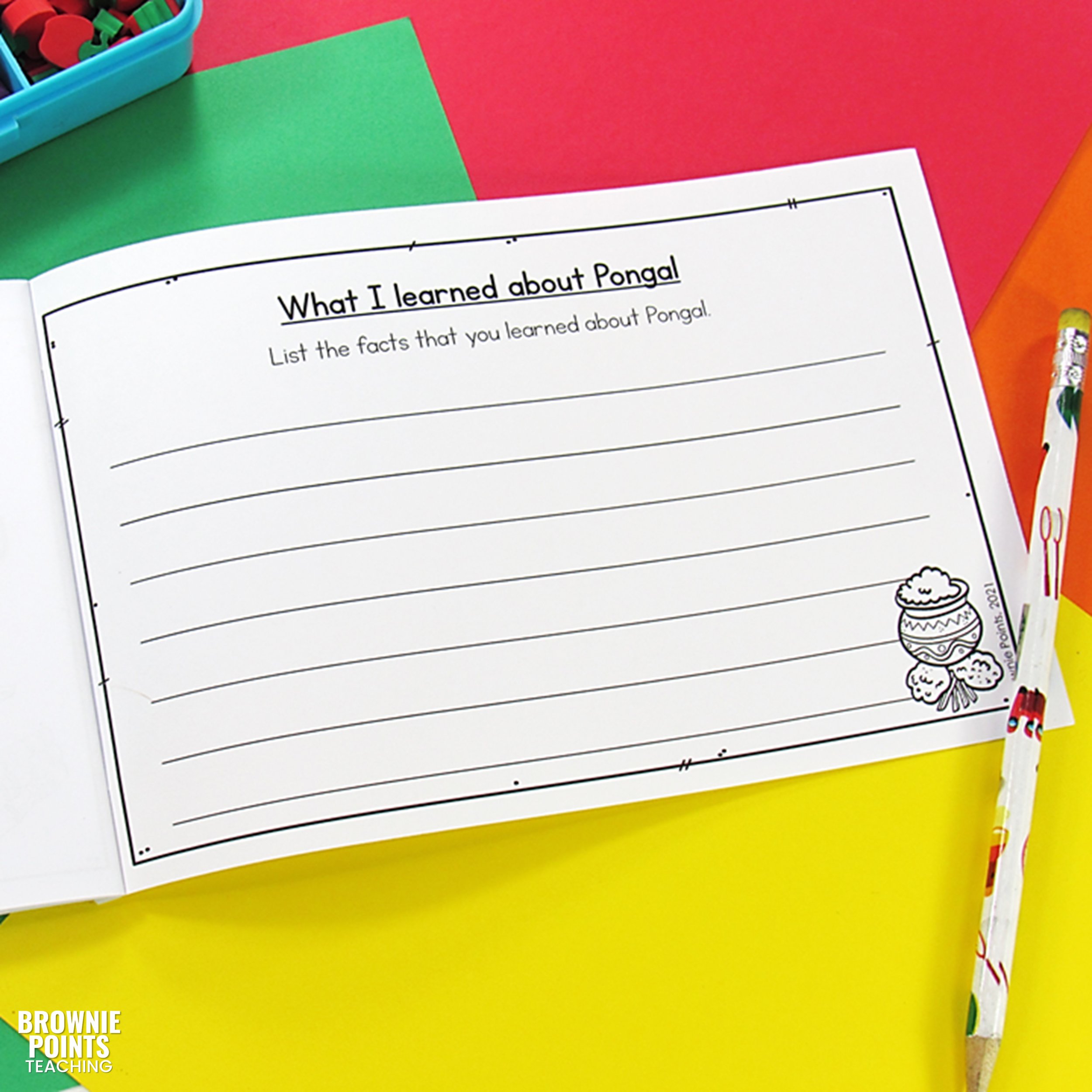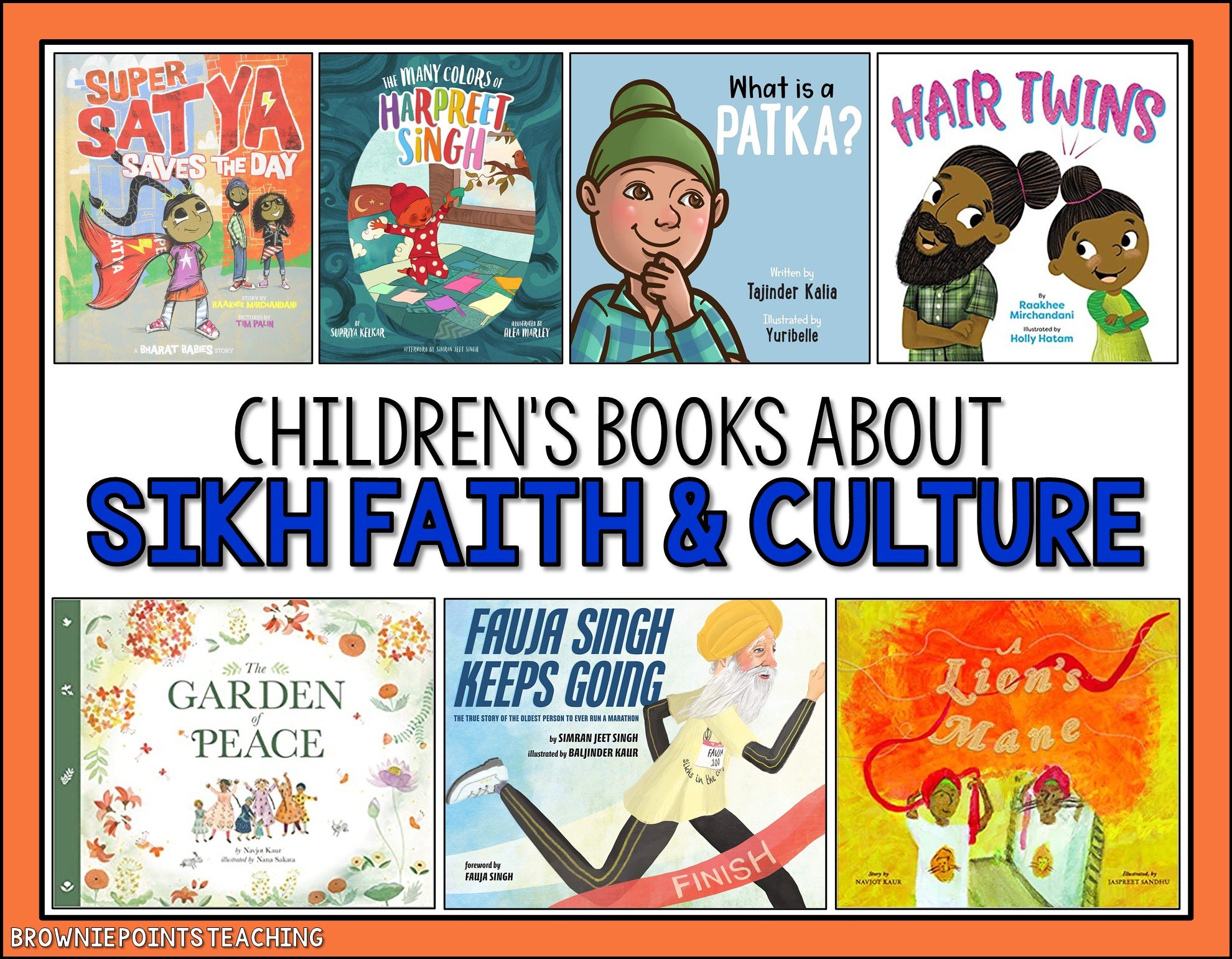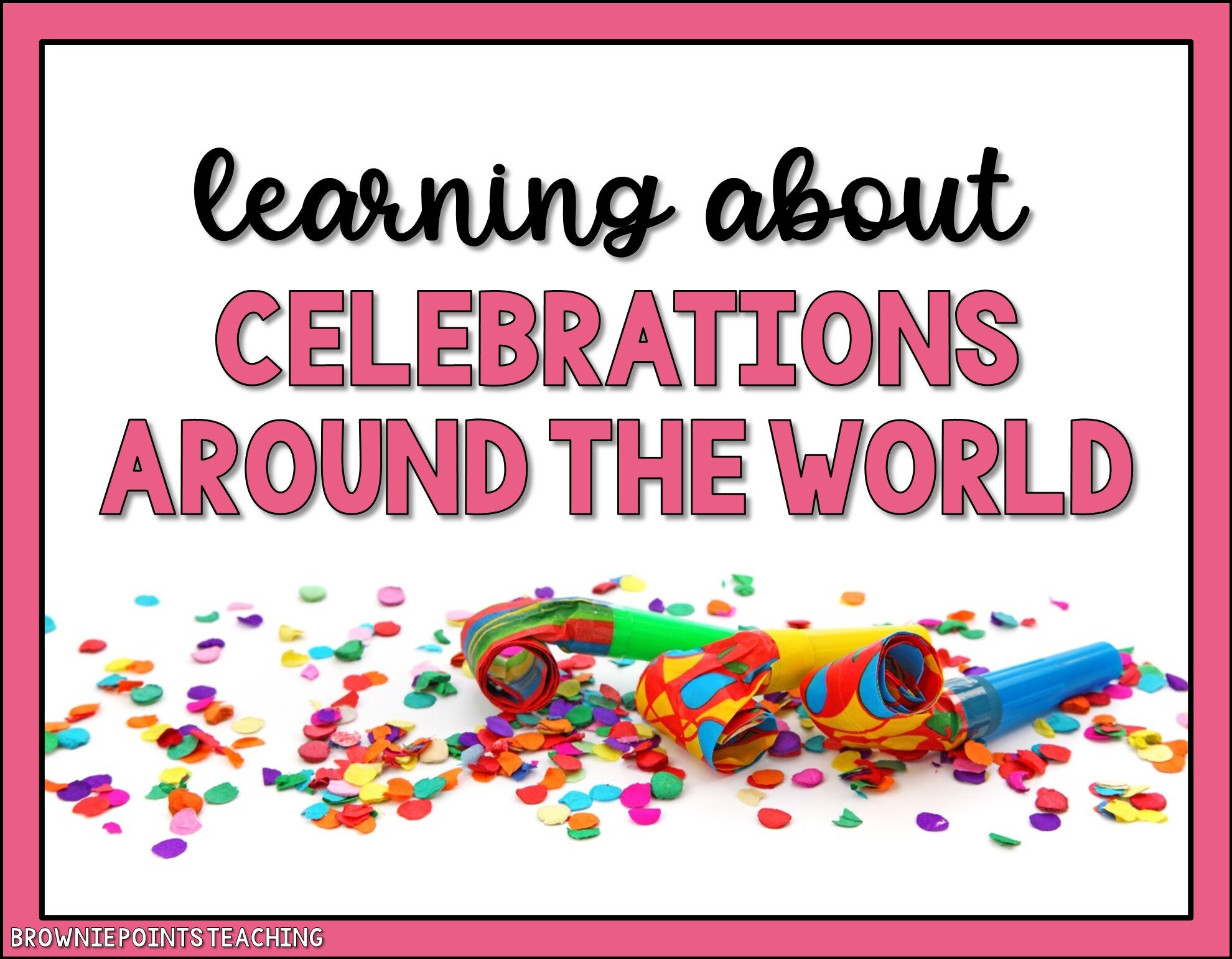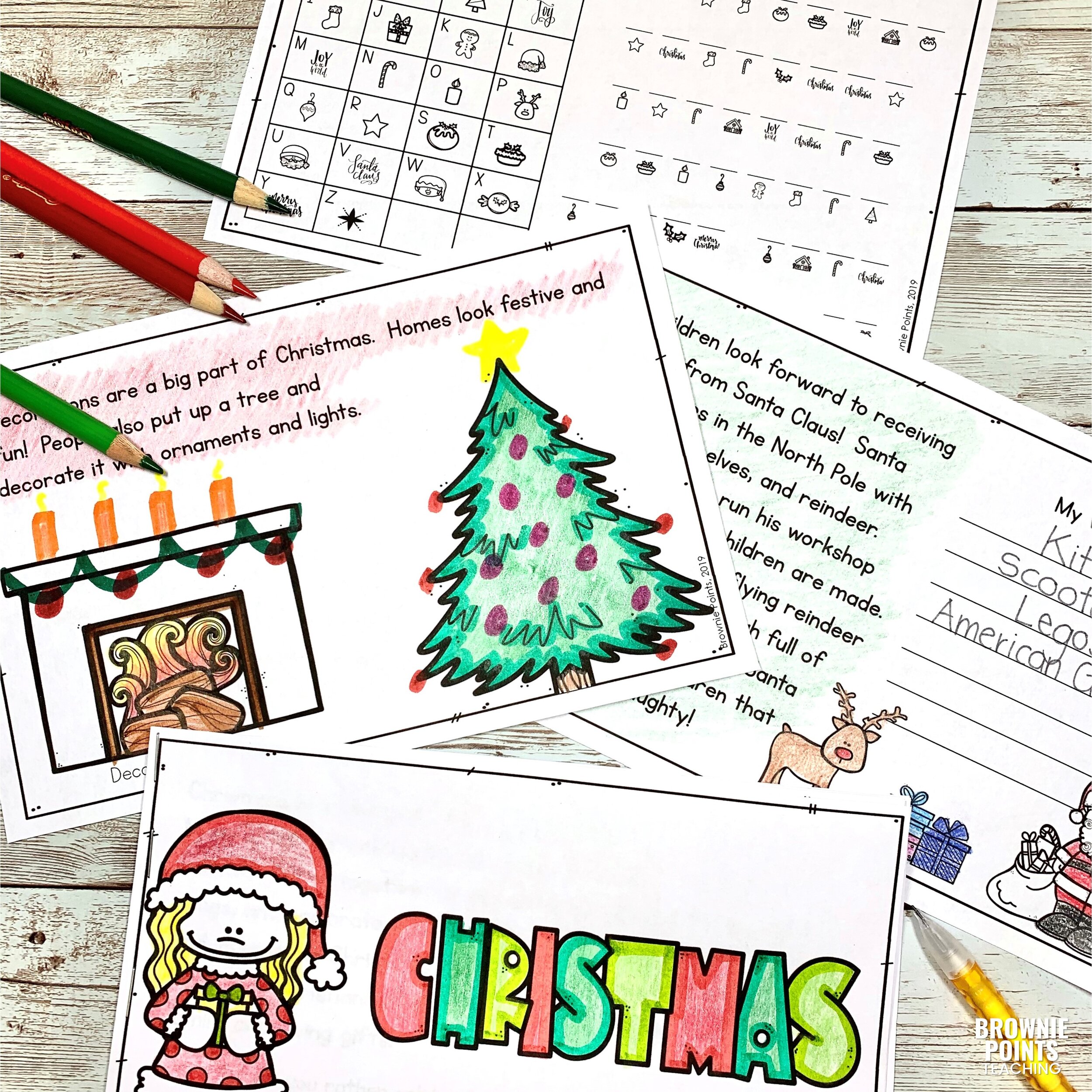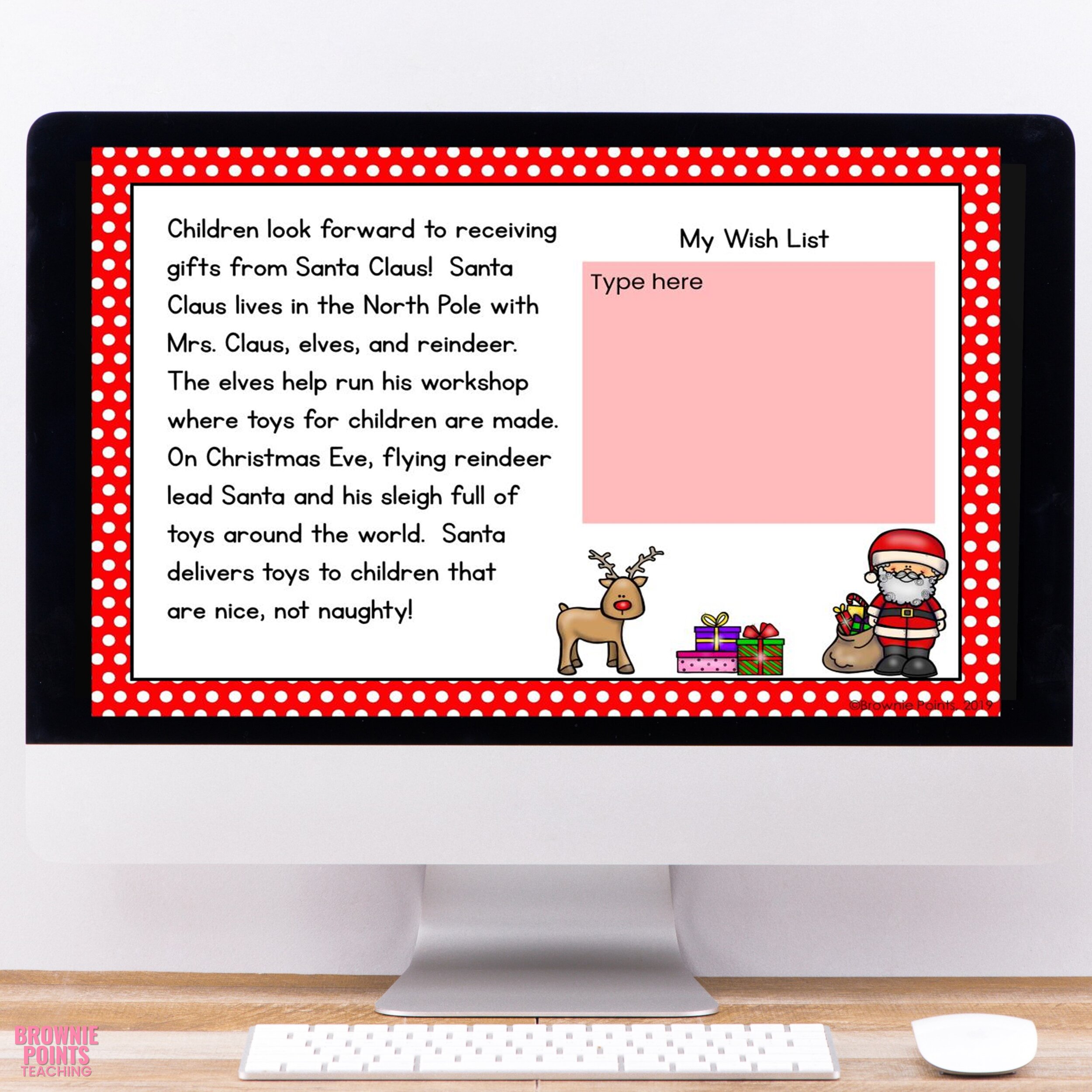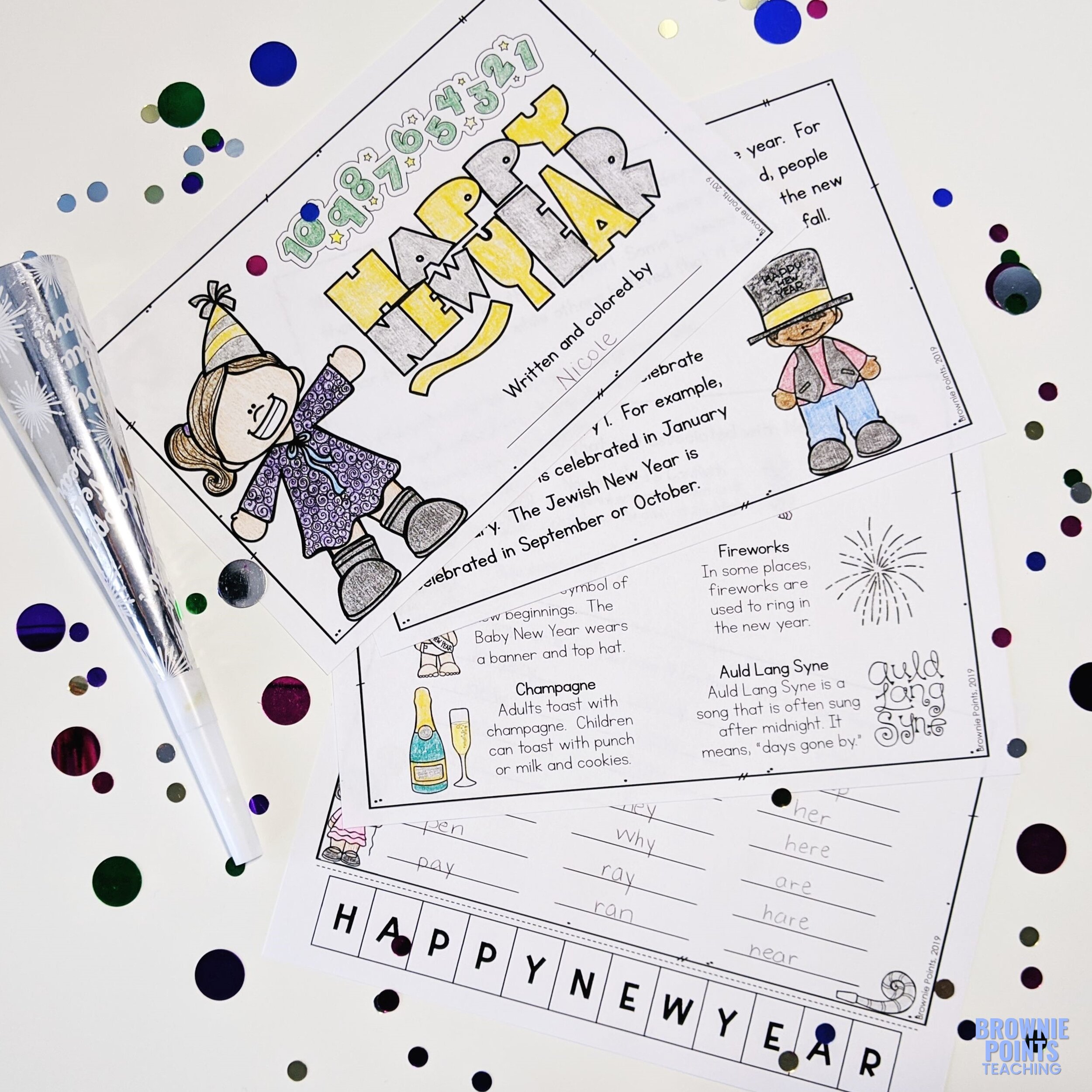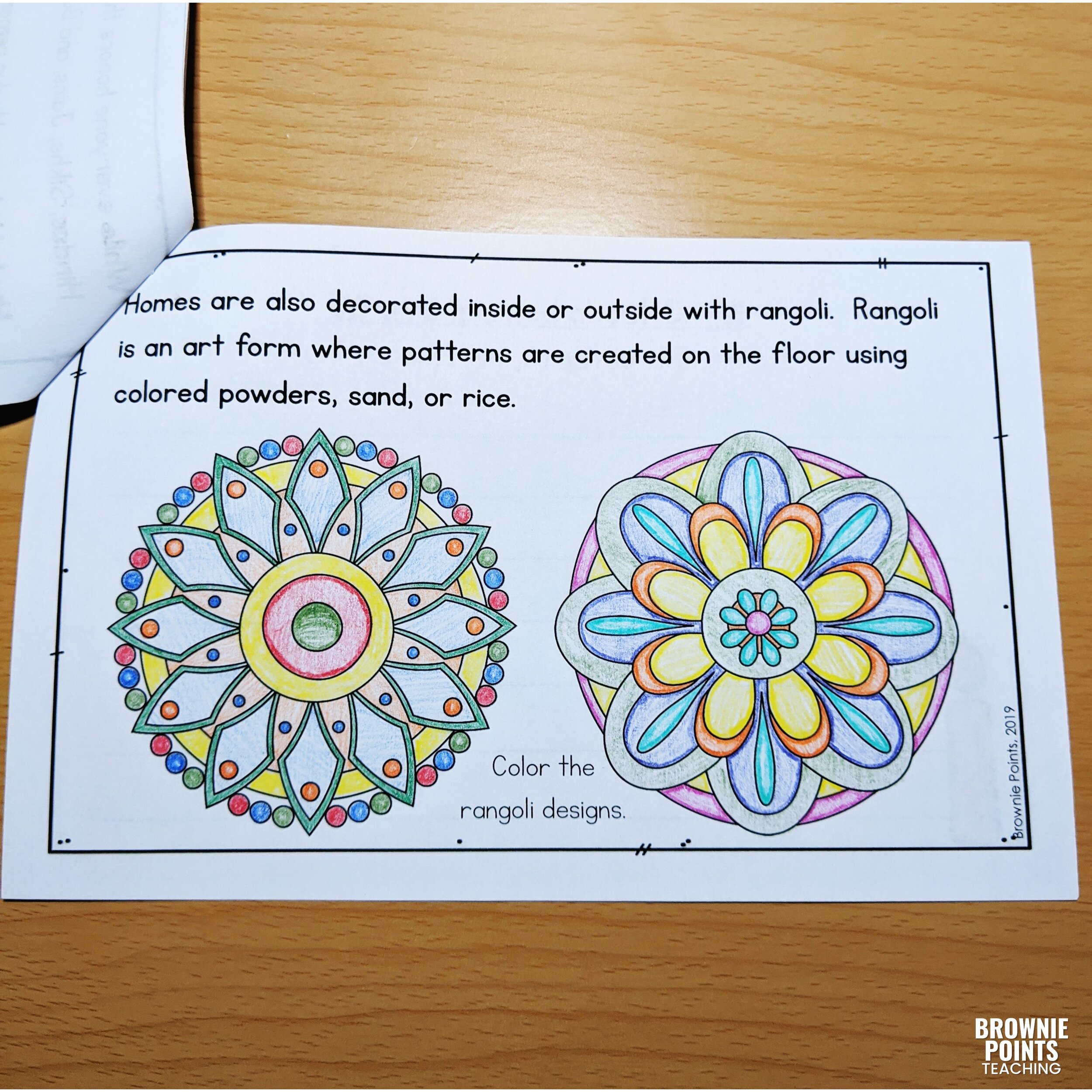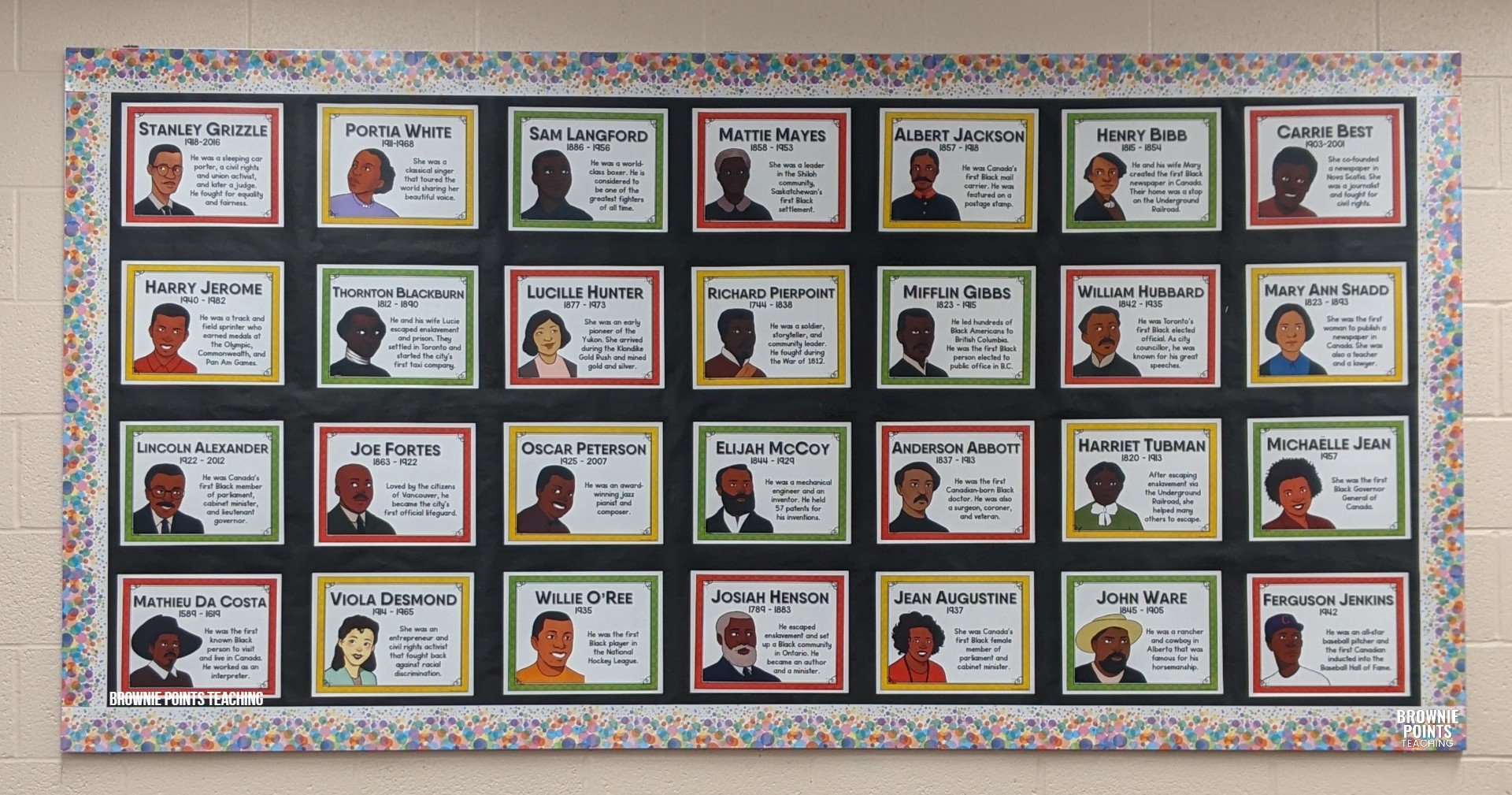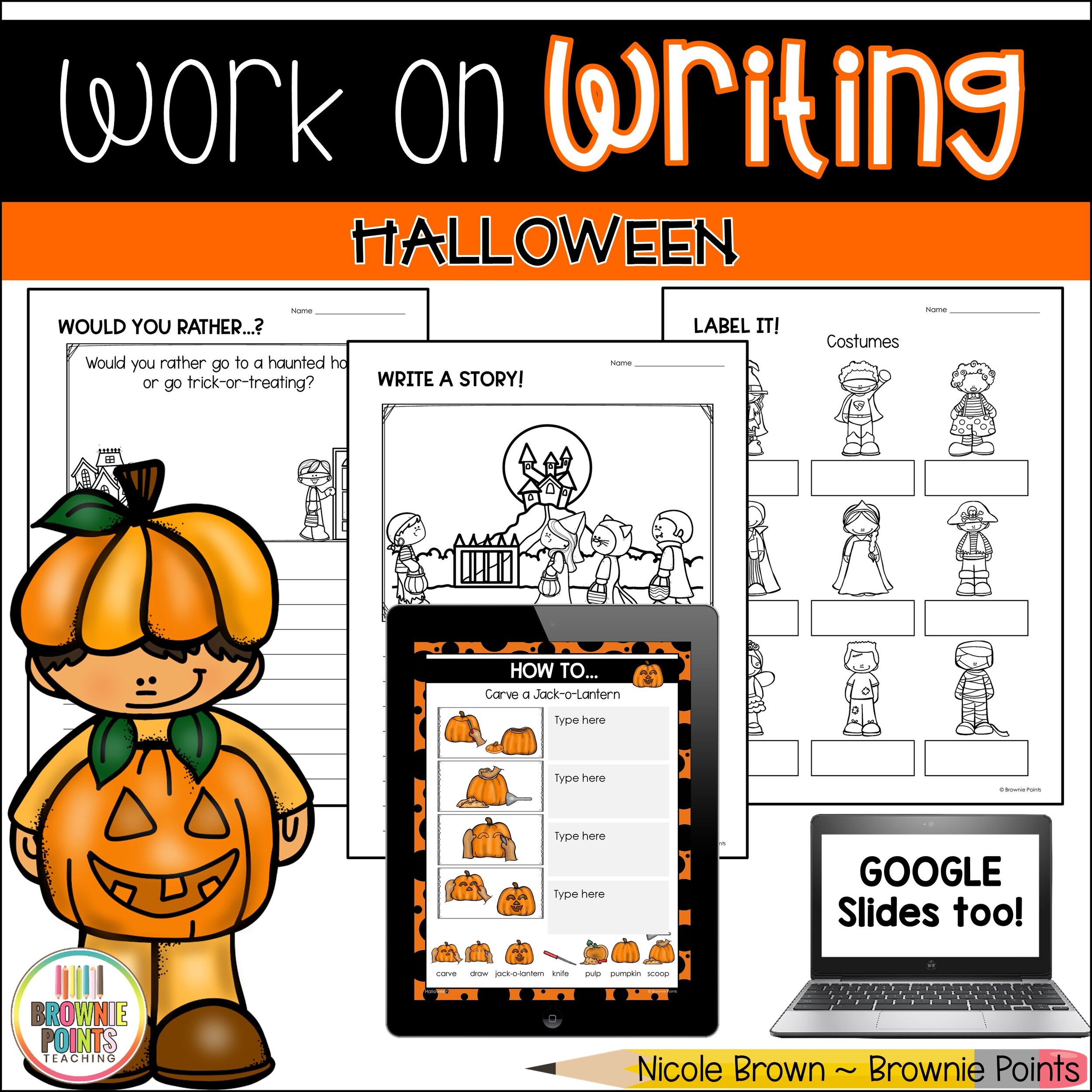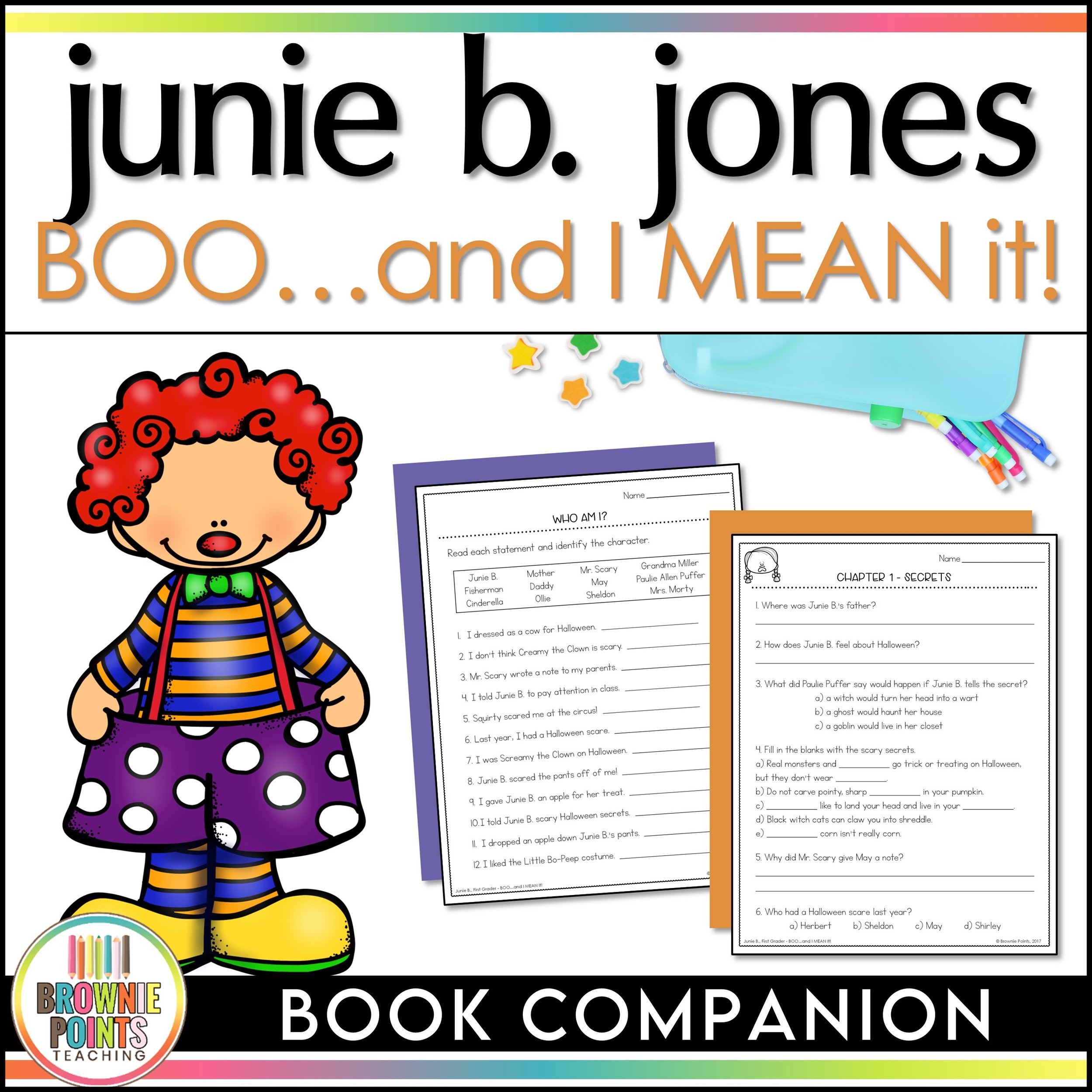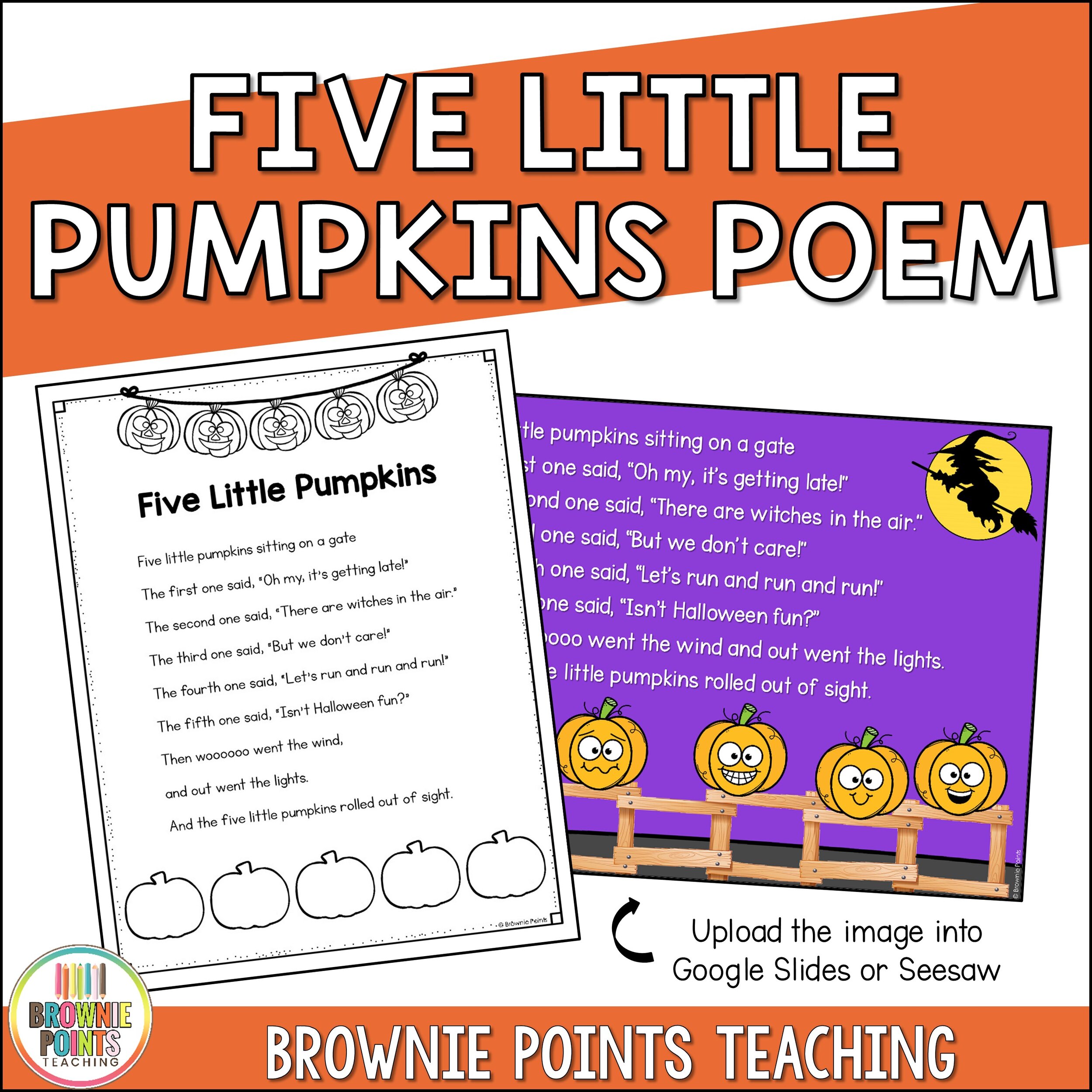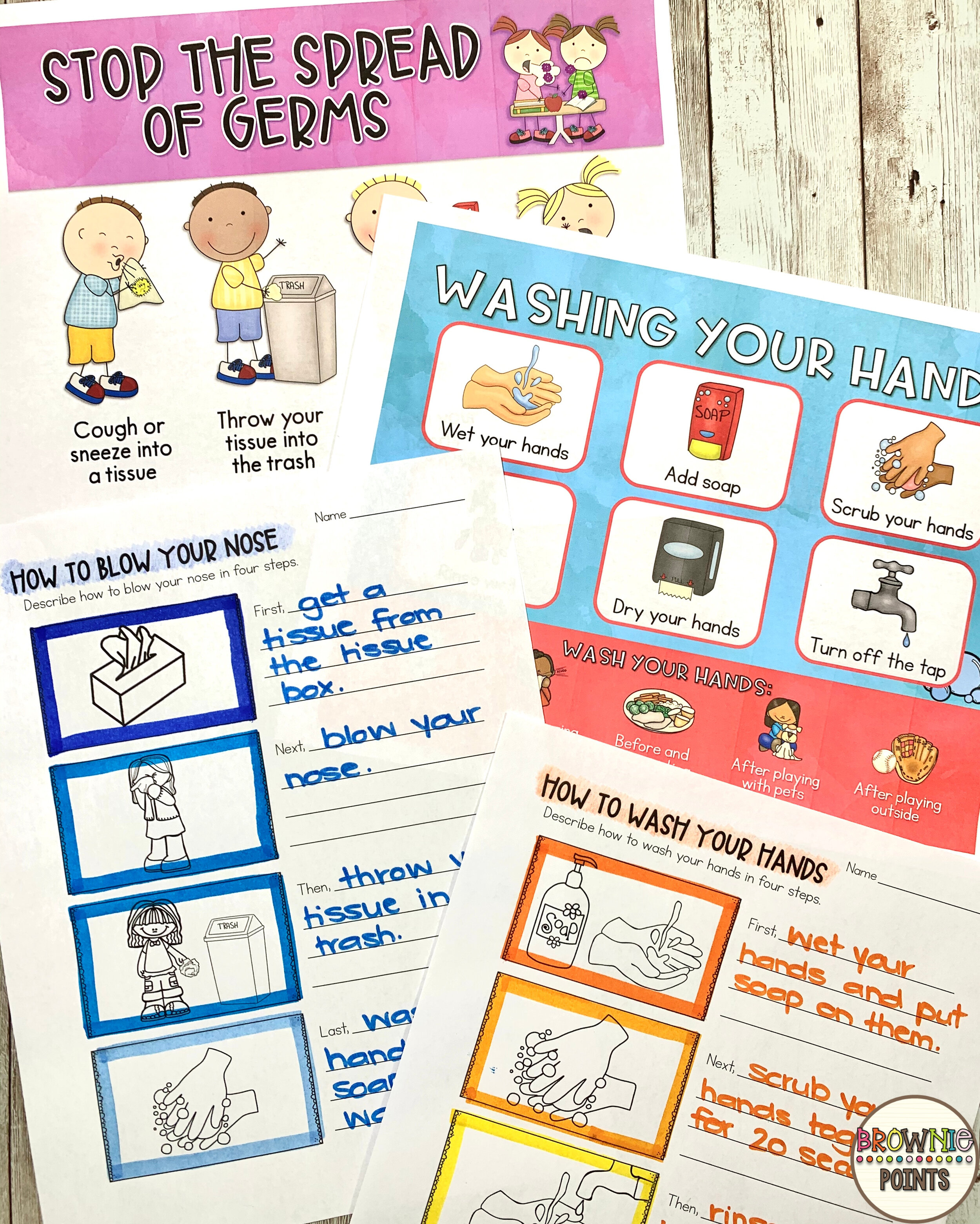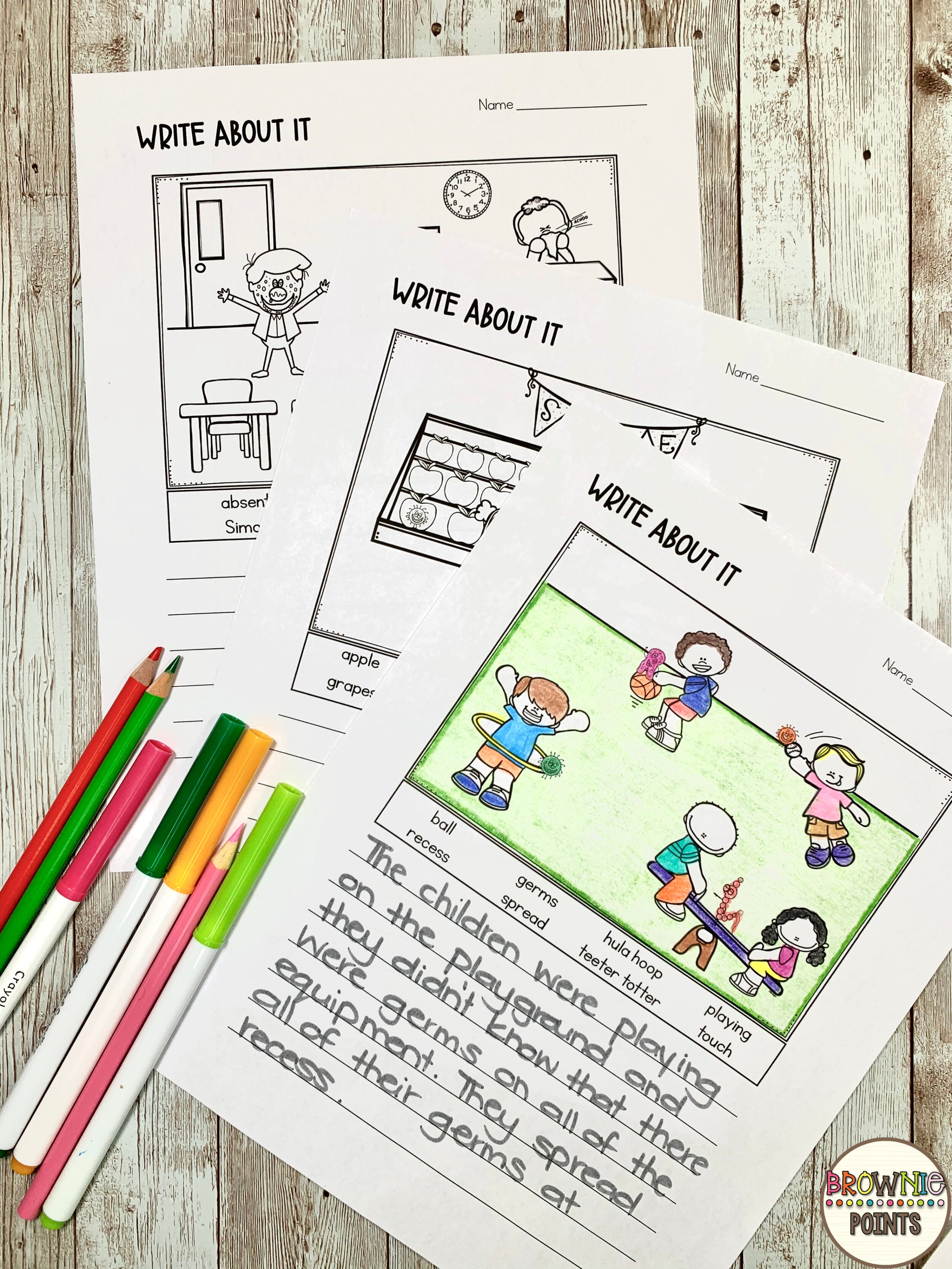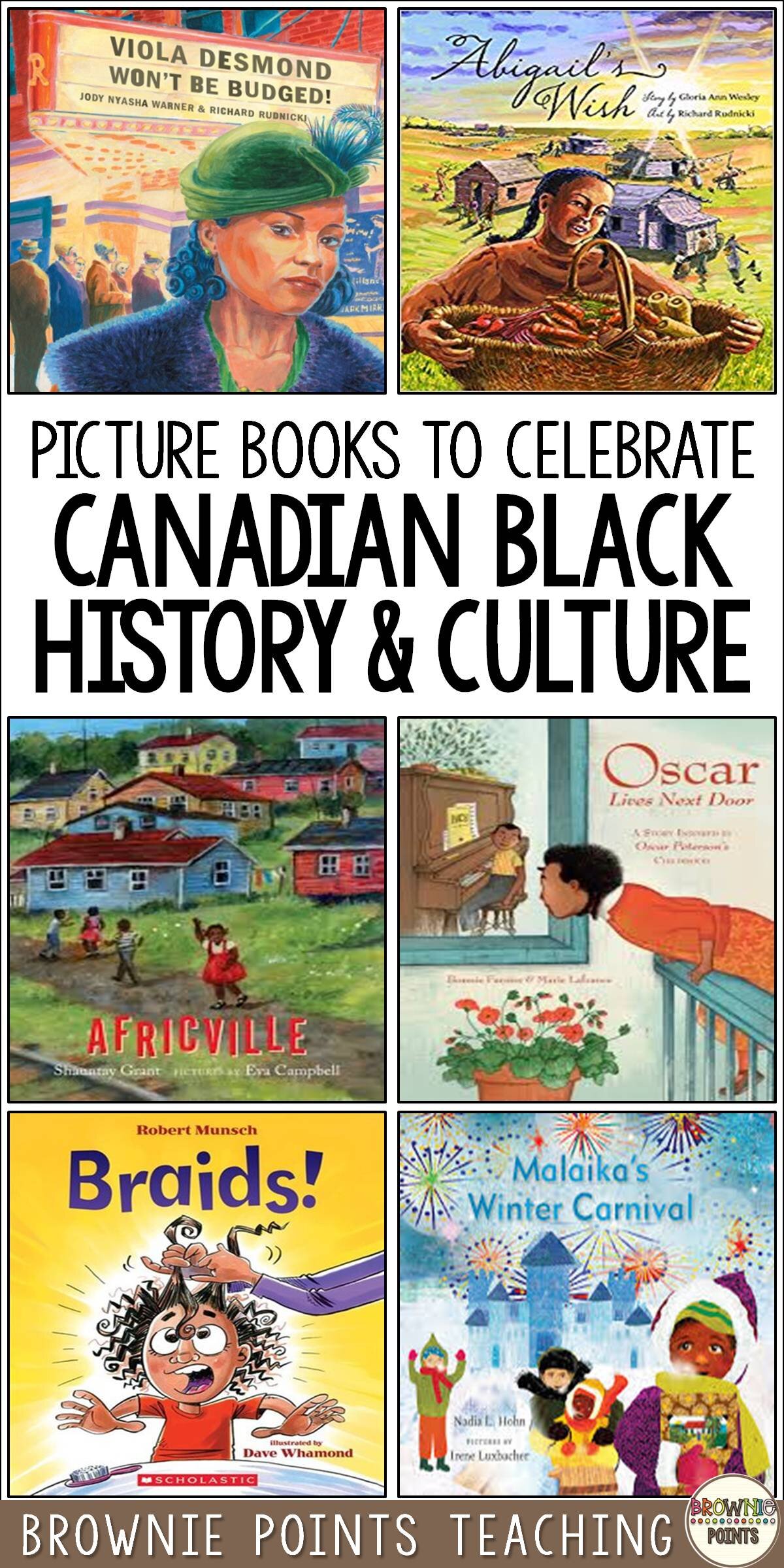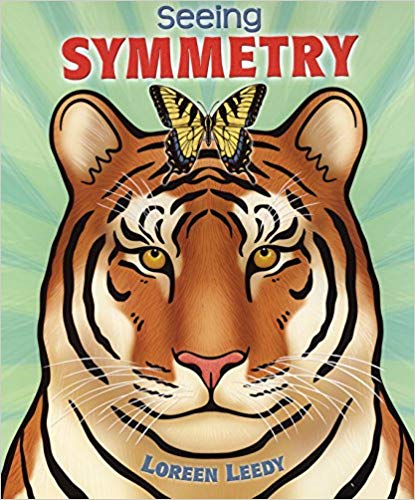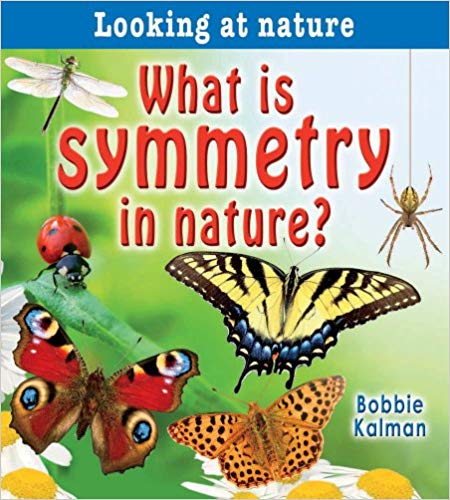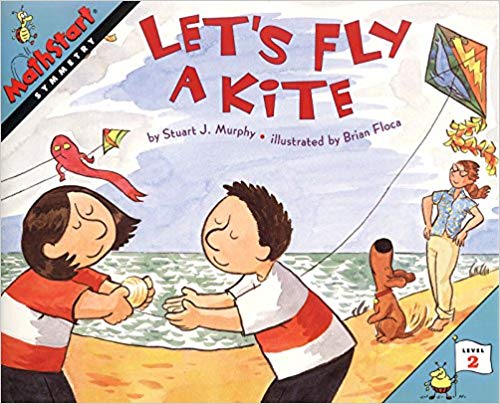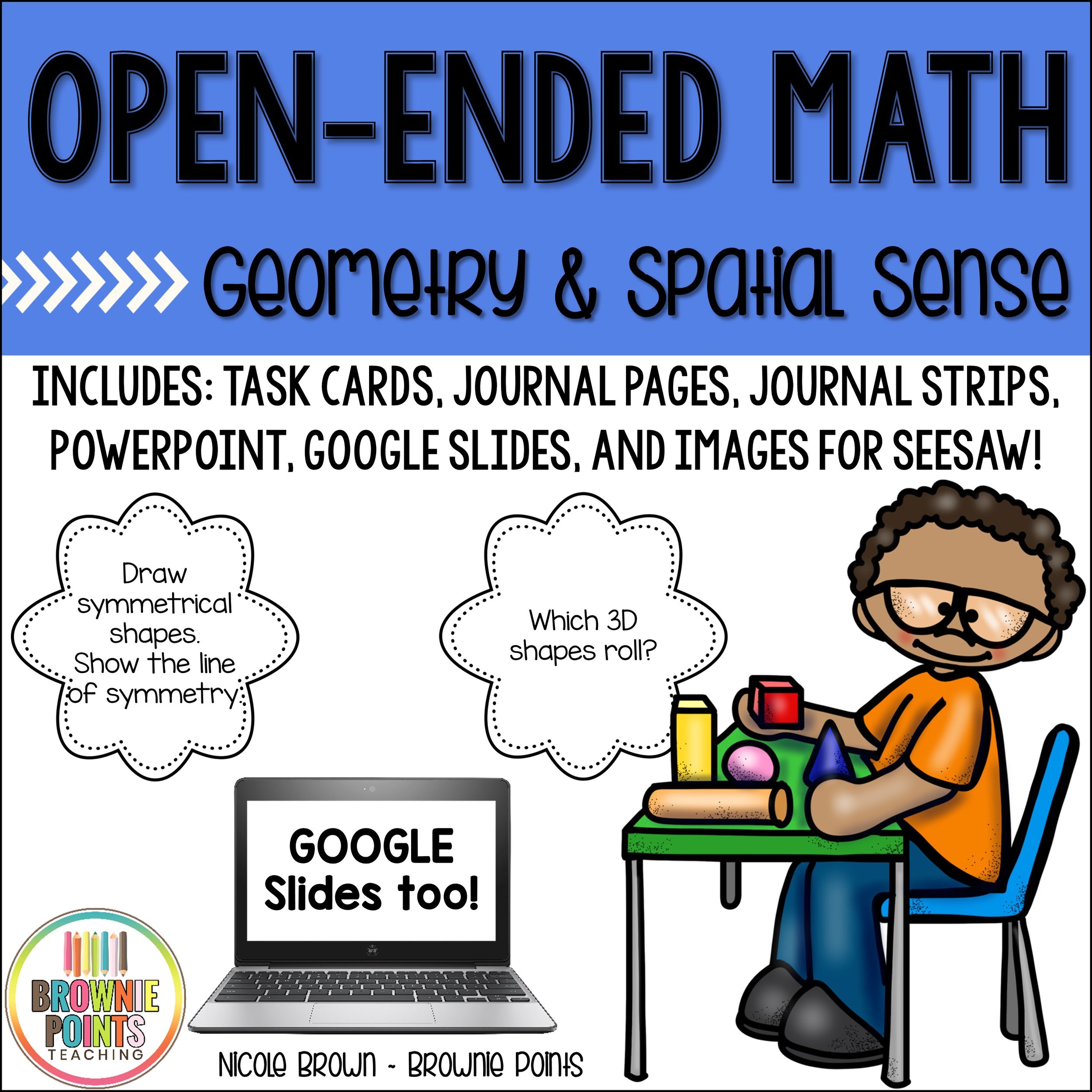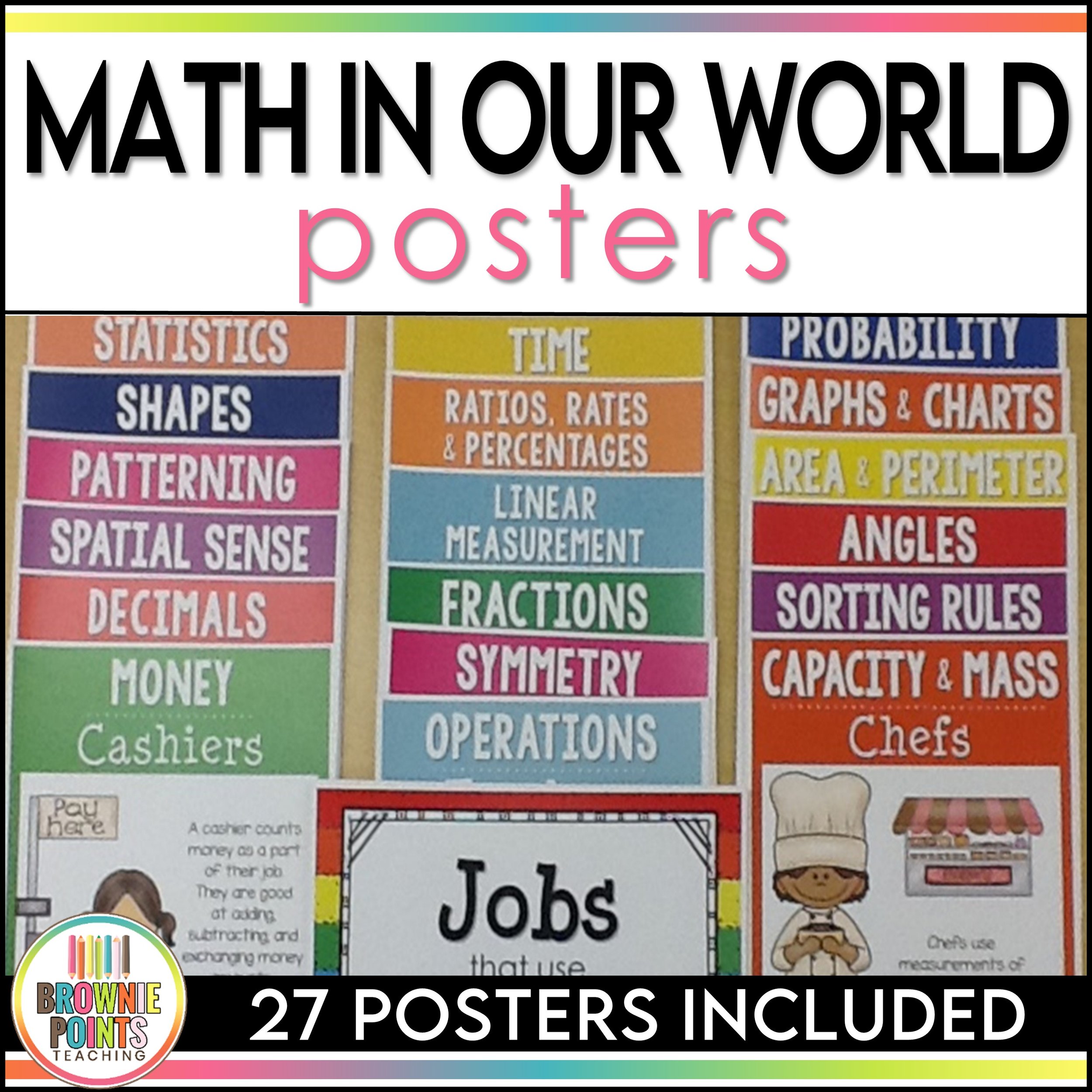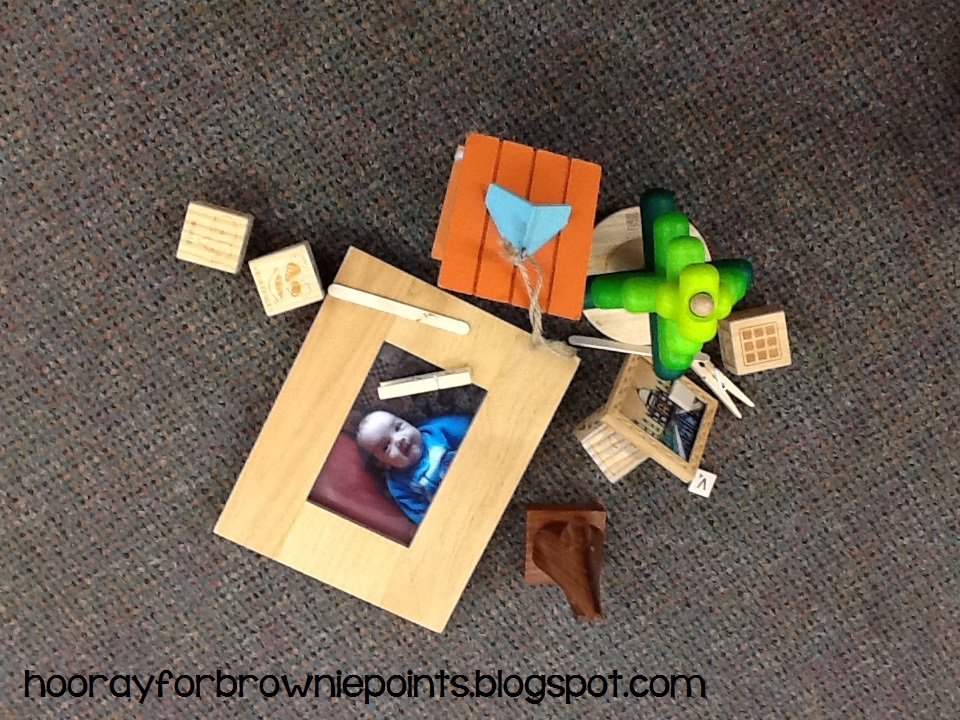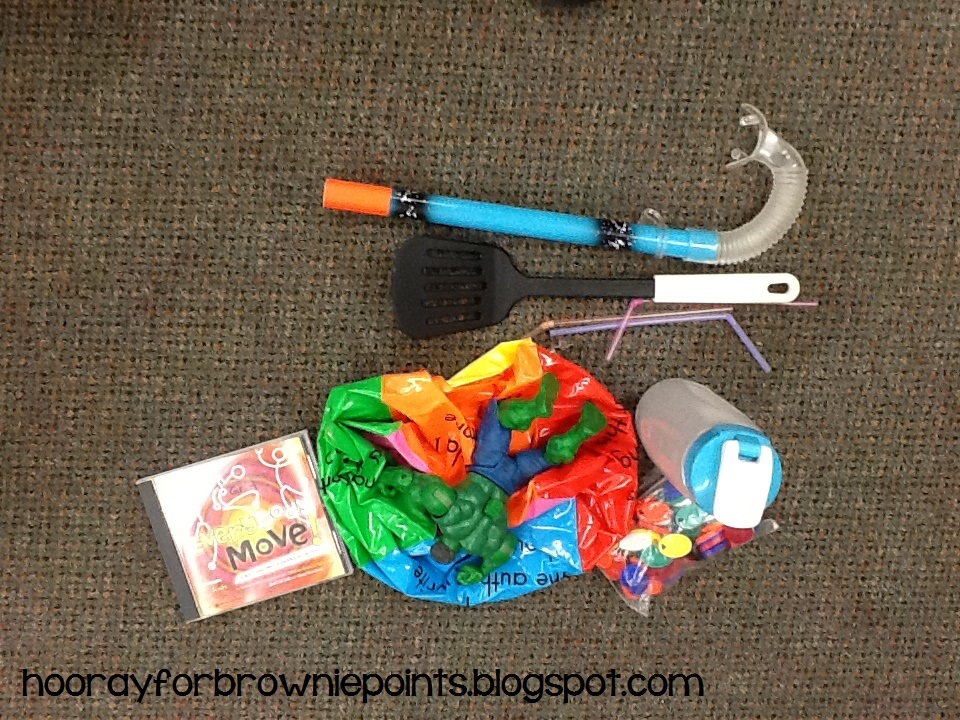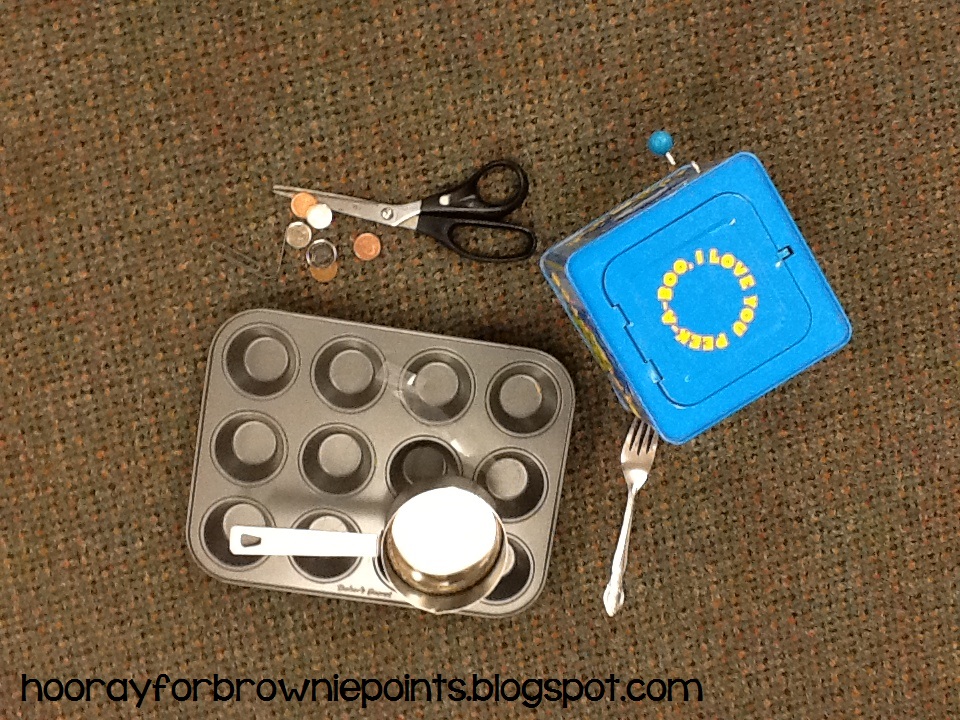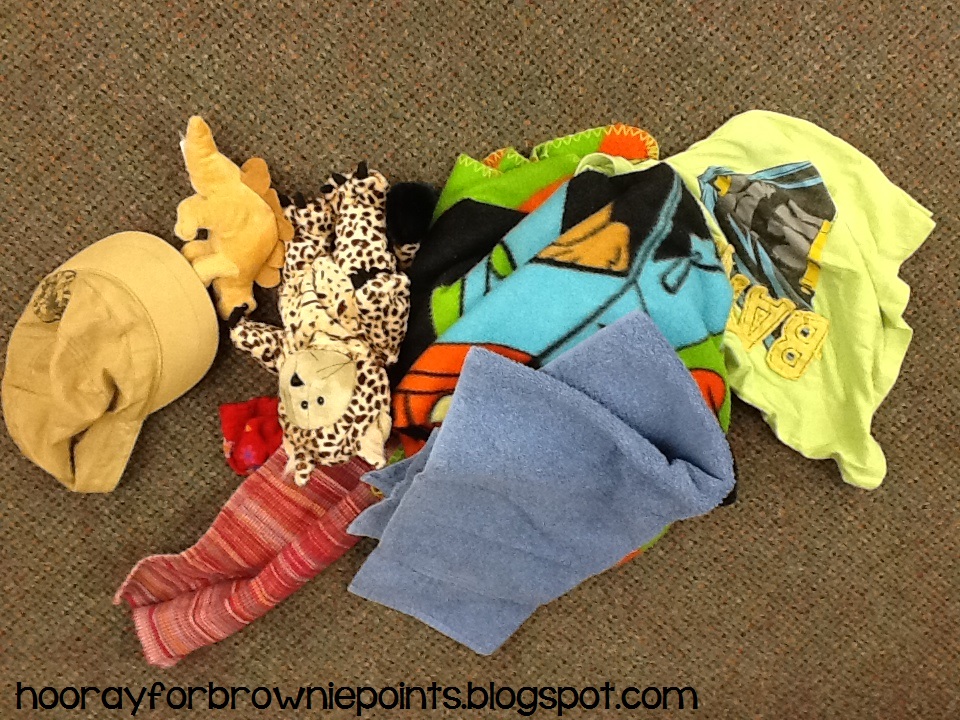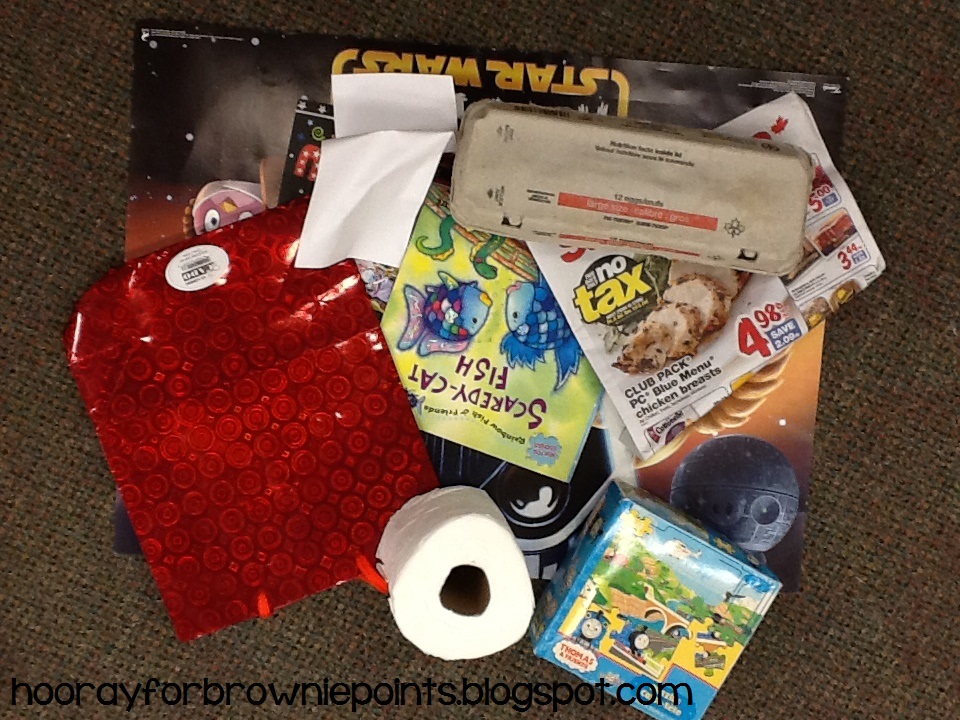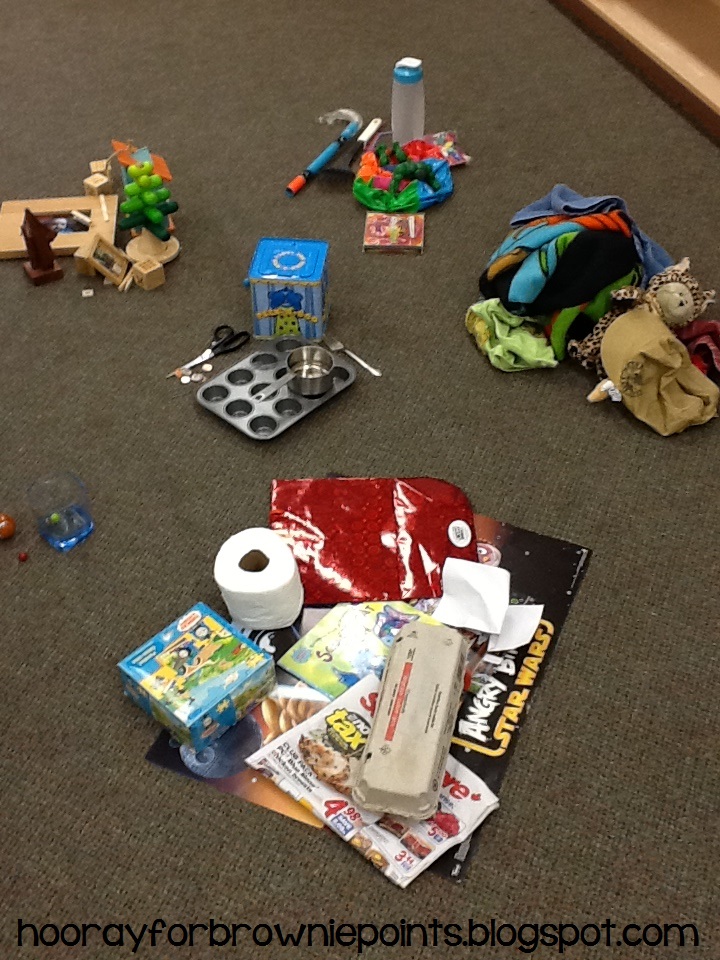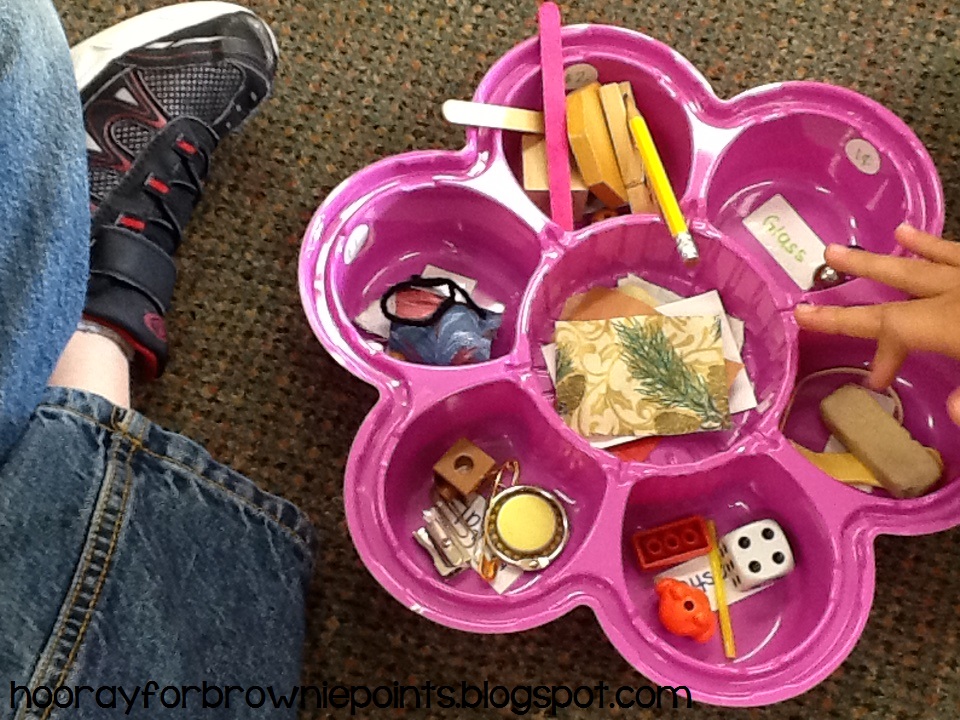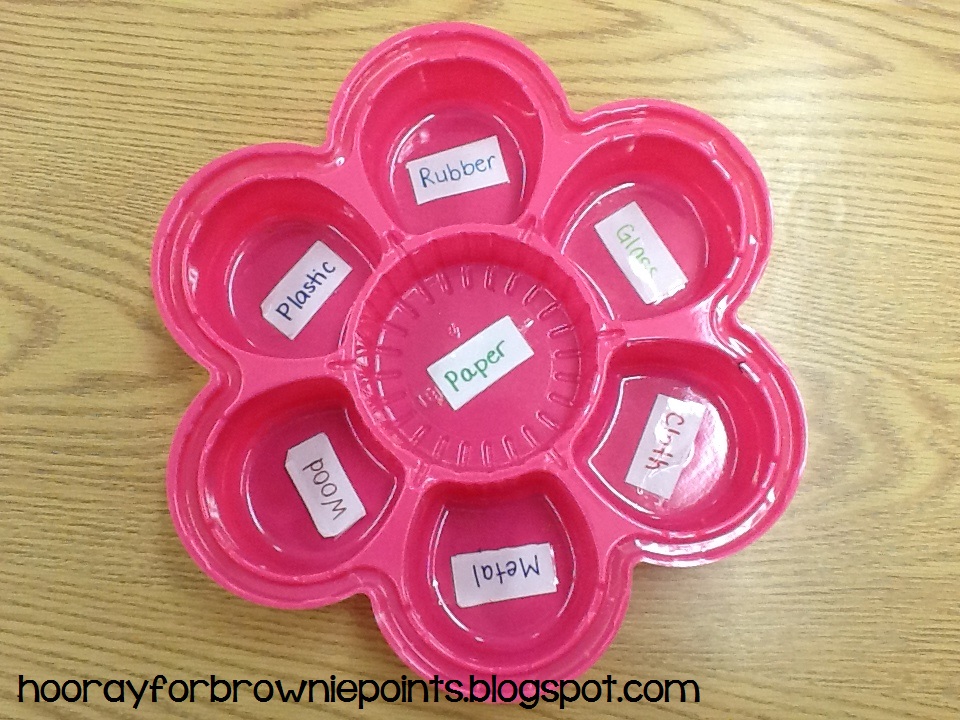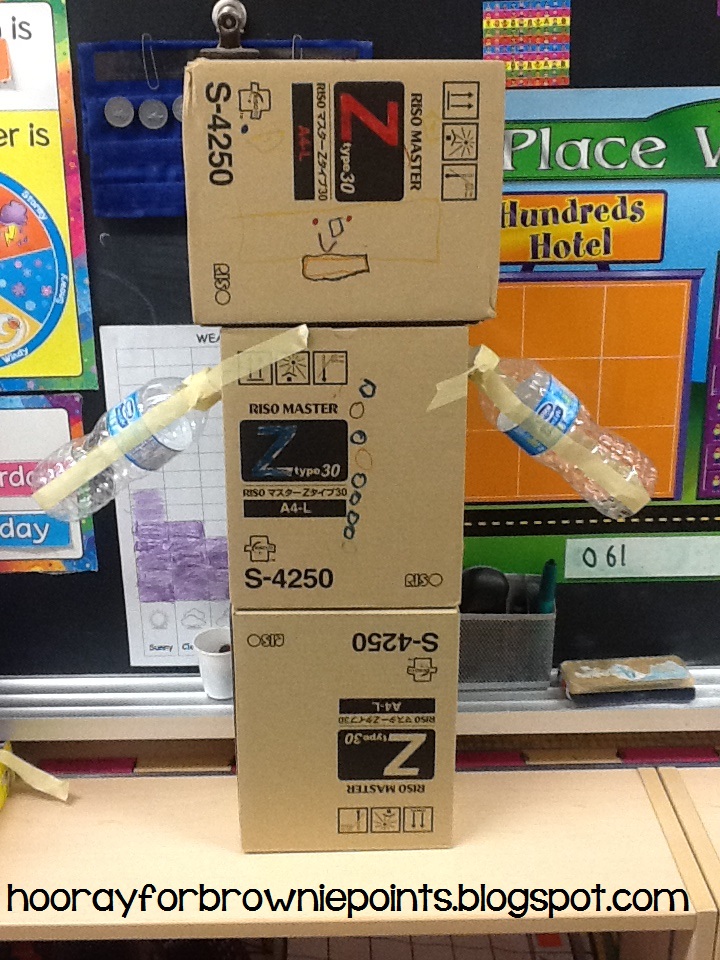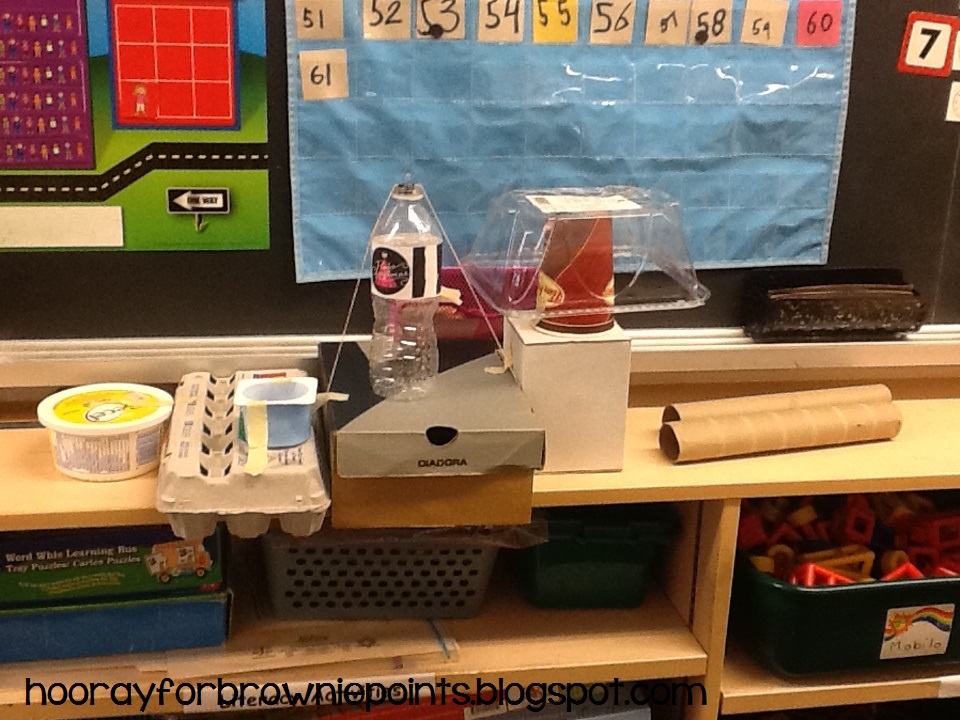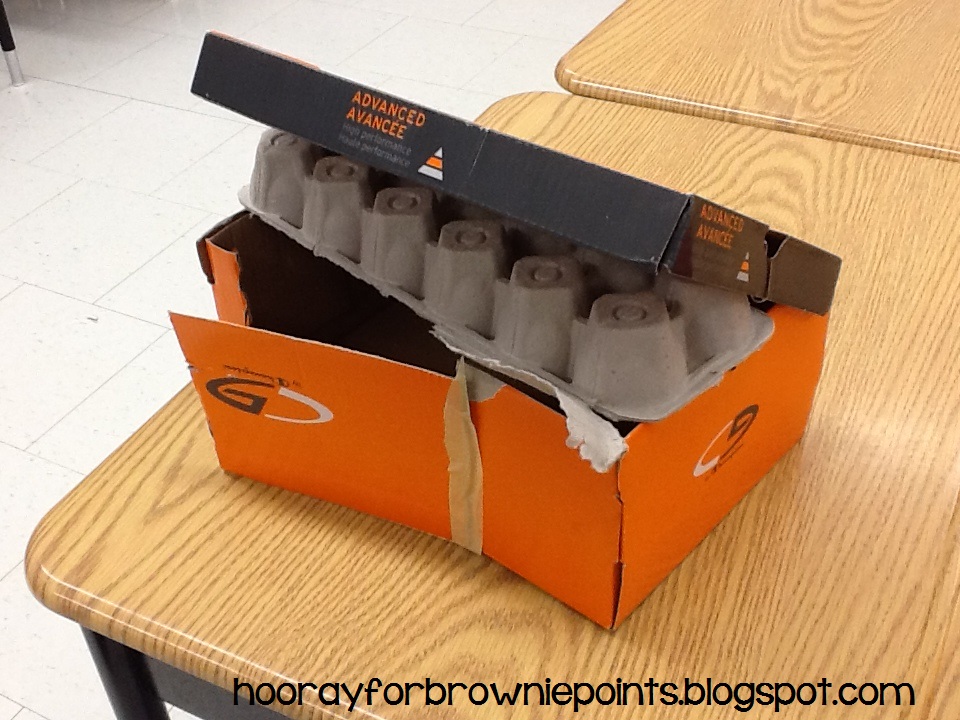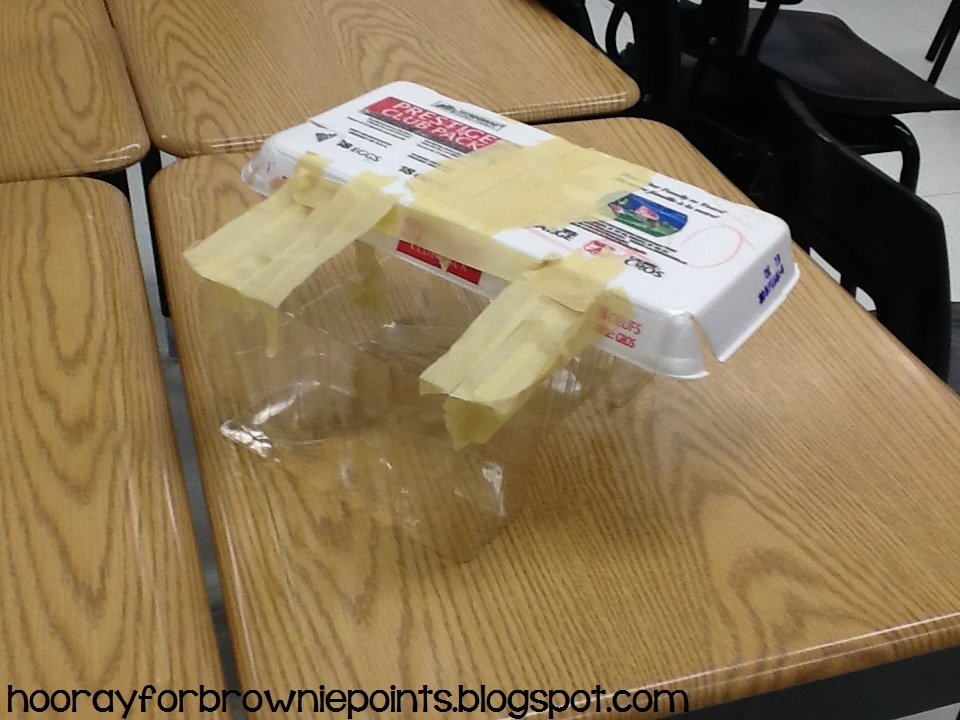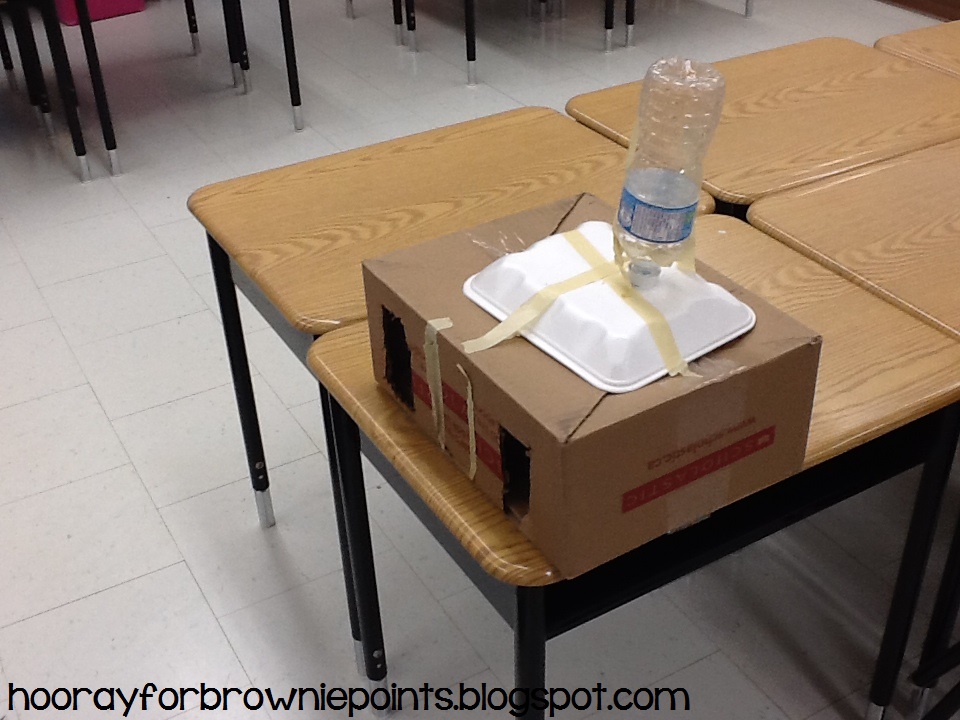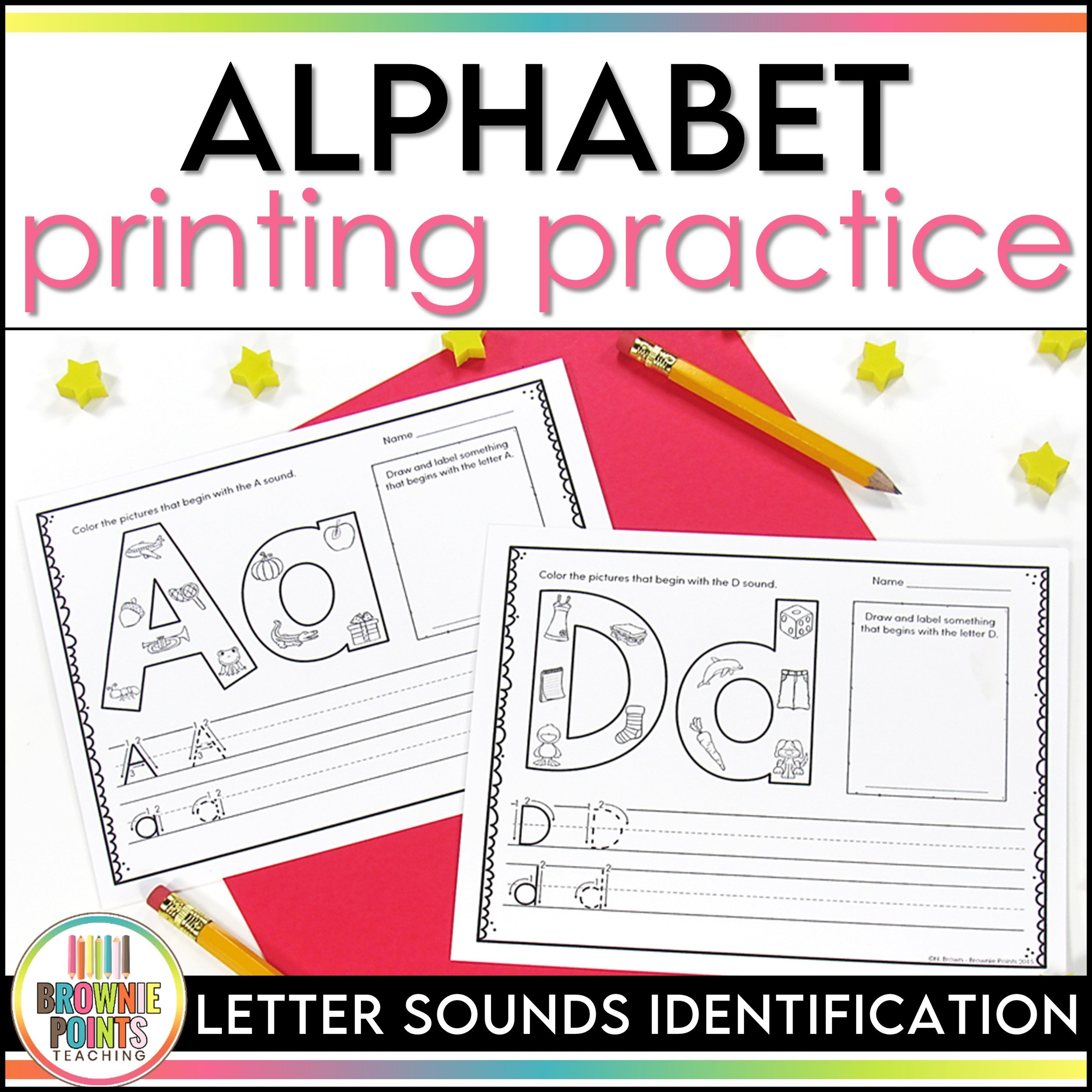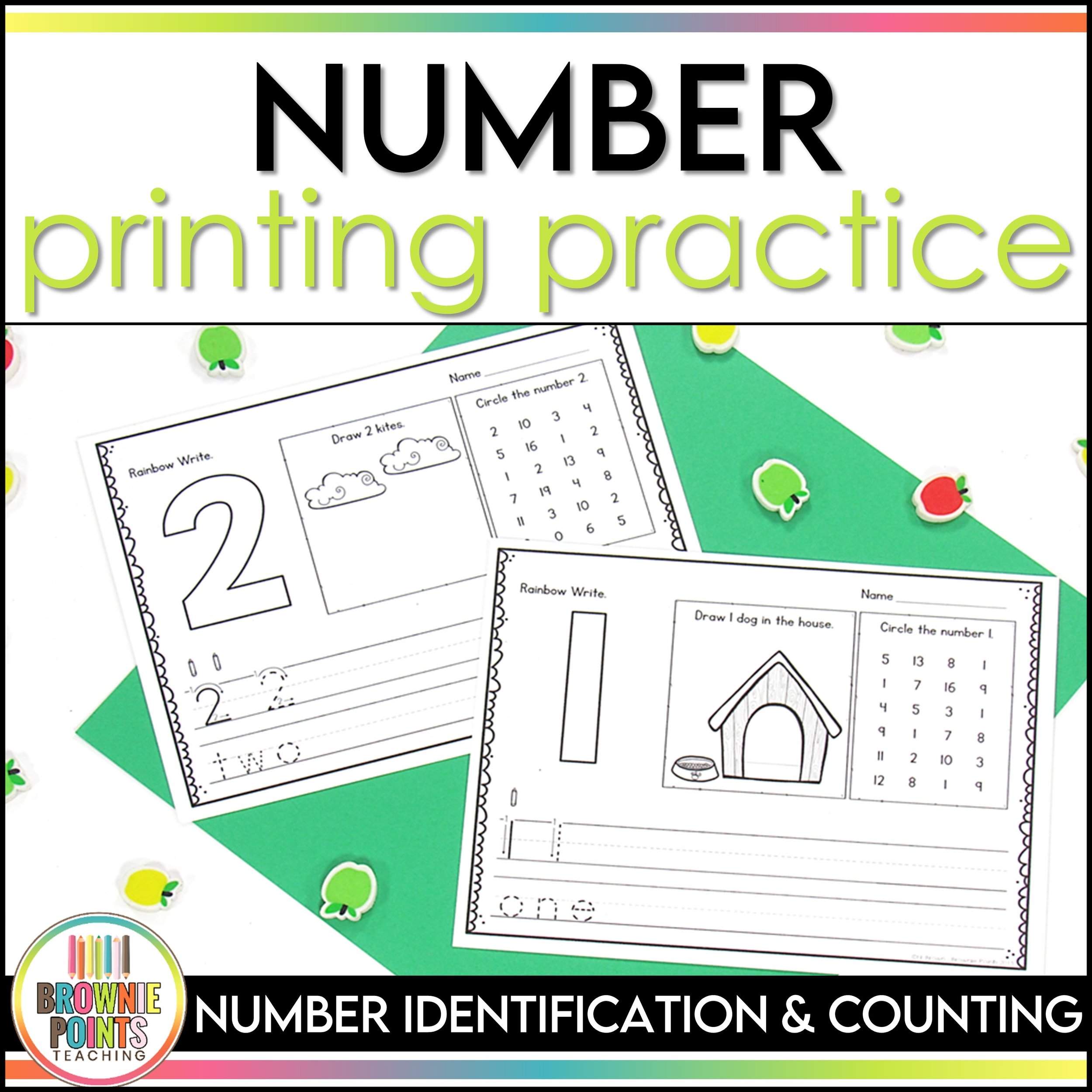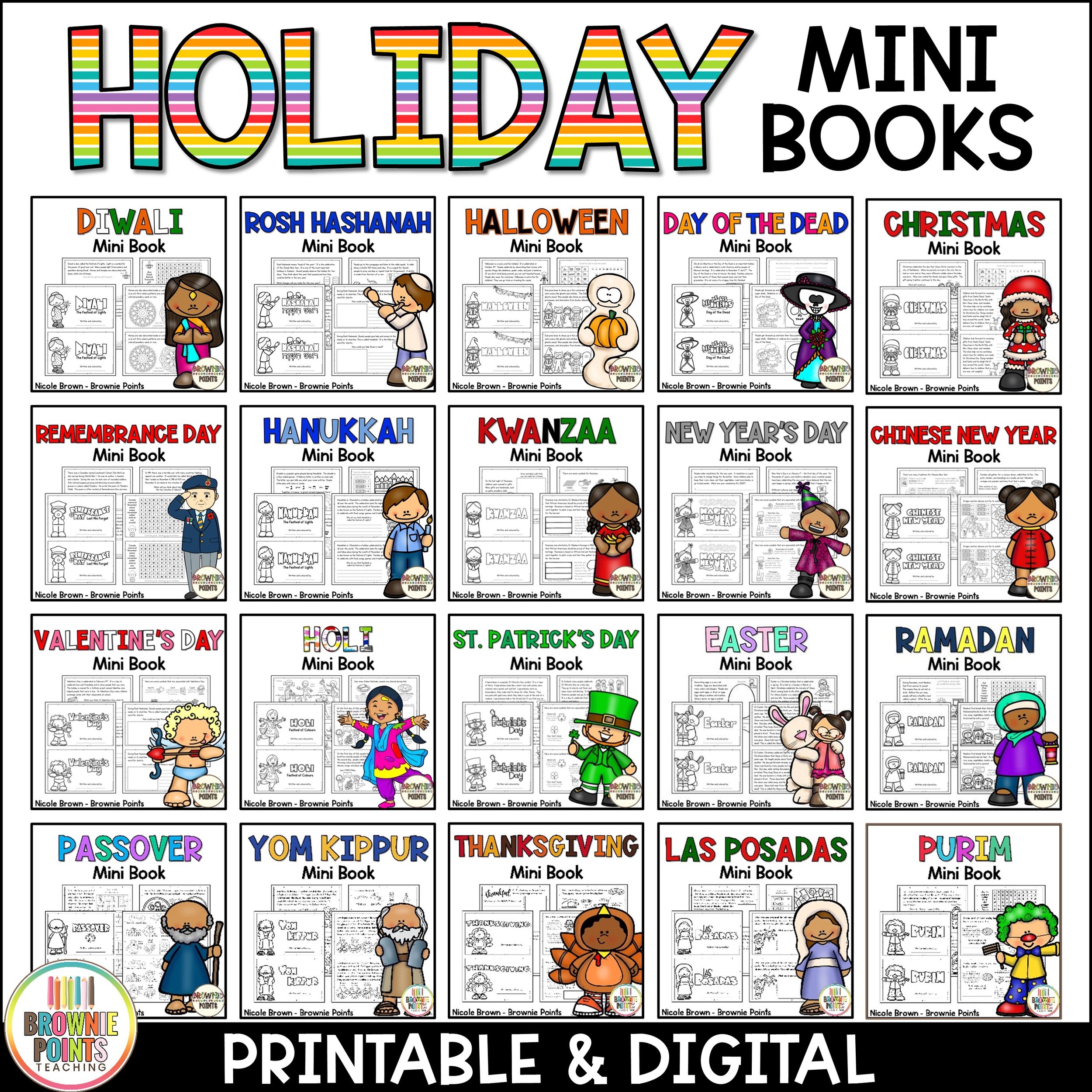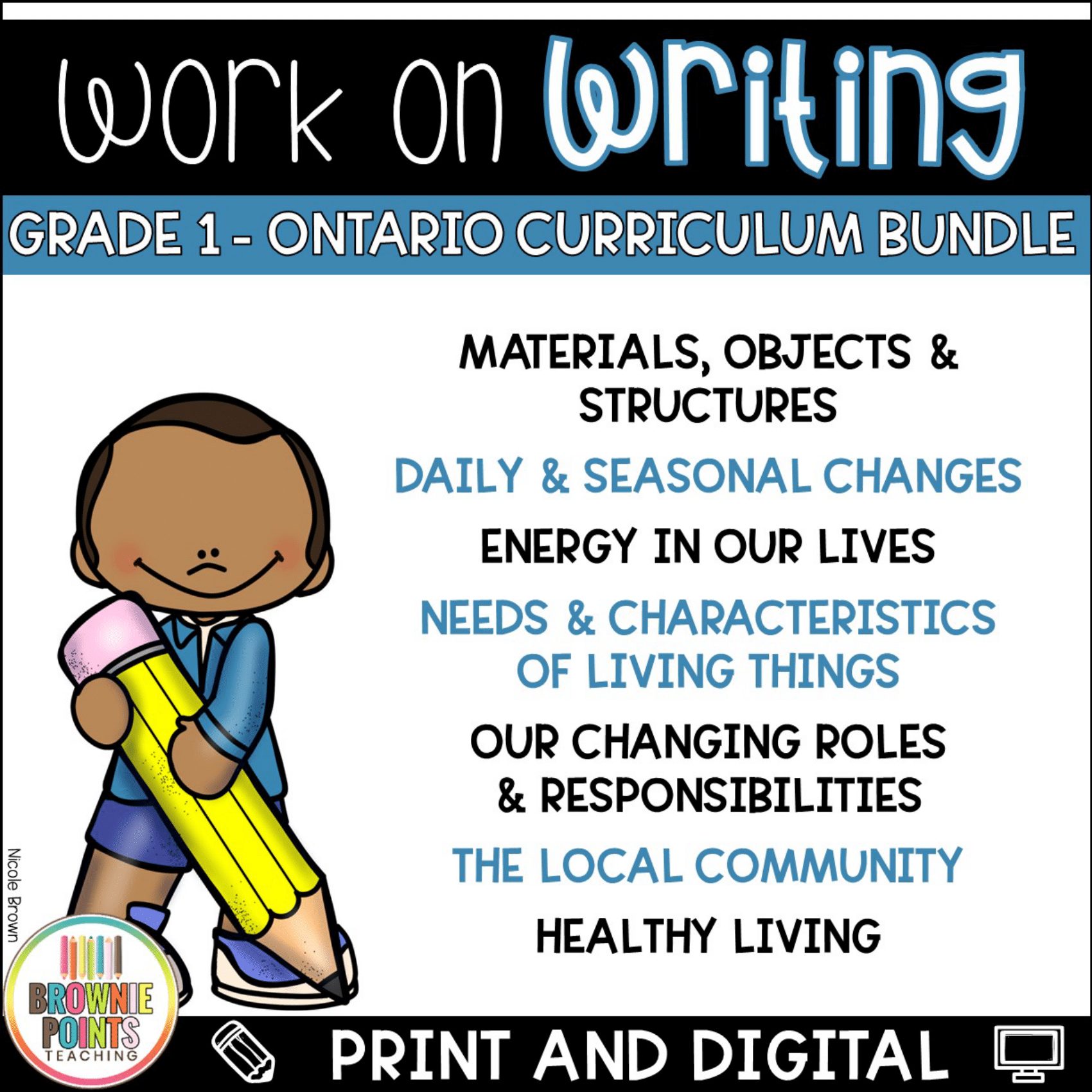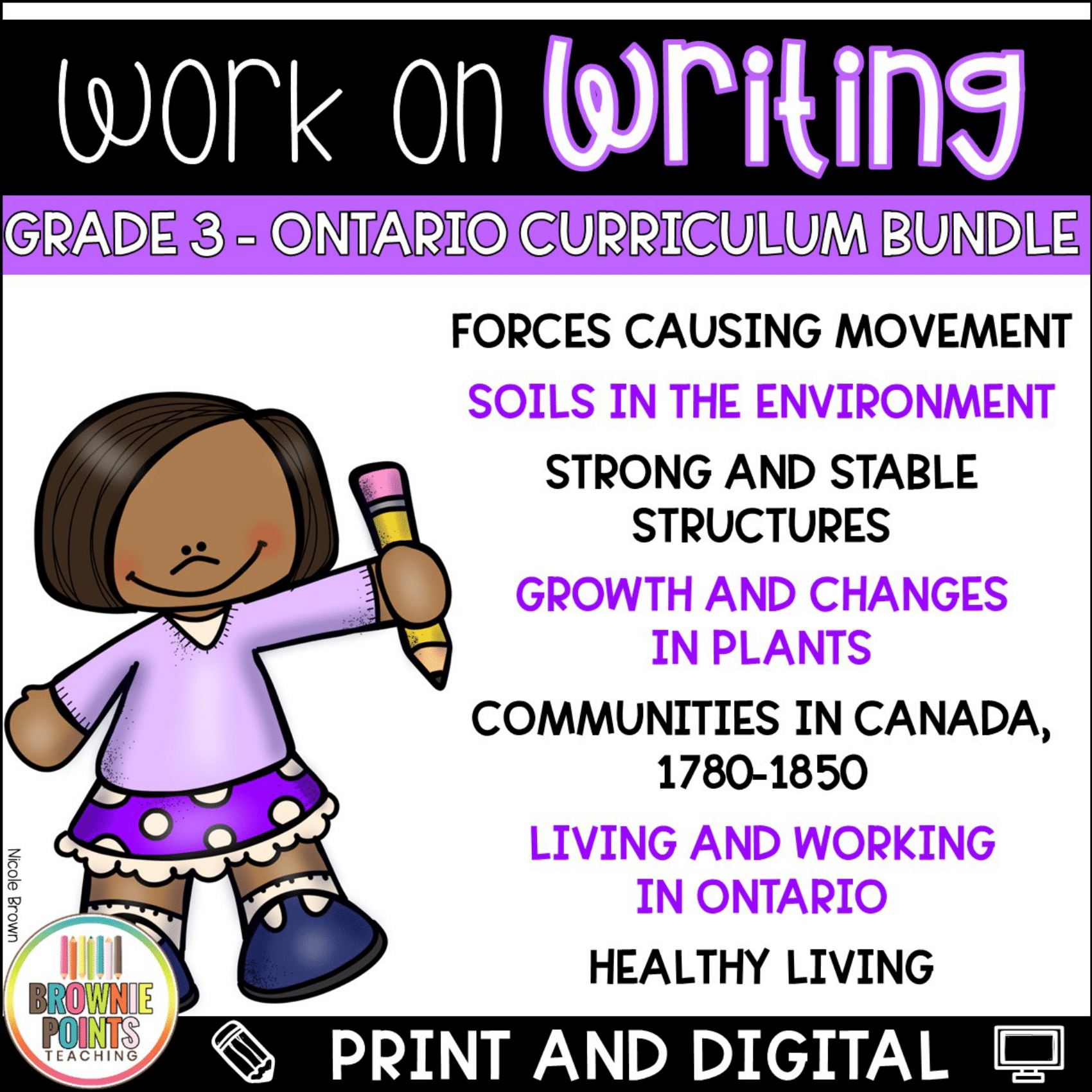Learning About Ancient Africa: Fun Ways to Engage Children
/Have you ever wondered about the incredible kings and queens of ancient Africa? Imagine stepping back in time to explore the various civilizations that thrived on the continent centuries ago. A continent full of fascinating people, places, and events. Ancient Africa is also full of incredible stories and achievements! Discover engaging ways for kids to learn about the exciting history and cultures of Africa long ago.
This post contains affiliate links.
Books about Ancient Africa
Our Story Starts in Africa
Author: Patrice Lawrence
Illustrator: Jeanetta Gonzales
This book follows Paloma's journey to Trinidad. Her Tante Janet shares a story of their family's rich heritage, starting in Africa. Paloma learns about a ruler in the kingdom of Kush, and how African people passed on their history in stories. Paloma also learns about the difficult times of slavery and how her ancestors built a strong community in the Caribbean. Note: this book discusses Ancient Africa briefly.
The Amazing Zoe: A Queen Like Me!
Author: Valene Campbell
Illustrator: Arooba Bilal
Zoe and her friend Kaitlyn love to play dress-up. When Kaitlyn declares that Zoe can’t play the role of a princess because she’s never seen a princess that looks like Zoe, Zoe is devastated. She runs home and informs her parents who then share with her a number of African princesses and queens.
African Icons: Ten People Who Shaped History
Author: Tracey Baptiste
Illustrator: Hillary D. Wilson
This is a collection of profiles of kings, queens, inventors, scholars, and visionaries who lived in Africa thousands of years ago and changed the continent and the world. Best suited for students in Grades 4+.
Early Civilizations of Africa
Author: Adrienne Shadd
This book is an anthology and part of the Sankofa series. I love that it features a variety of writing/text forms - folk tales, maps, reports, short stories, interviews, poetry, articles, and more. It’s written for grades 4+. If you are an educator, ask your Teacher-Librarian if some of the Sankofa titles could be added to your library. I purchased the series for our K-5 school library.
The following titles are in the Our Ancestories series by Ekiuwa Aire.
“Other” African Kingdoms
Ancient Egypt is a well-known early civilization and this video briefly discusses some of the other African kingdoms - Nubia, Axum, Ghana, Mali, and Zimbabwe.
Ancient Africa Collaborative Poster
Get your students to work together to create a colorful poster with an important message, “Black history didn’t start with slavery.”
It’s a great visual for your bulletin board, door, wall, etc. Students will color, cut out, and assemble the pieces. There are 3 options included - 18 pieces, 24 pieces, and 36 pieces!
It also includes a word search. It’s in my TPT Store and BP Shop.
How to Draw an African Mask
African masks aren't just decorations - they're cultural symbols of tradition and identity within different tribes and societies. They play important roles in ceremonies, storytelling, and spiritual practices, connecting people with their ancestors and spiritual beliefs. The colors, designs, and details all tell stories, creating a deep sense of belonging and pride.
Kids and masks? It's a win-win! Masks spark curiosity about different cultures, history, and storytelling, all through amazing works of art.
Kathy at Art Projects for Kids has an easy-to-follow tutorial for drawing African masks.
Anansi the Spider
Anansi is an Akan folktale character and is well-known in West African, Caribbean, and African American culture. Anansi tales originated in the land now known as Ghana which is in West Africa. In the Akan language, anansi means spider. Anansi is depicted as a spider with a human face, a man that looks like a spider, or simply a man. Stories were shared orally and passed down from generation to generation. Storytellers were held in high esteem in African cultures. I wrote reader’s theater scripts for 3 Anansi stories. They’re in my TPT Store and BP Store (click images).
Schools often teach about slavery when they talk about Black history. But that's only part of the story! Learning about Africa before slavery is important too. It shows children the amazing things Black people achieved in Africa for hundreds of years. They built great cities, created impressive works of art, and had strong kingdoms. Teaching kids this whole story helps them understand Black history is about more than just struggle. It's a story of success too!

